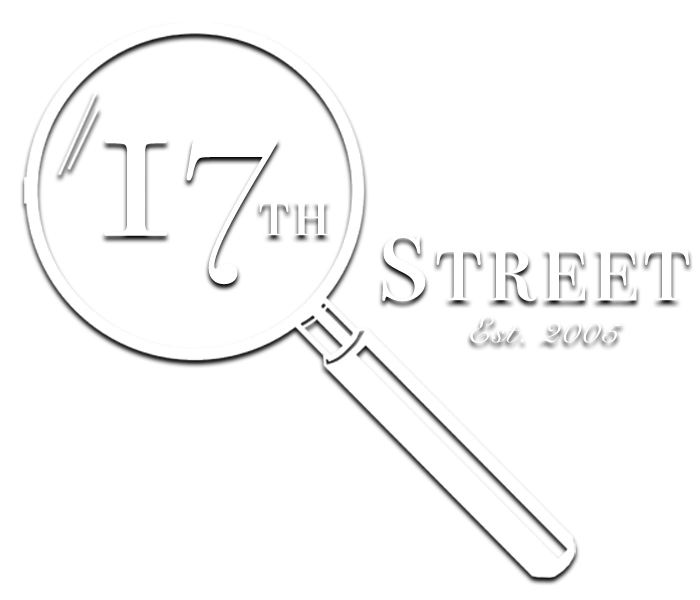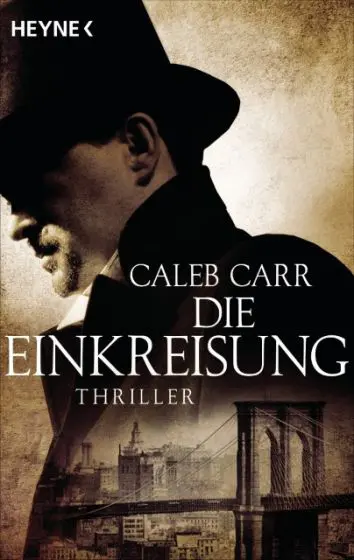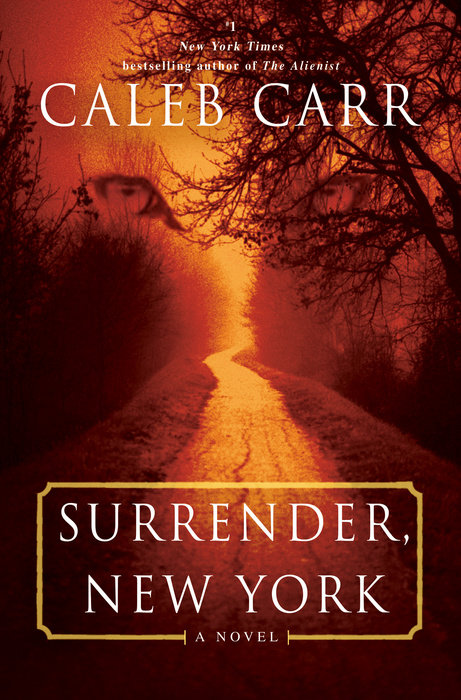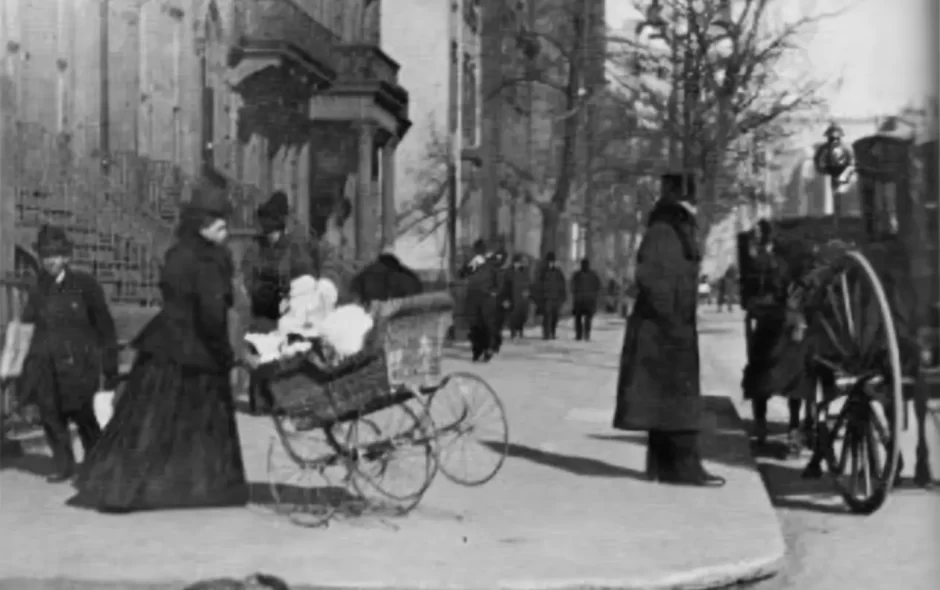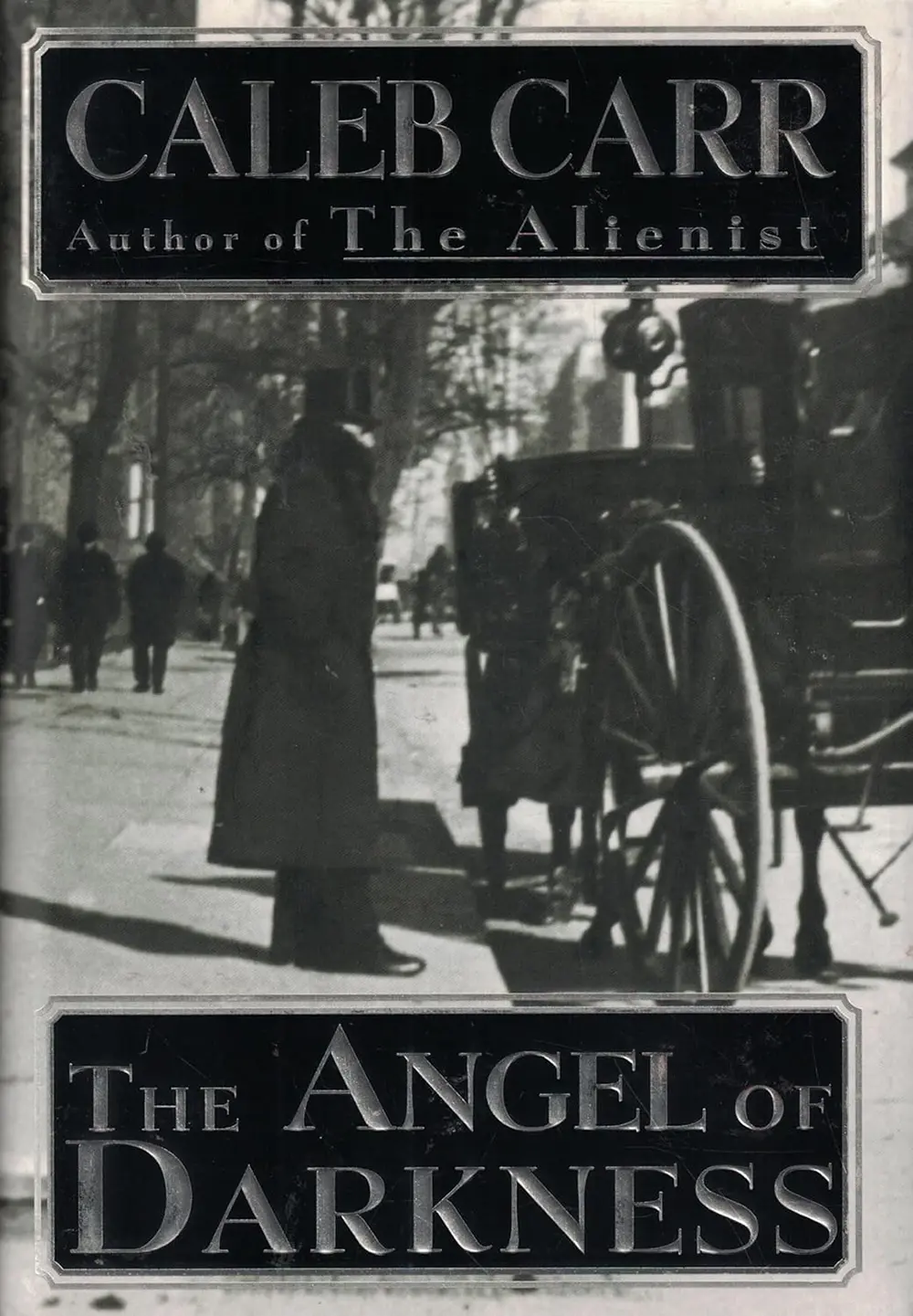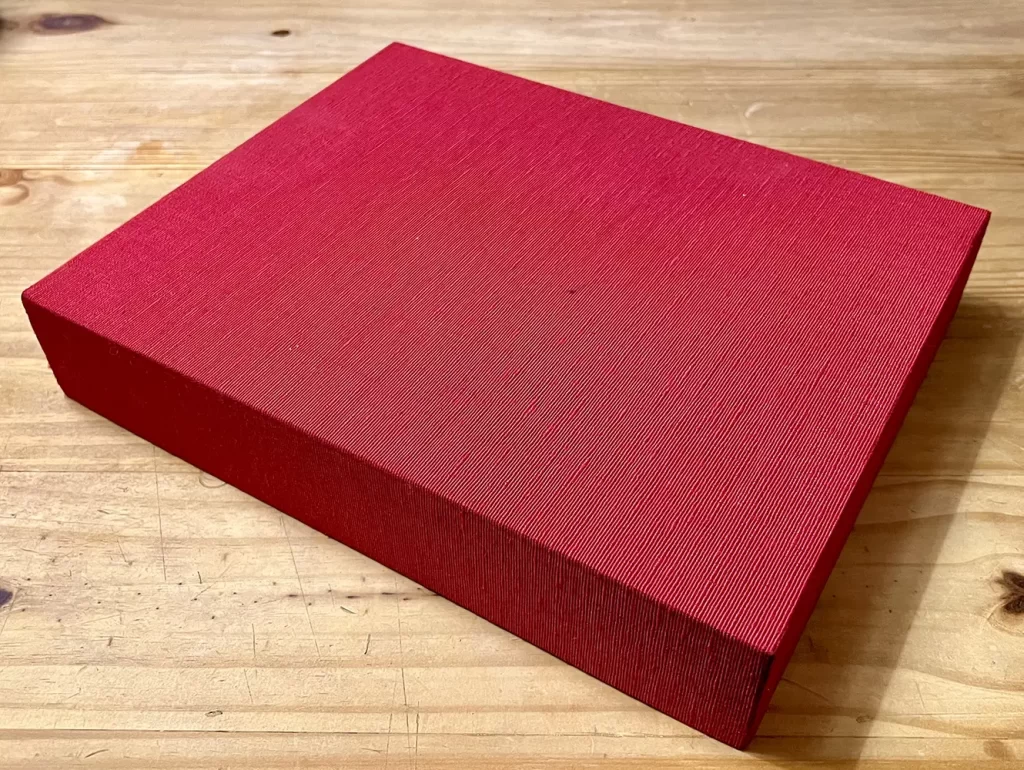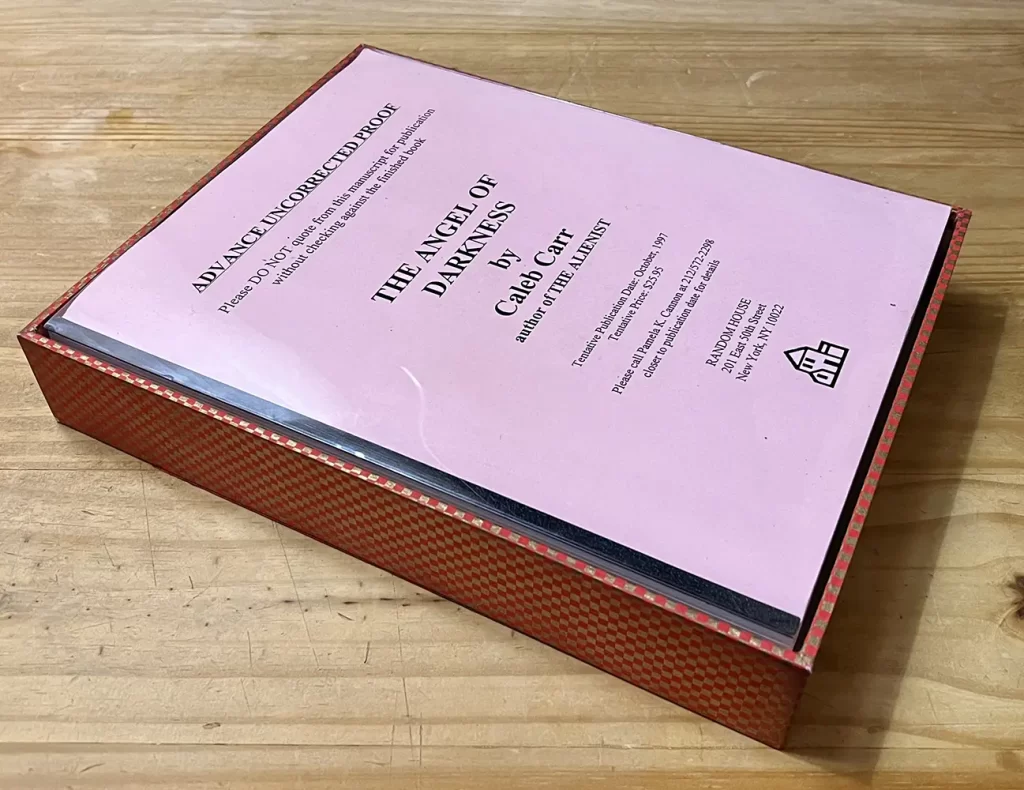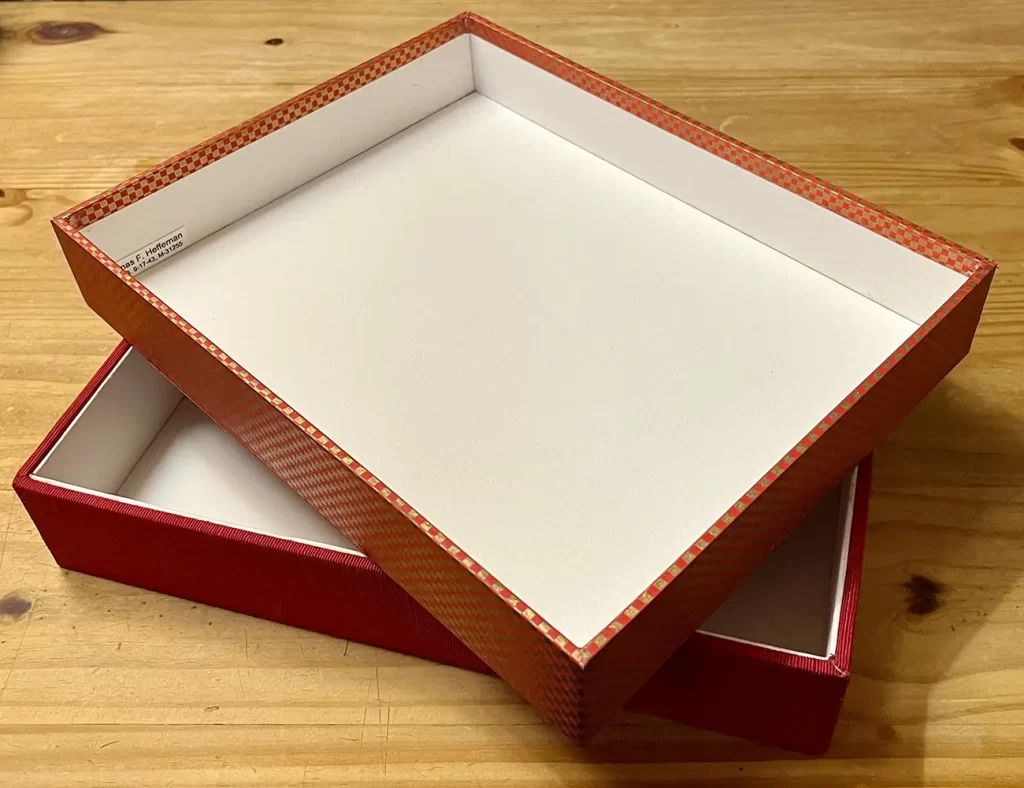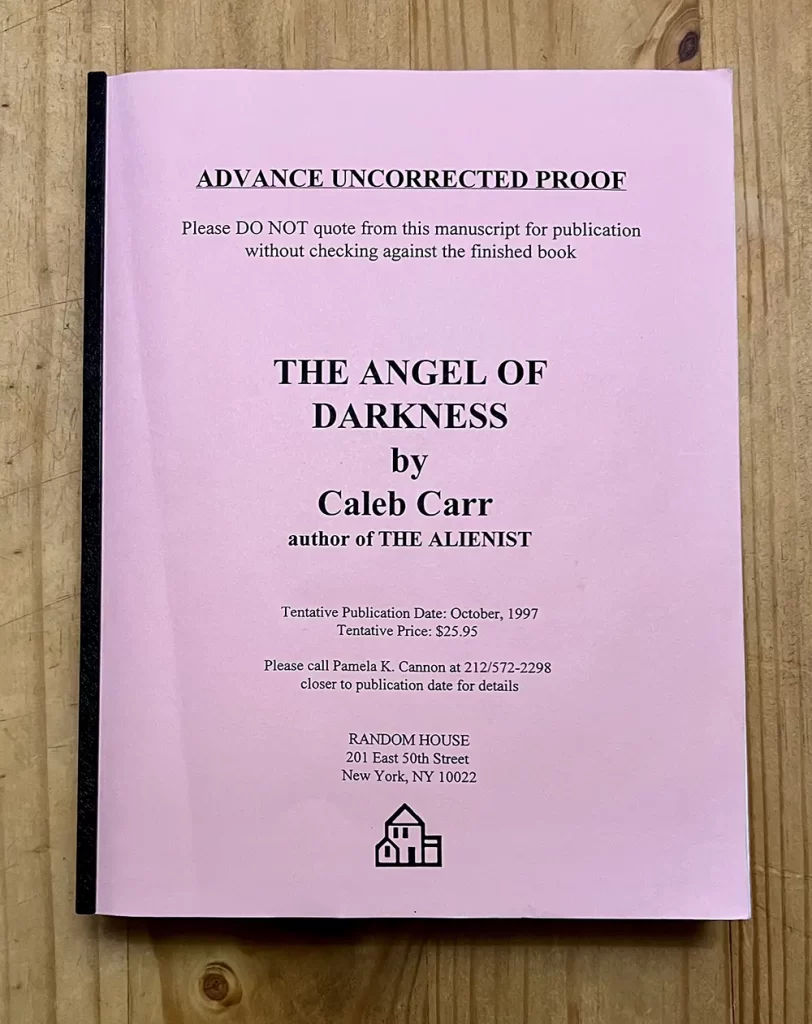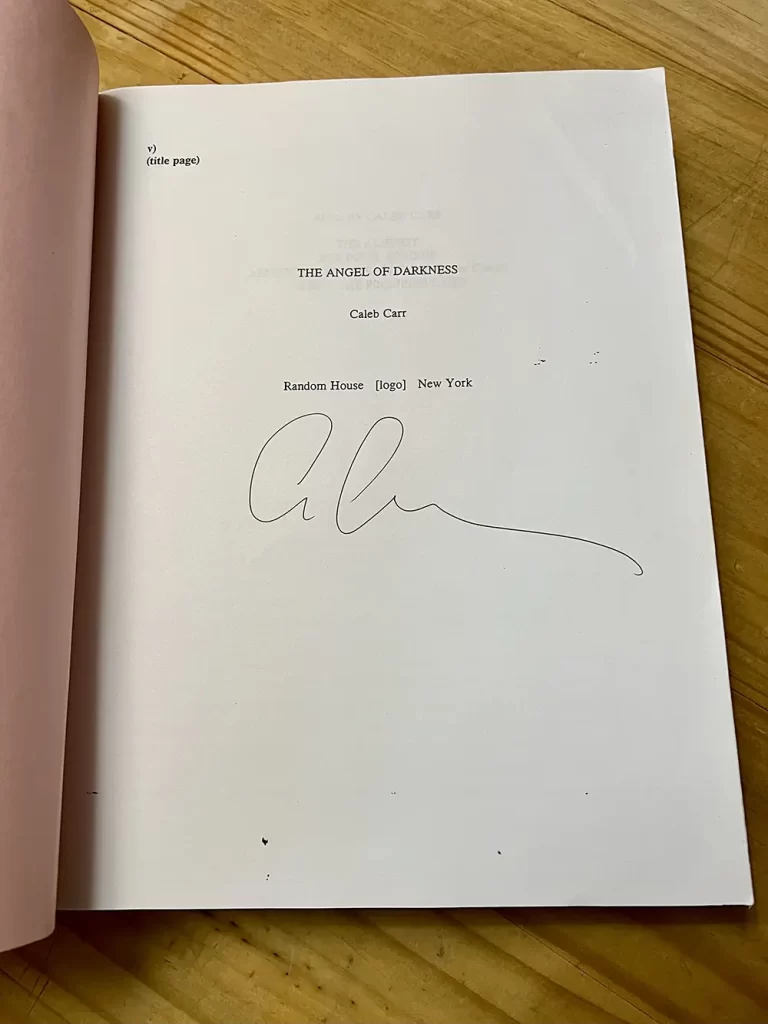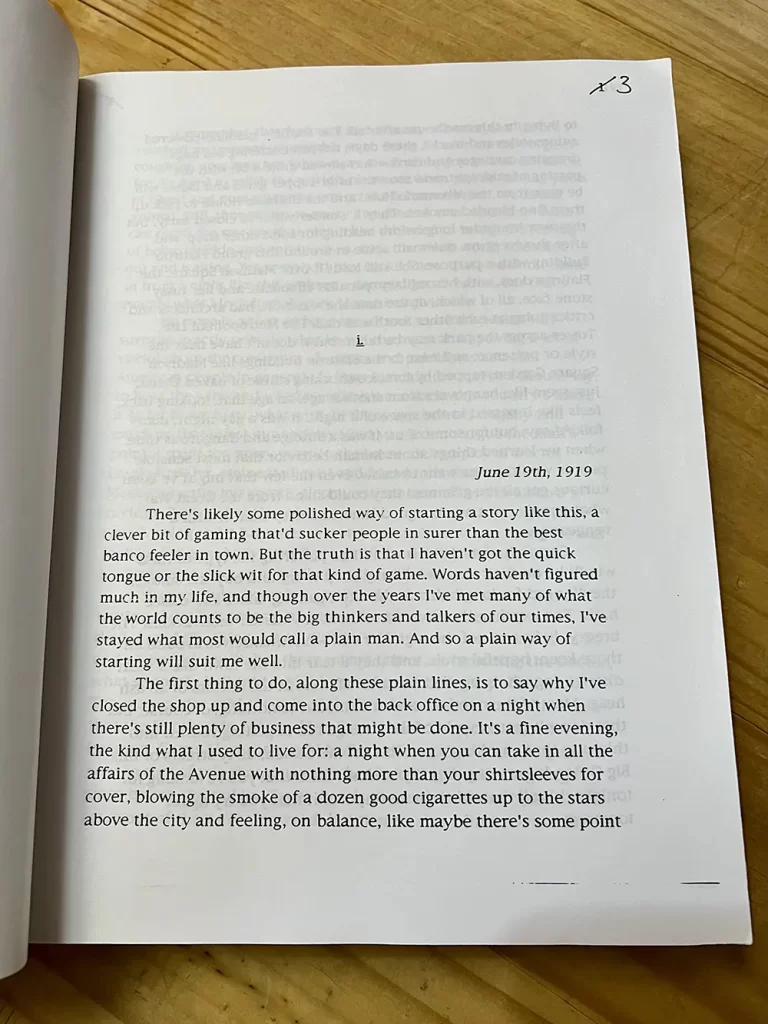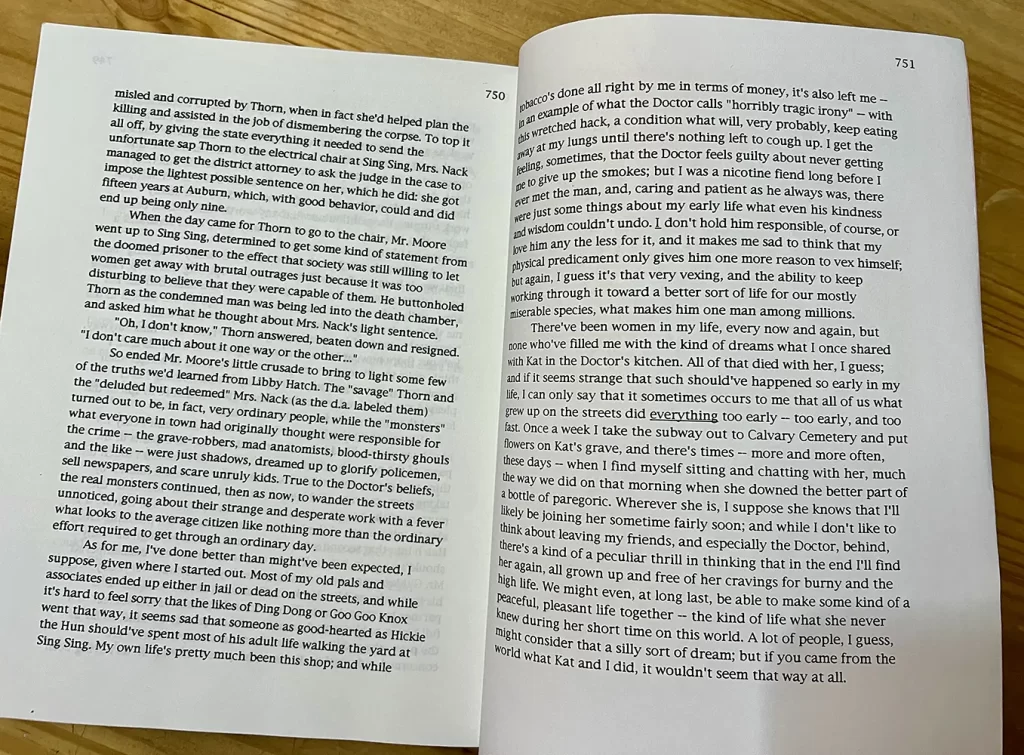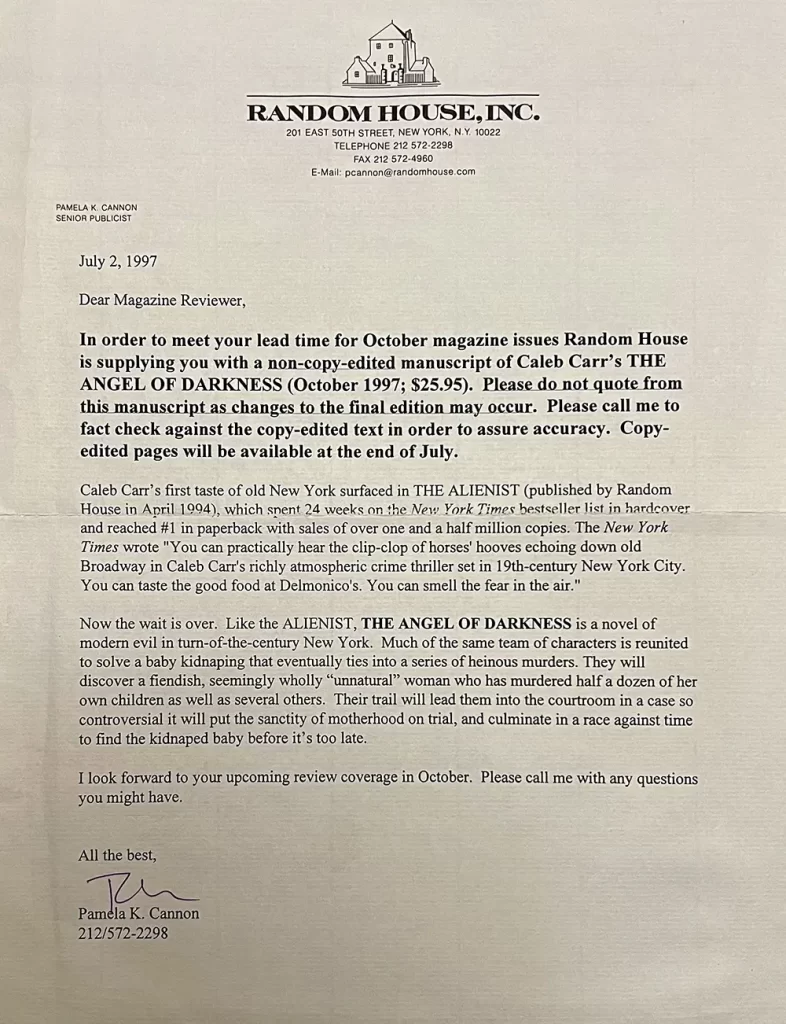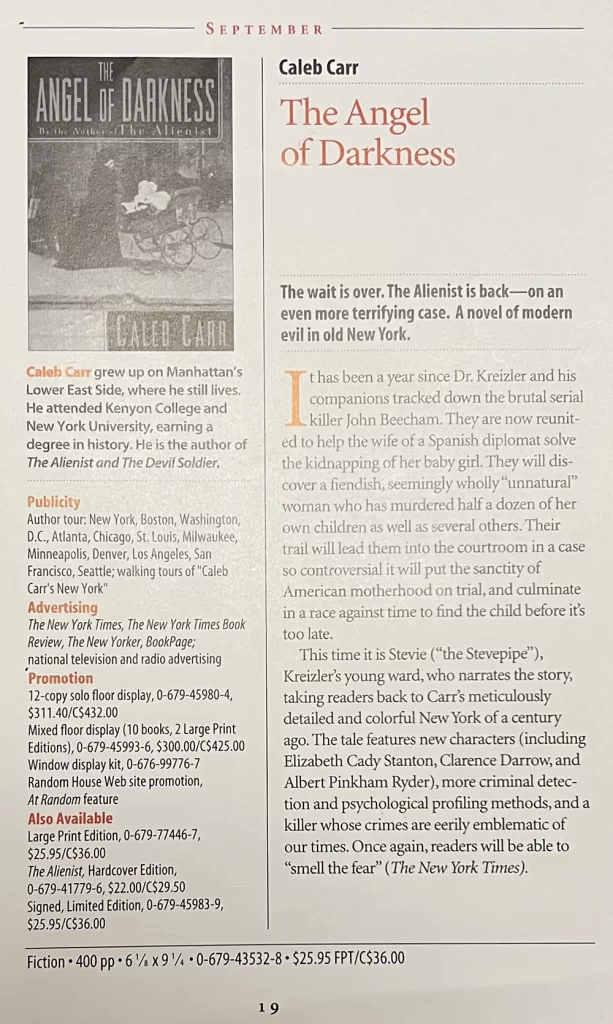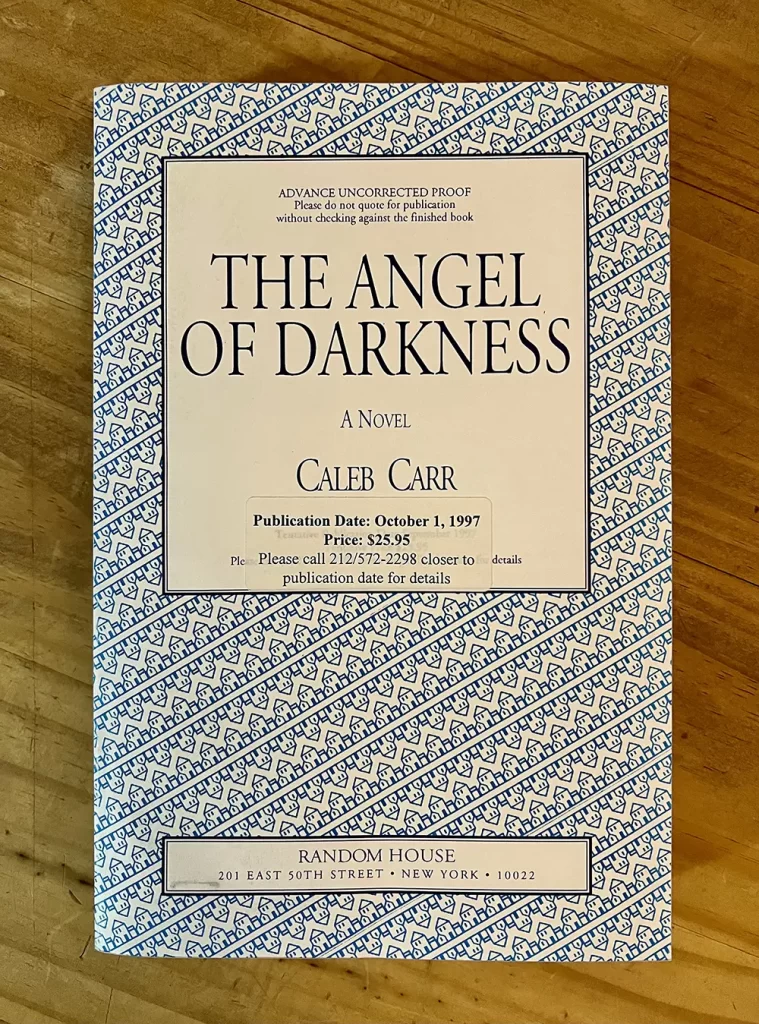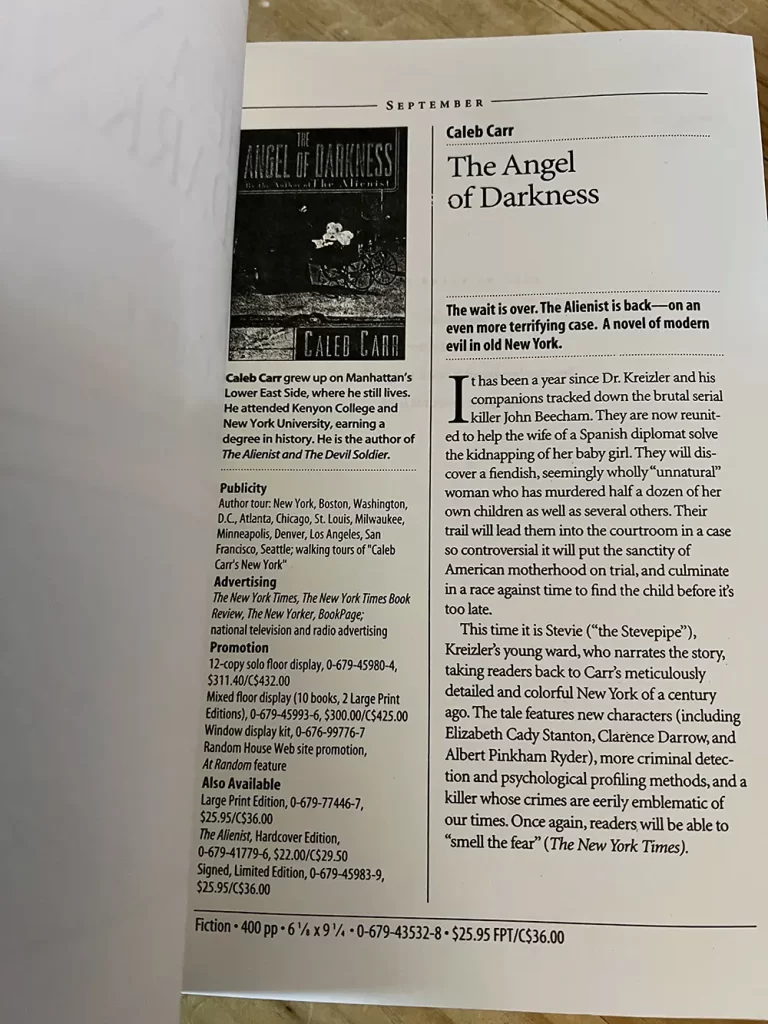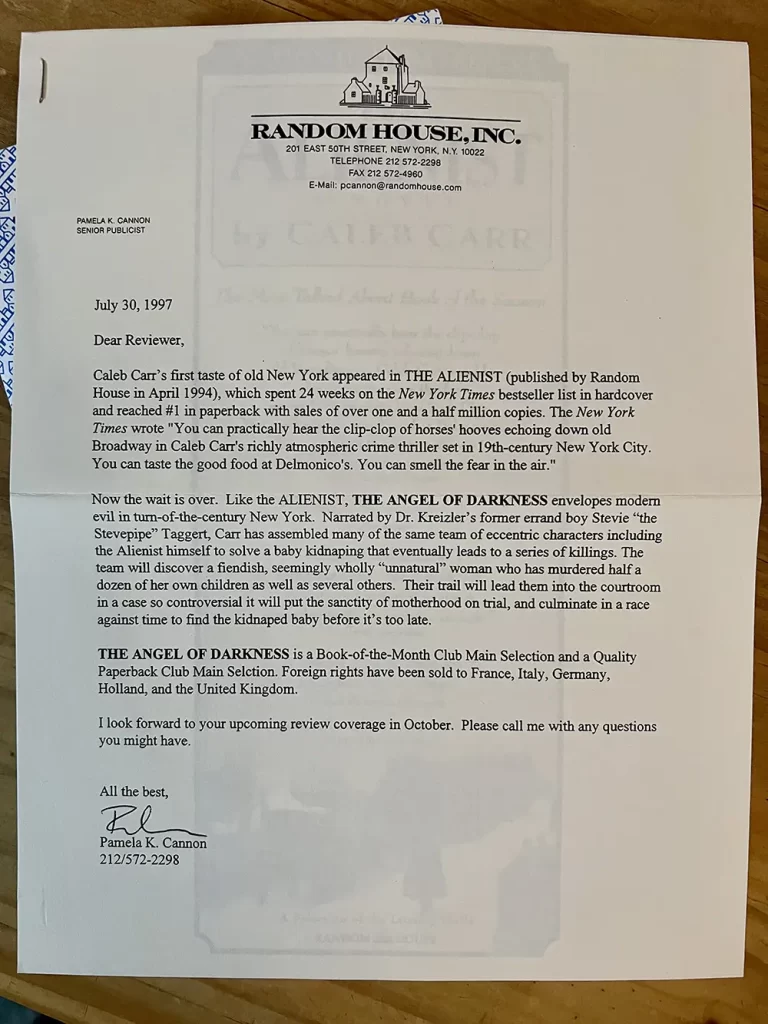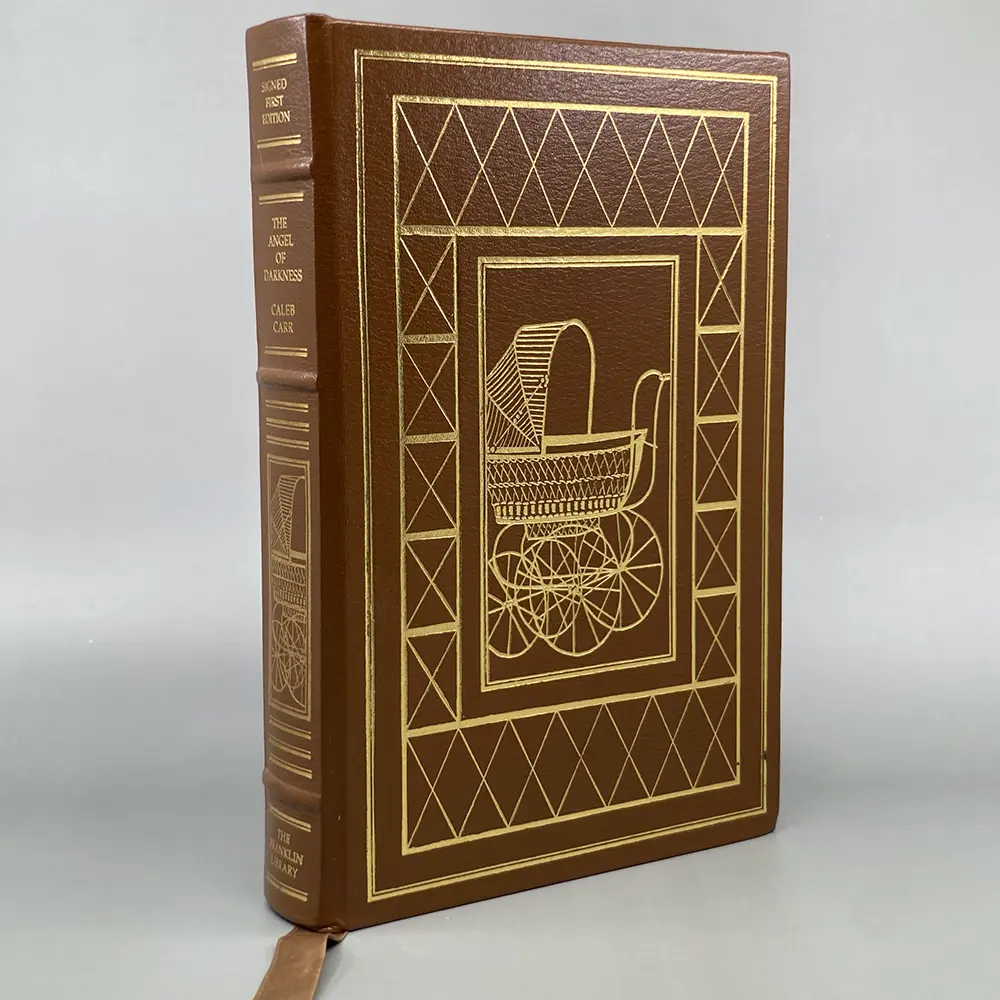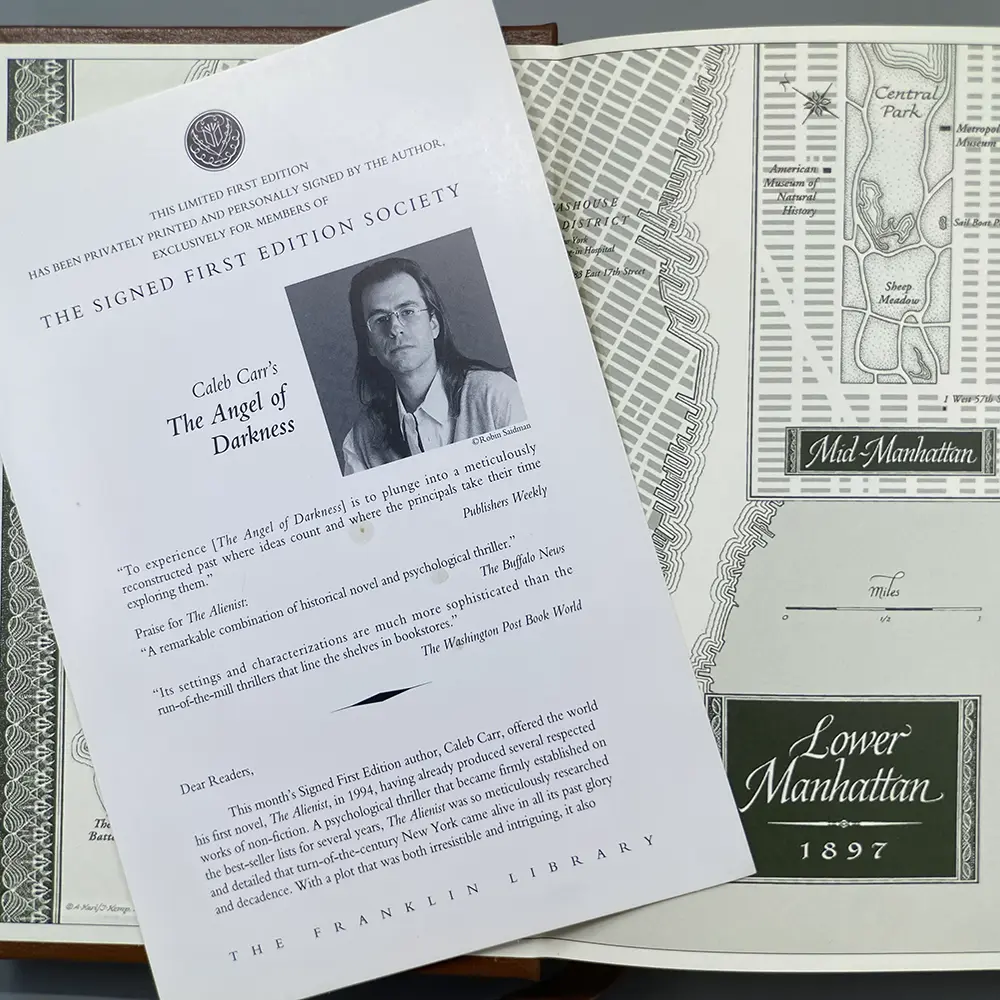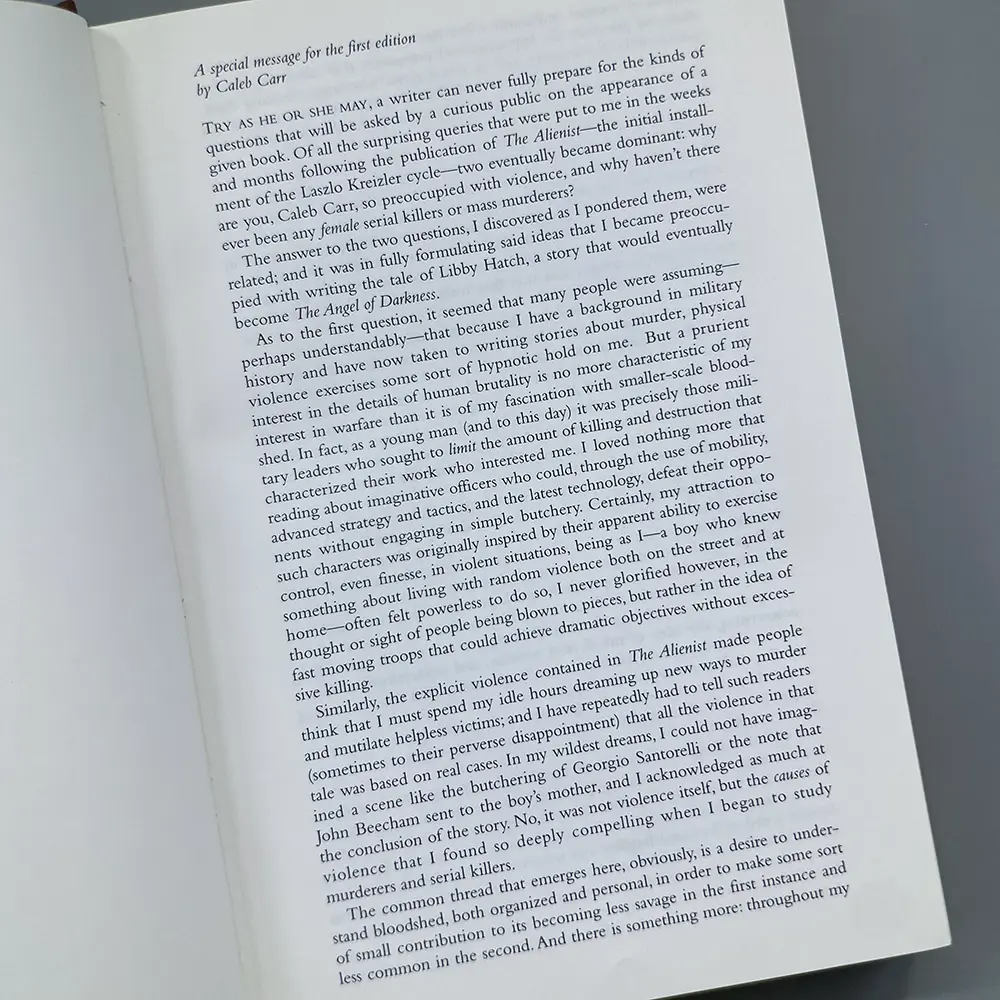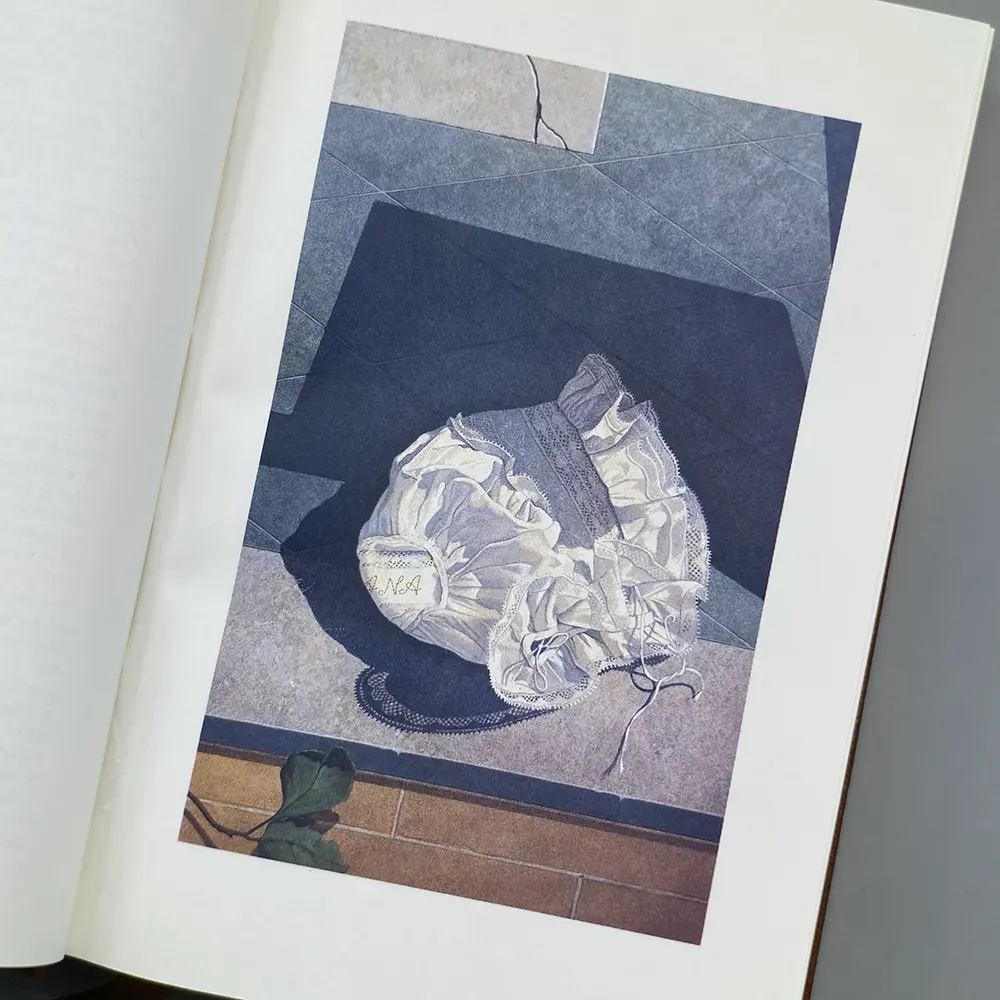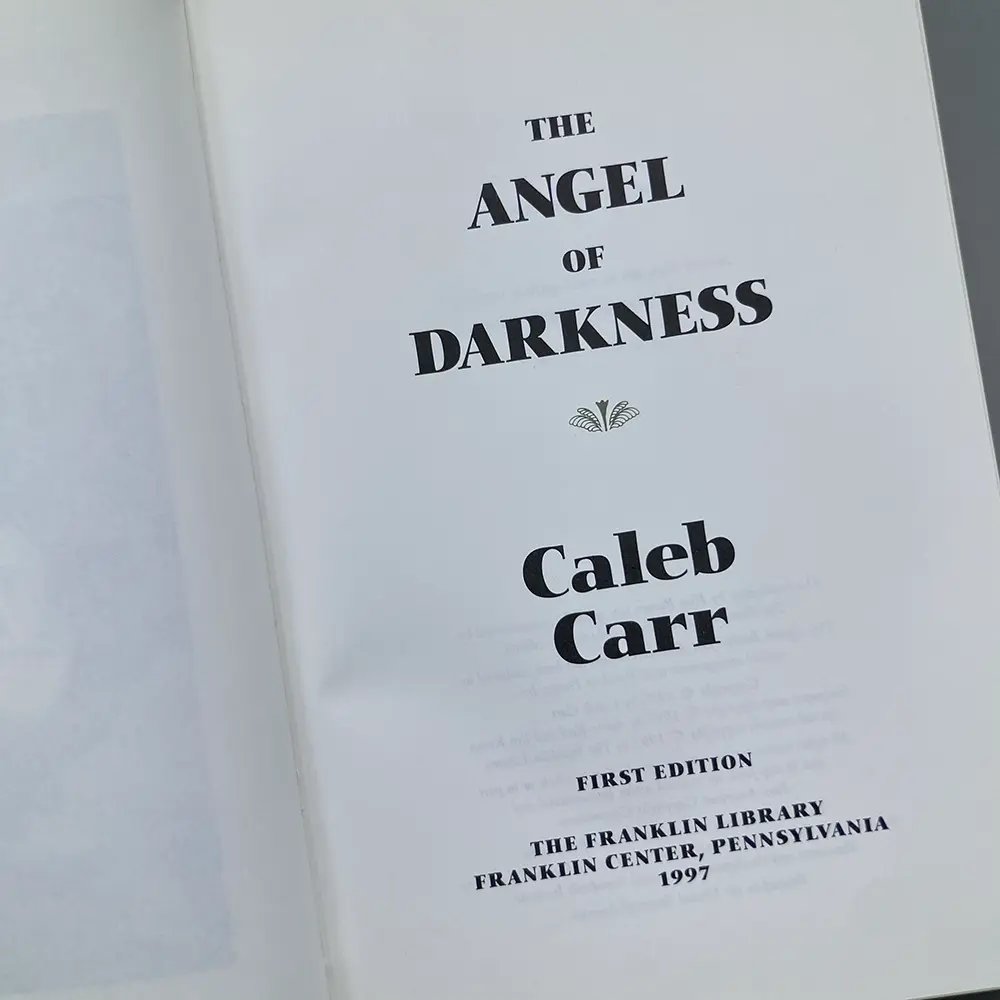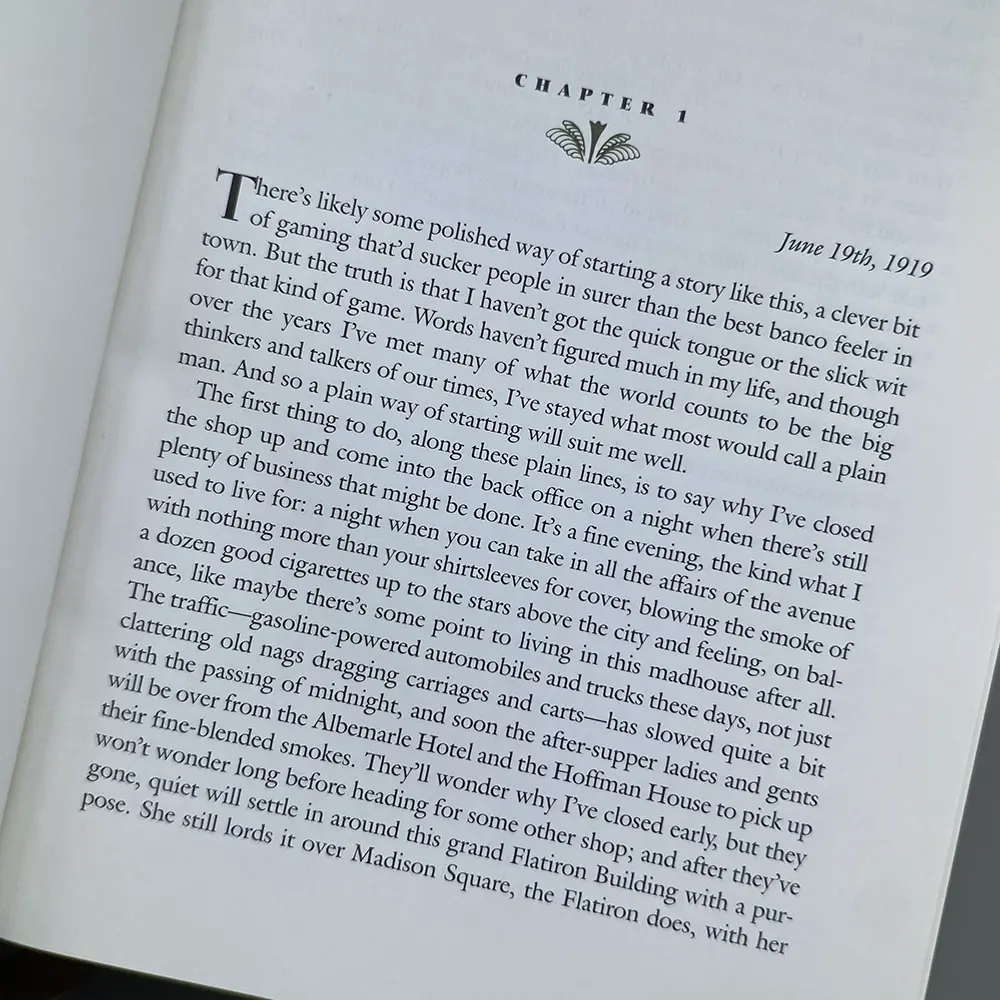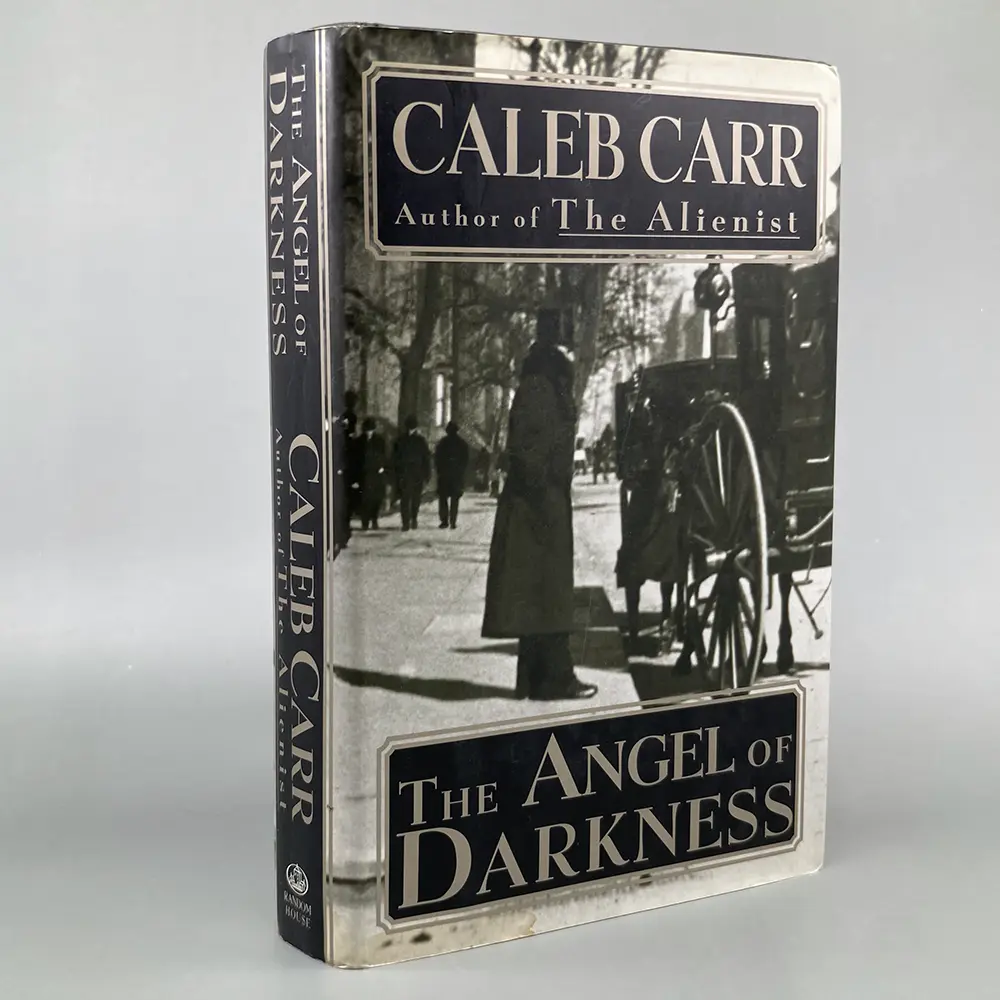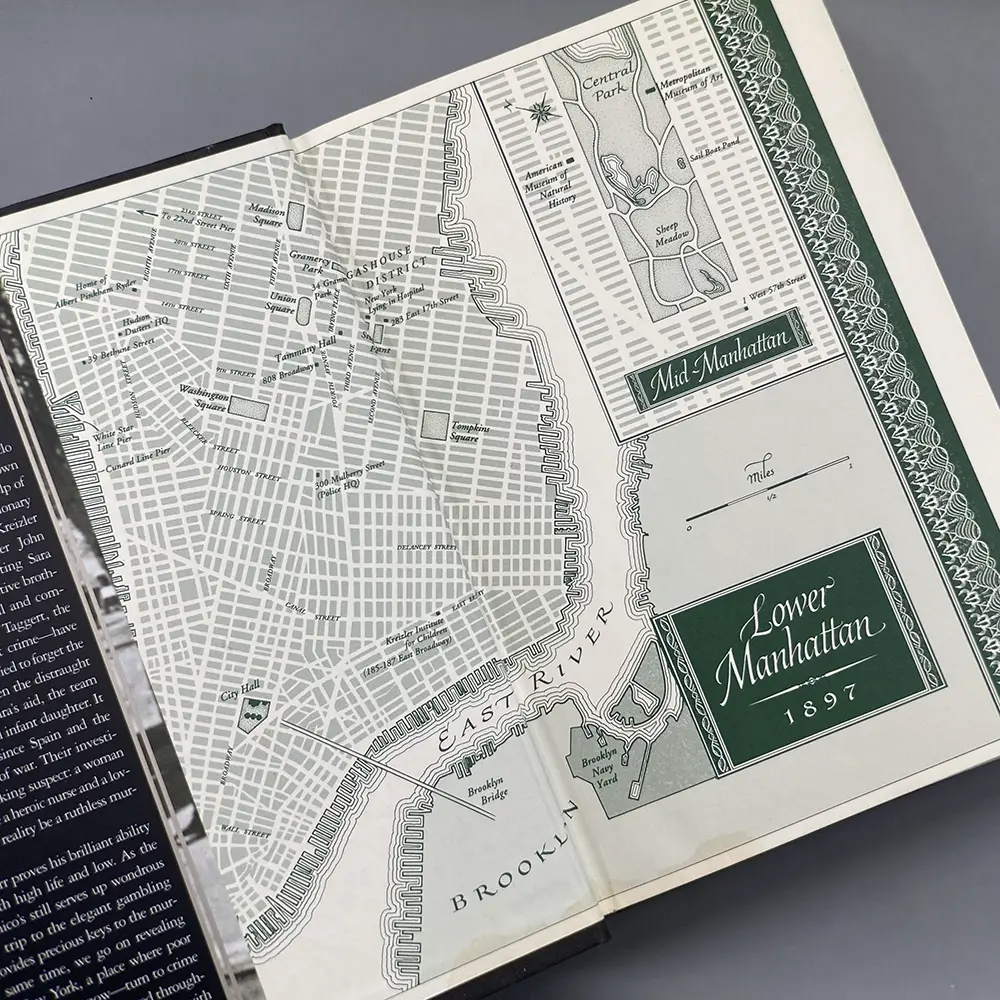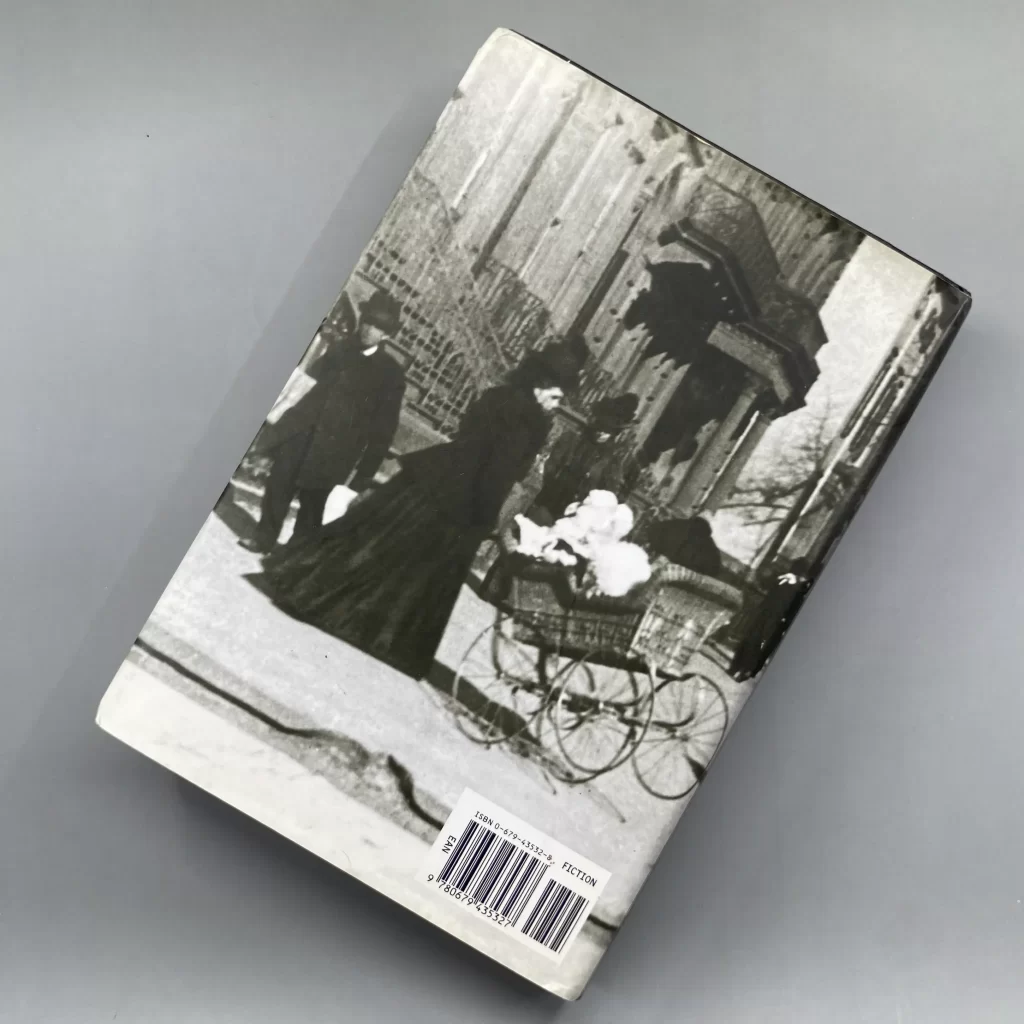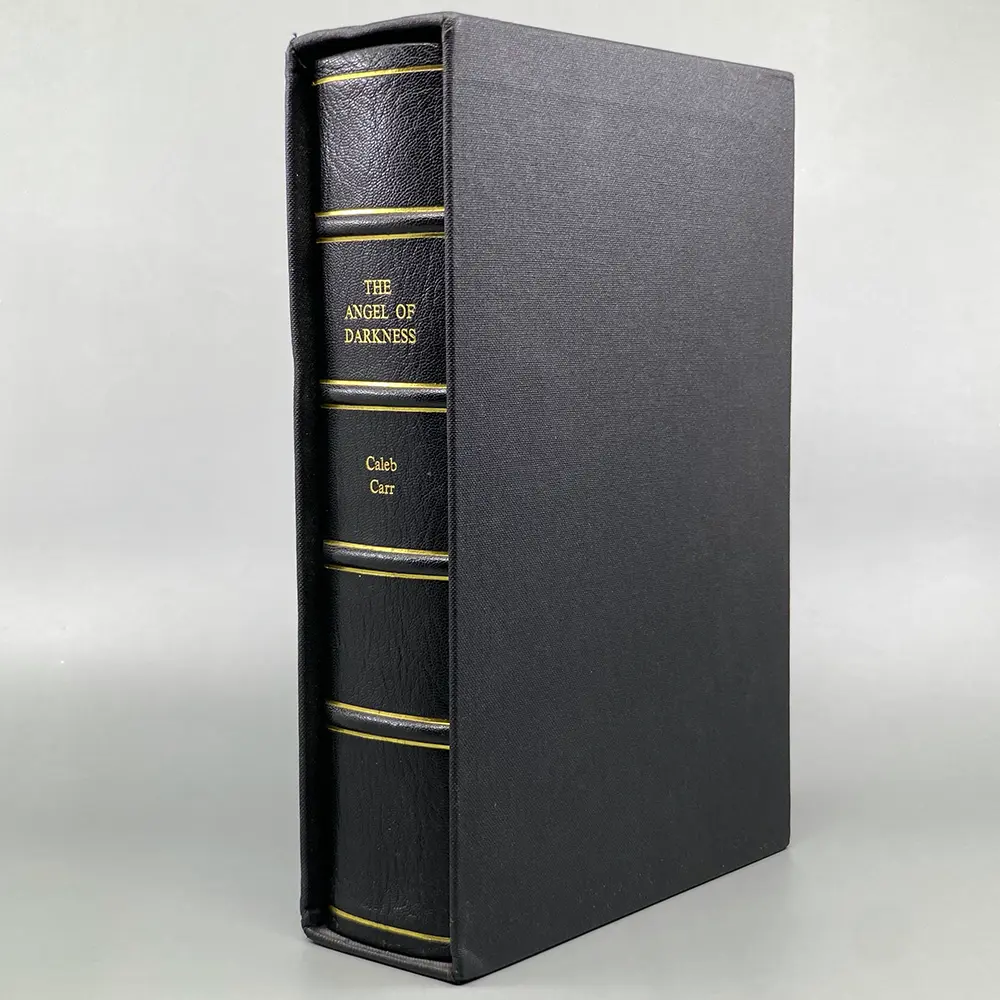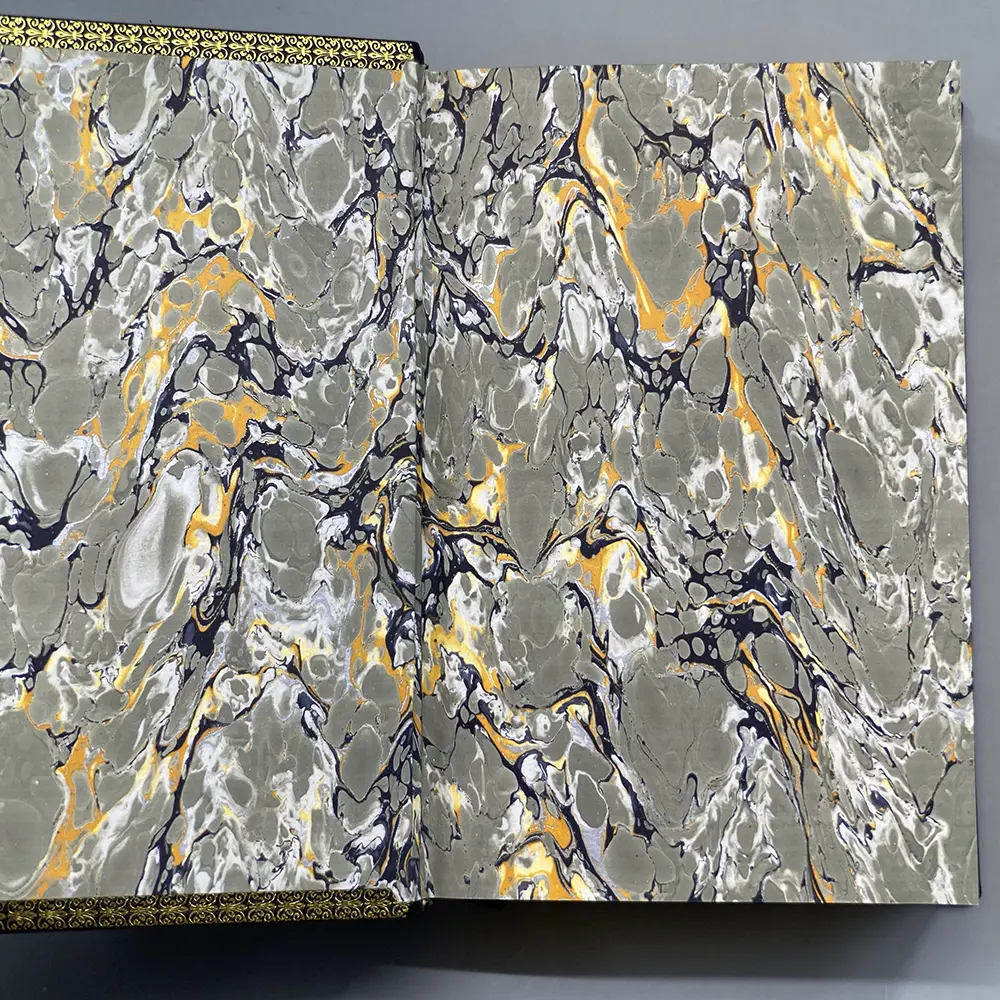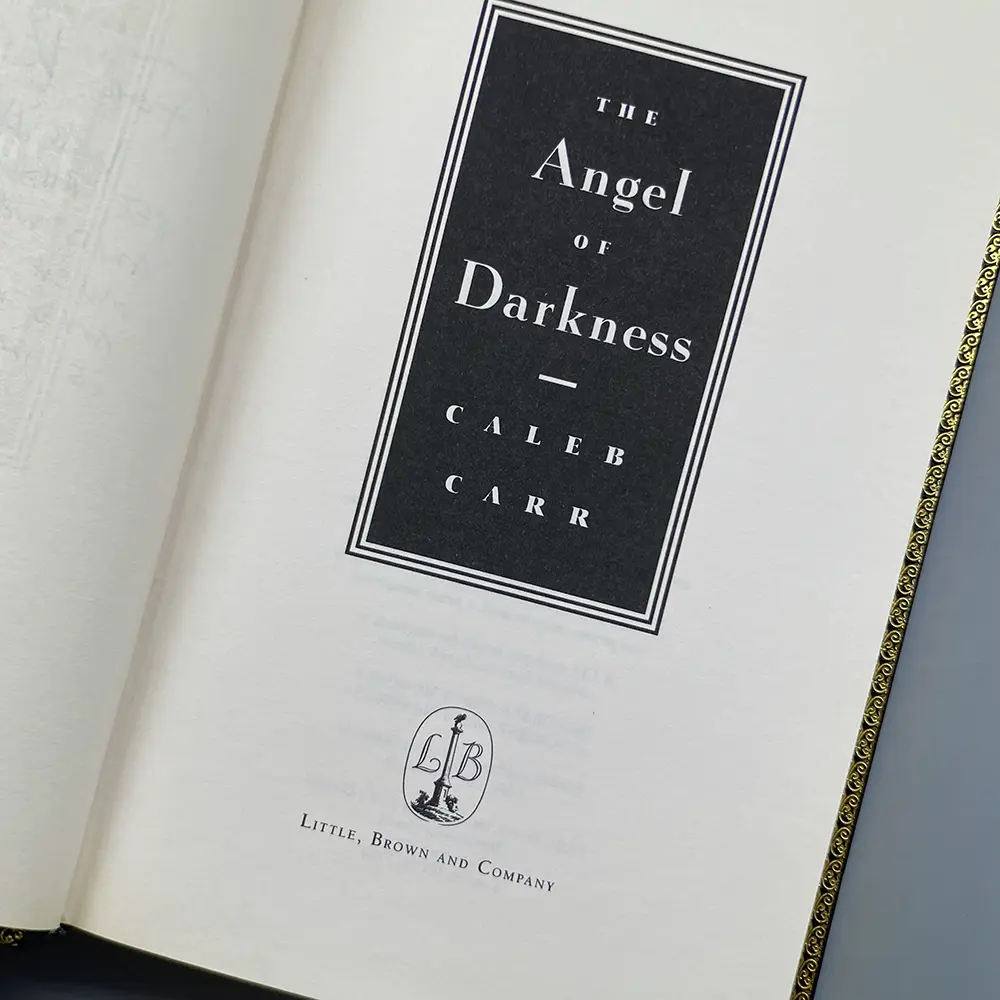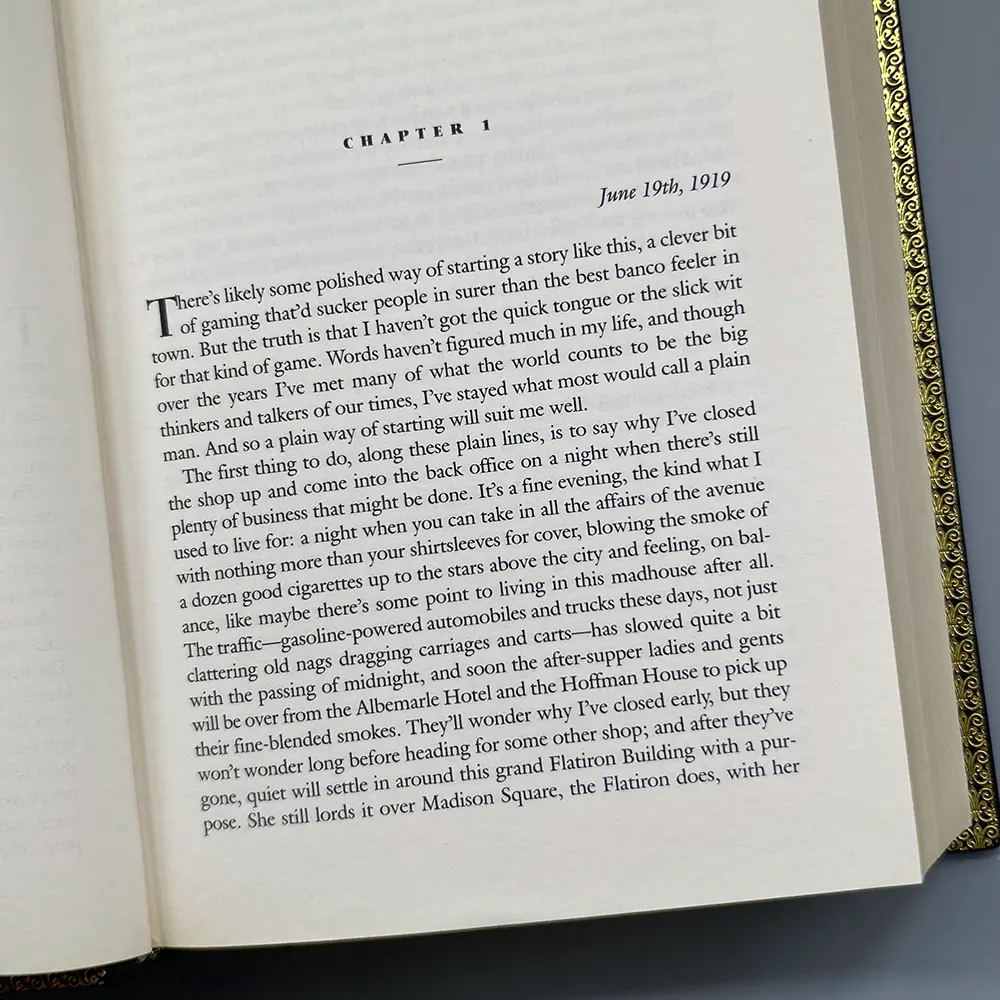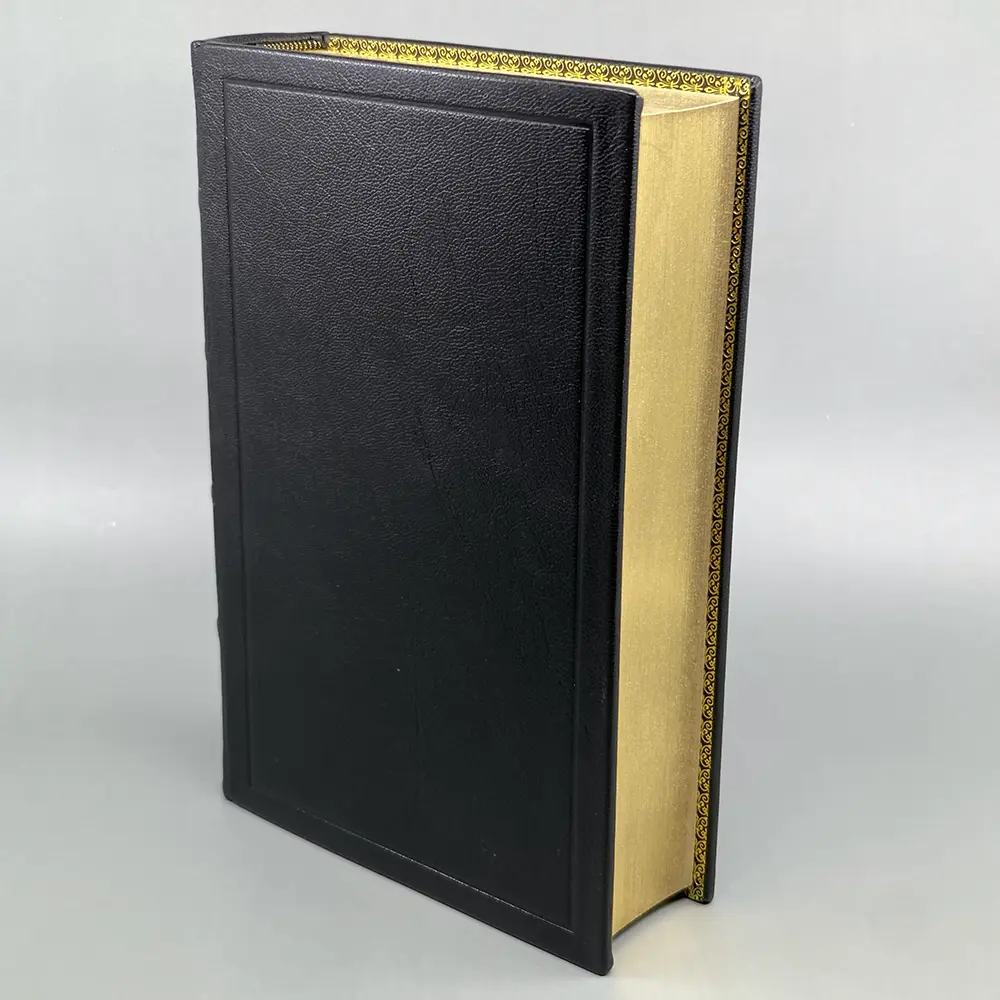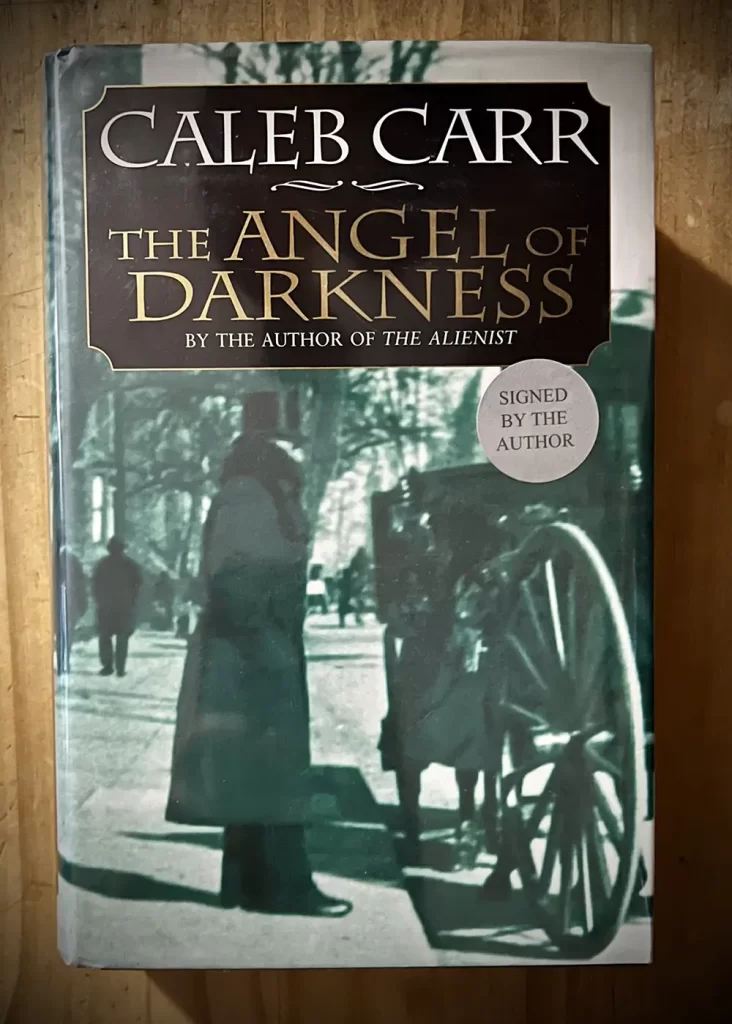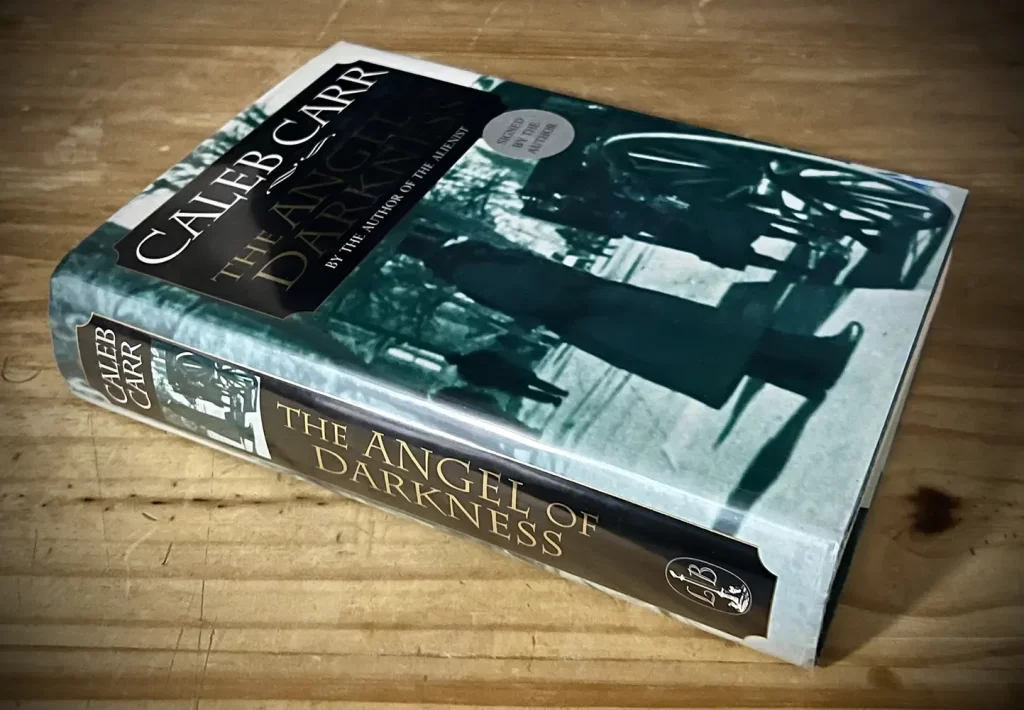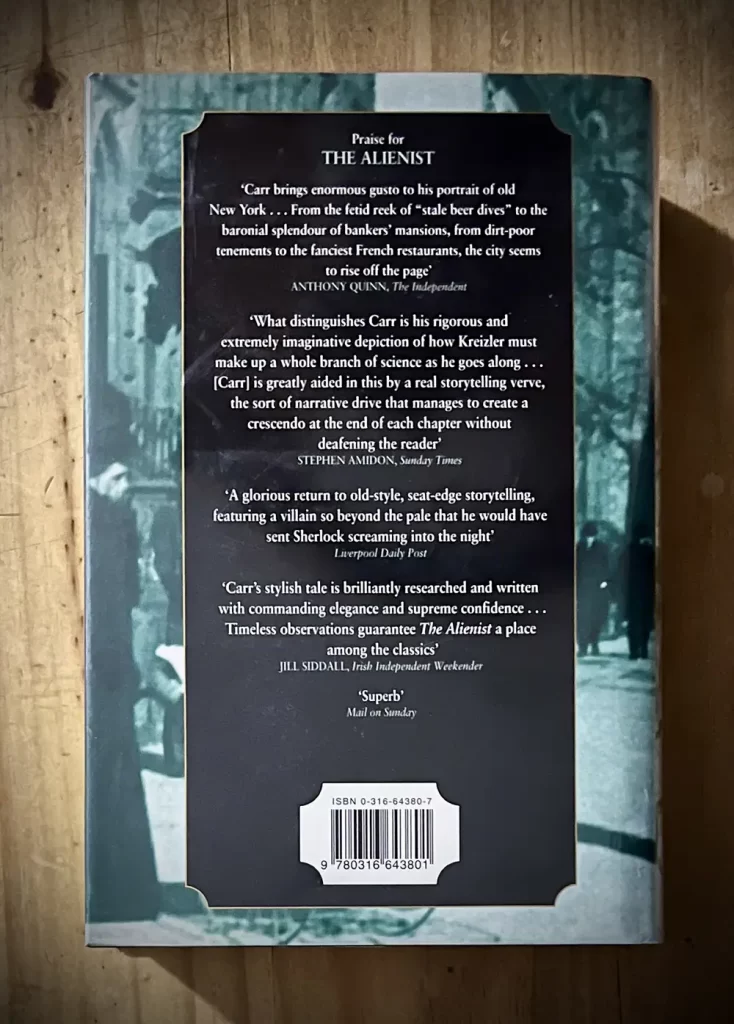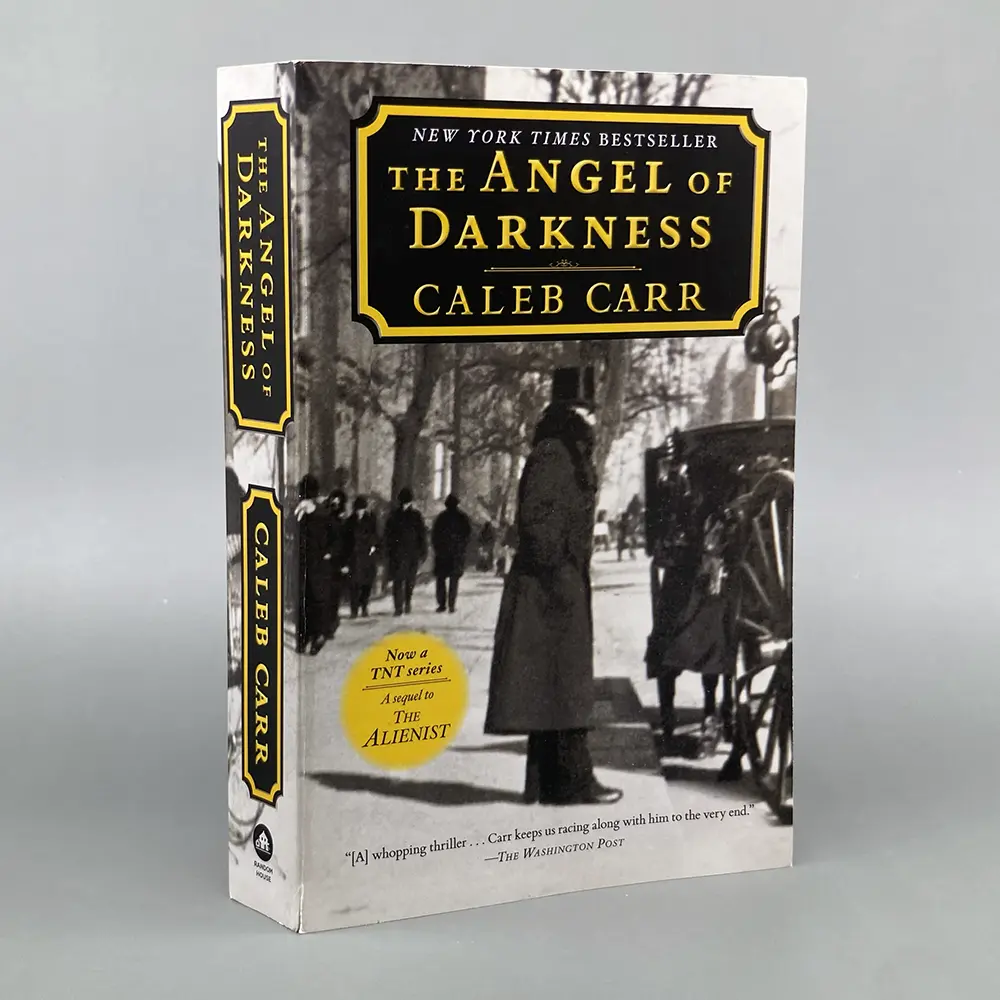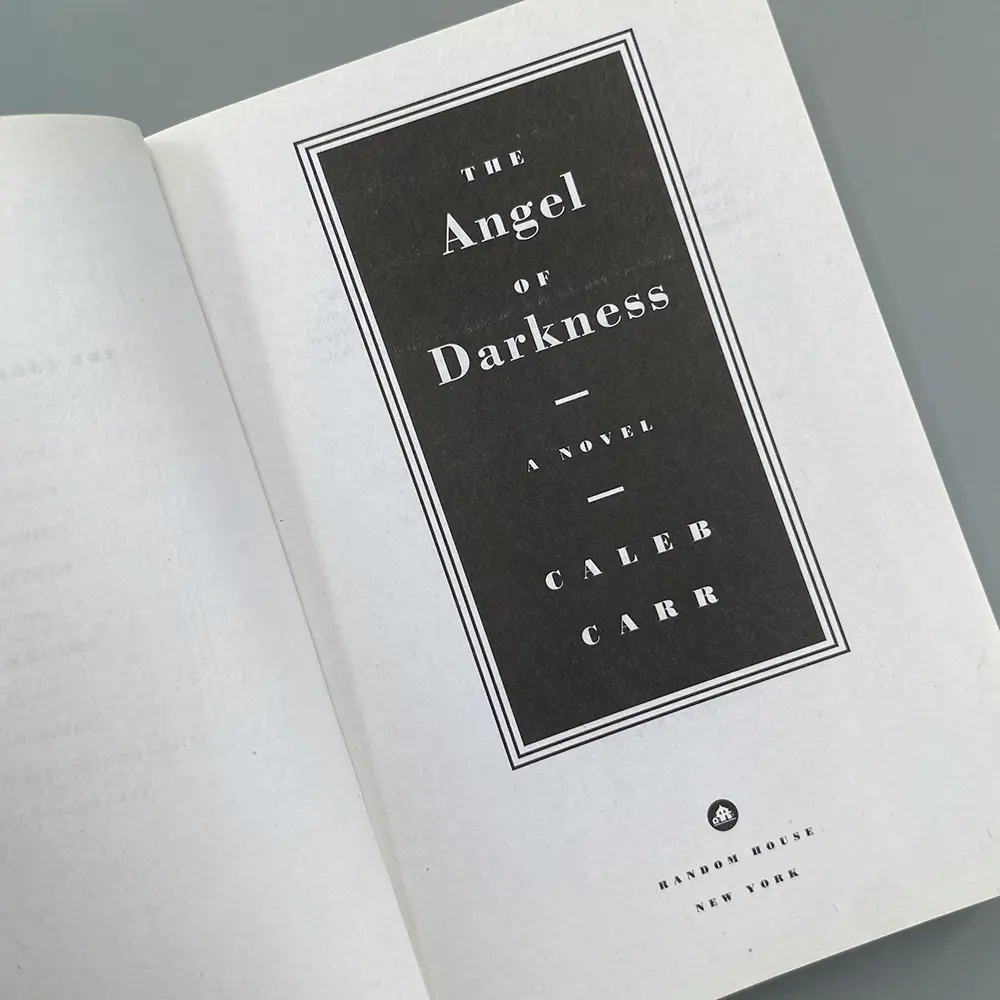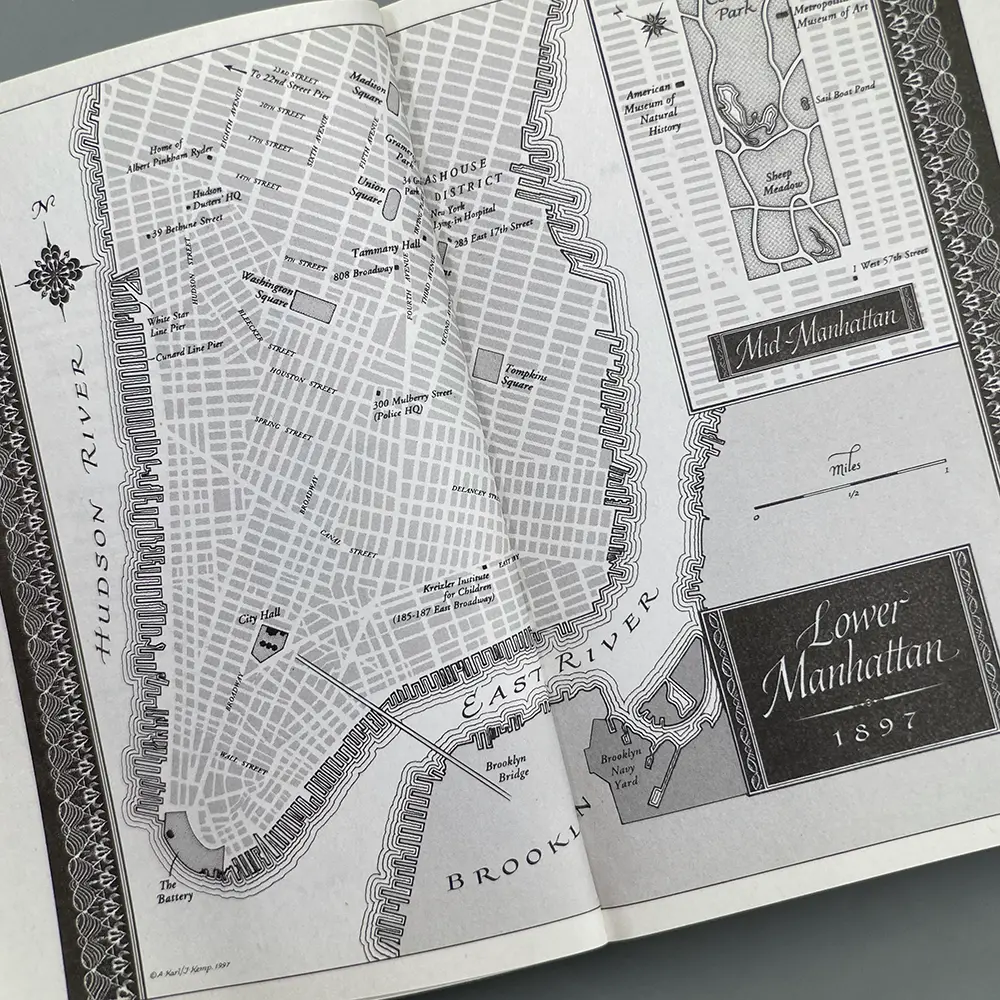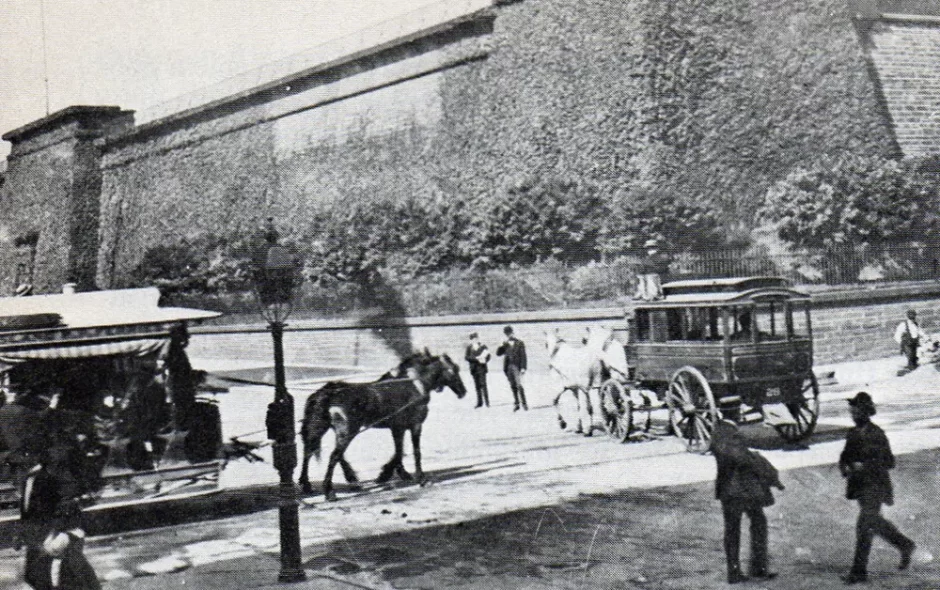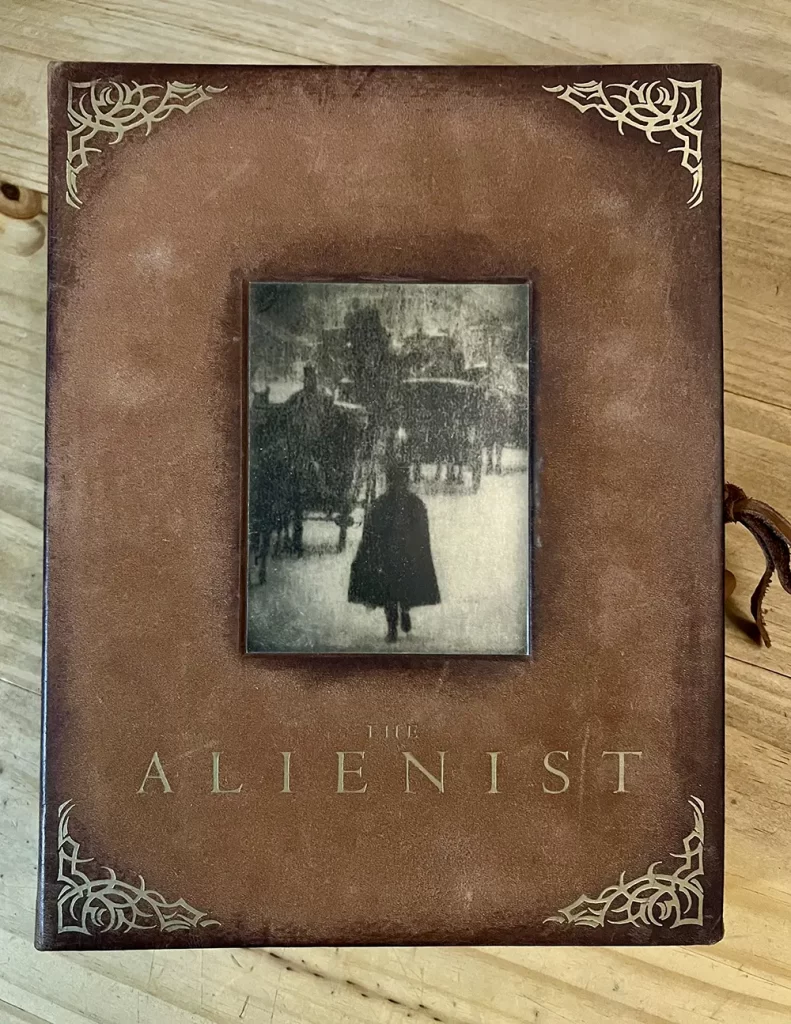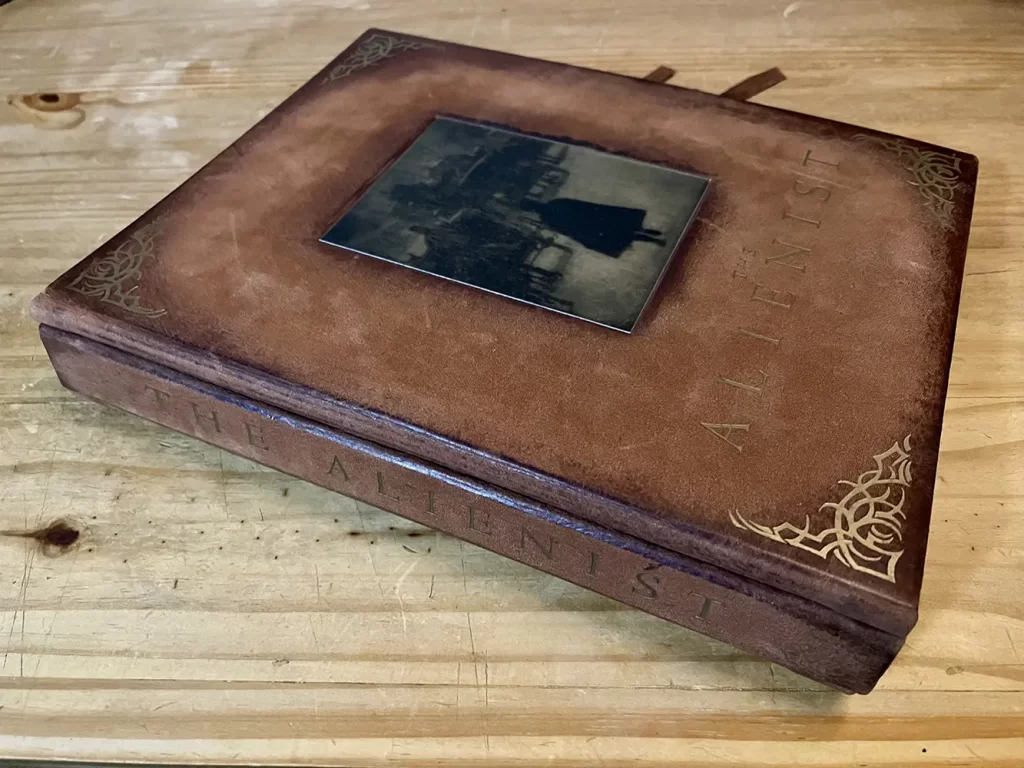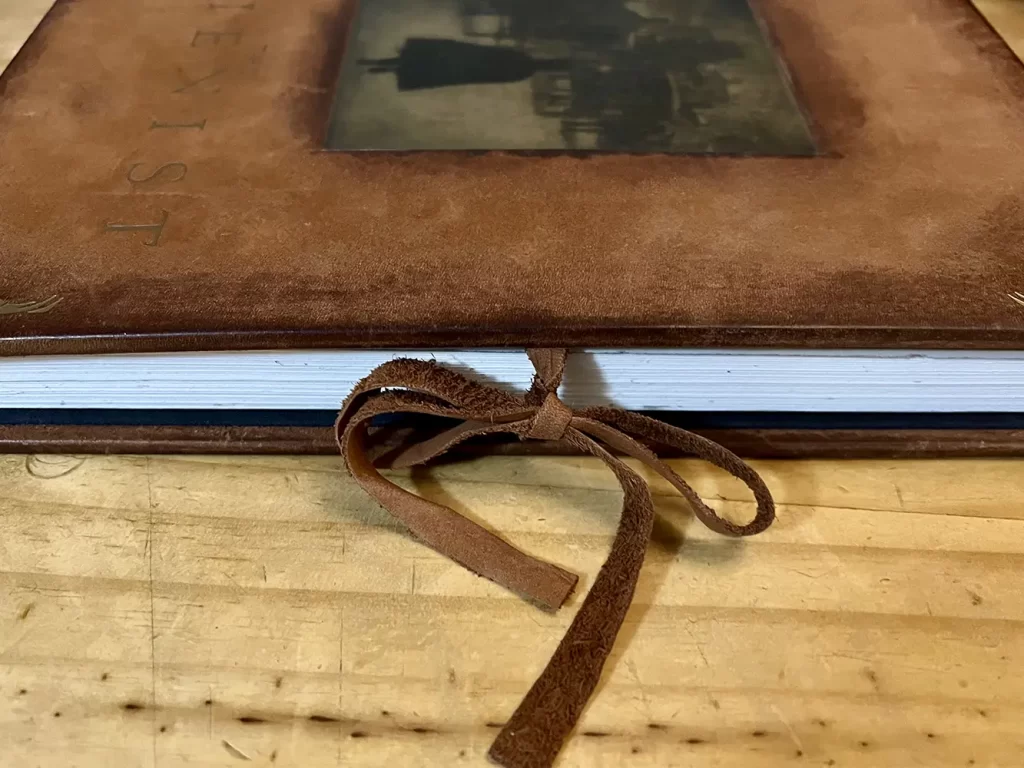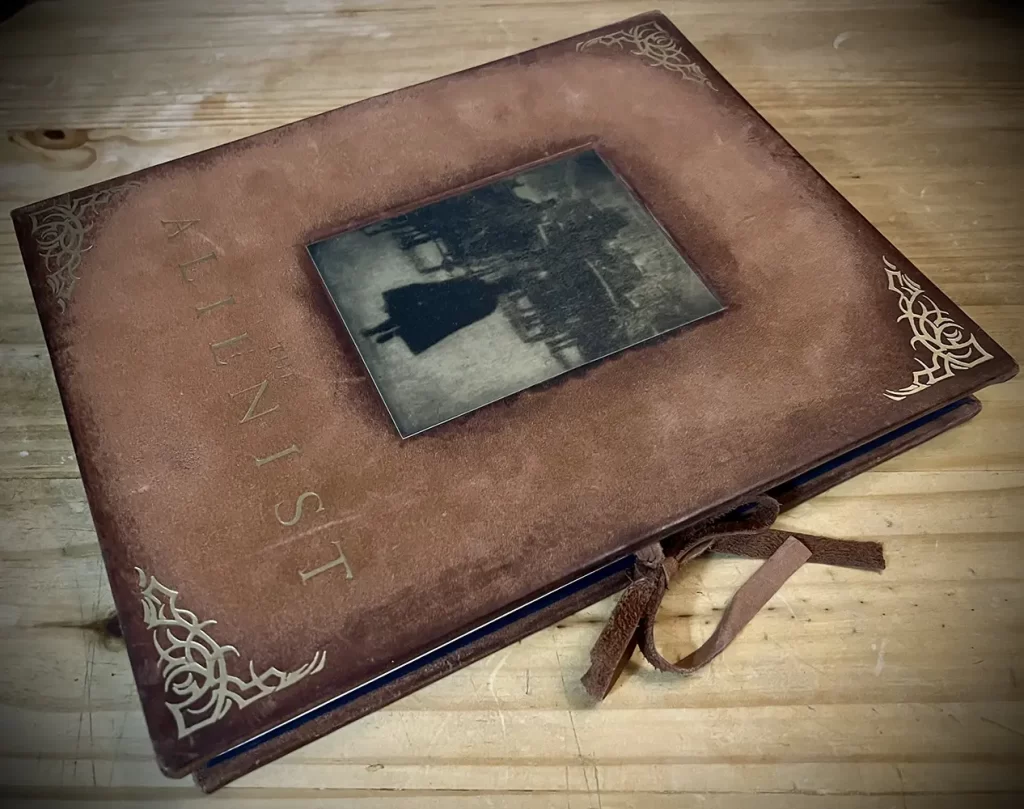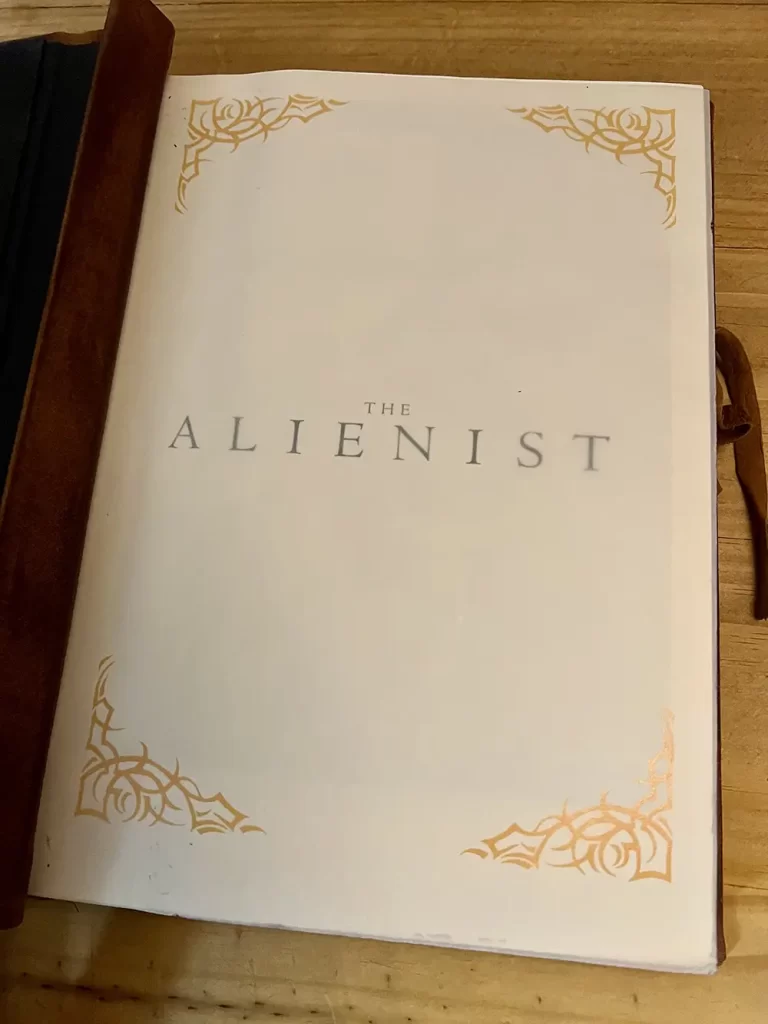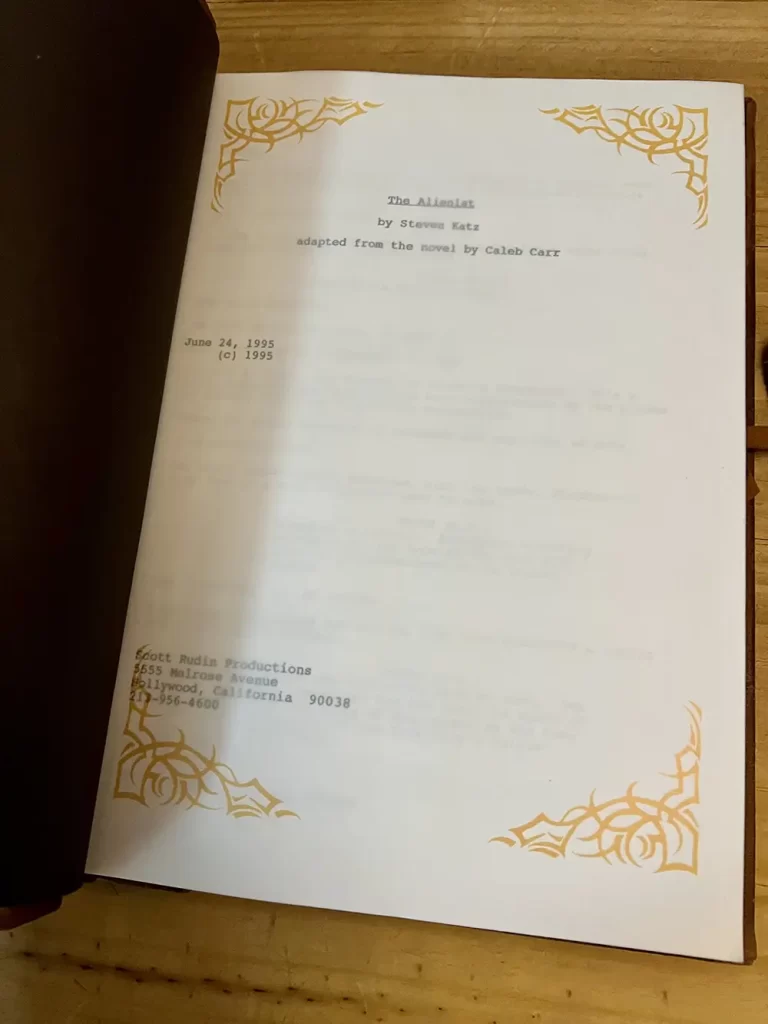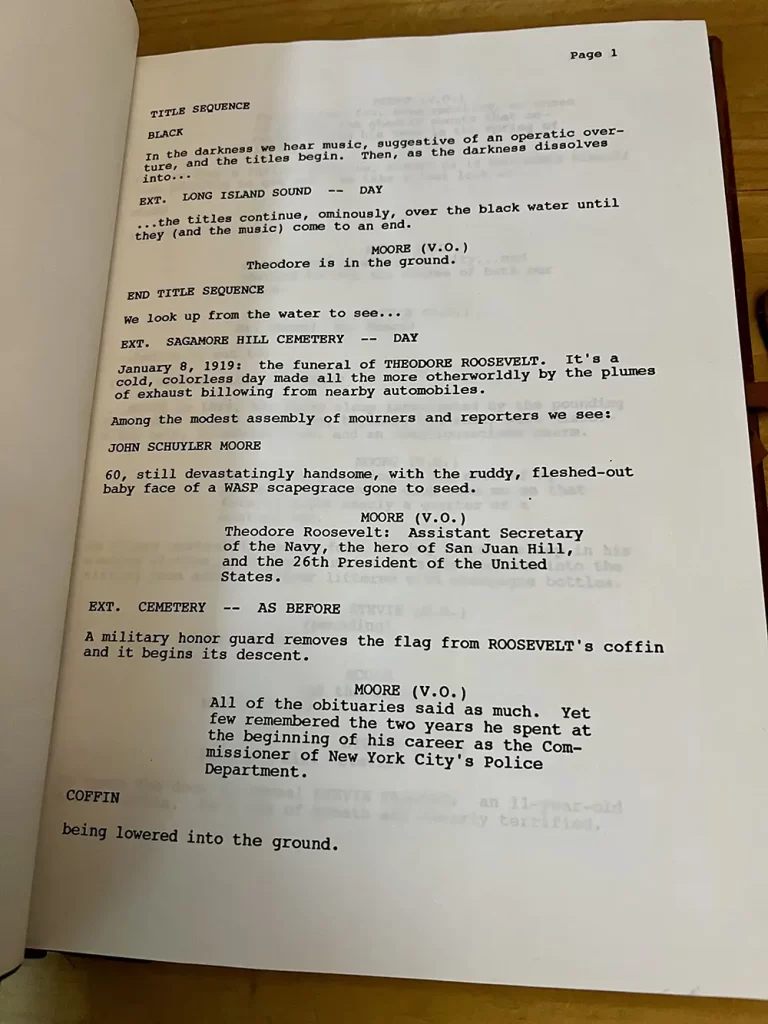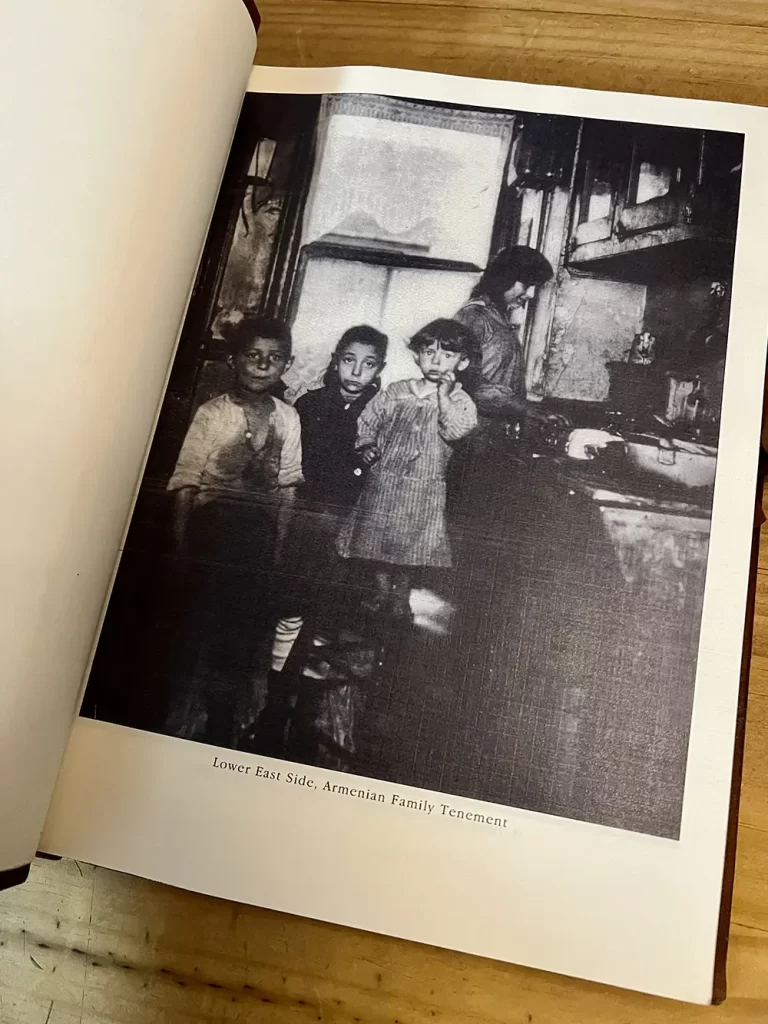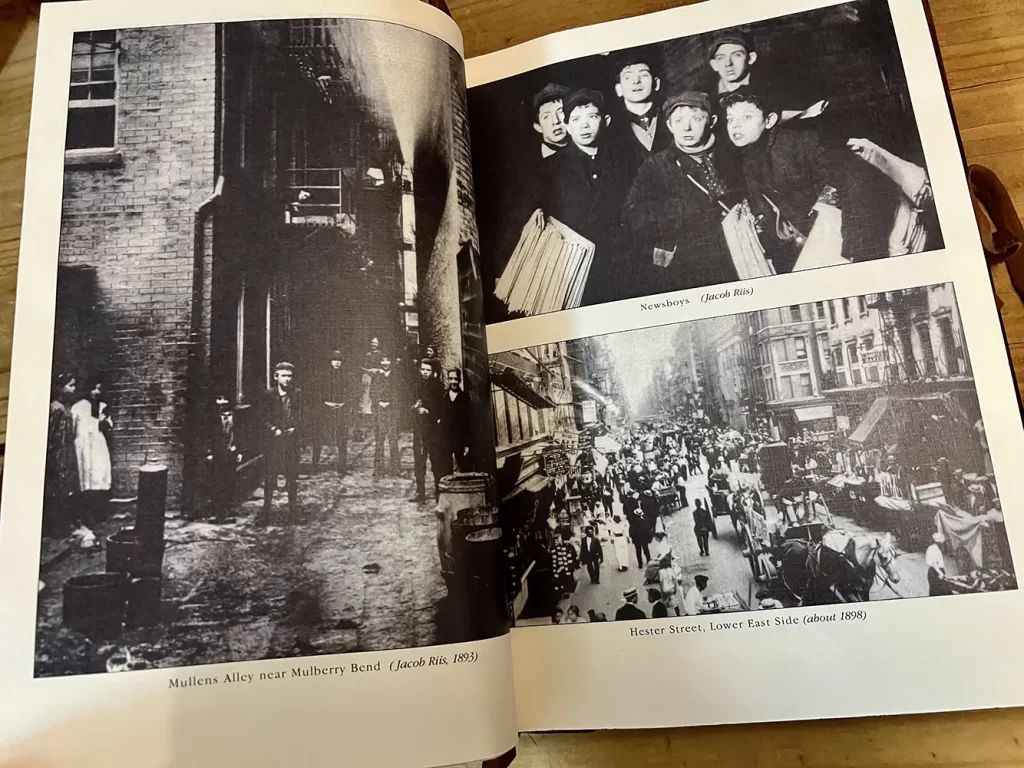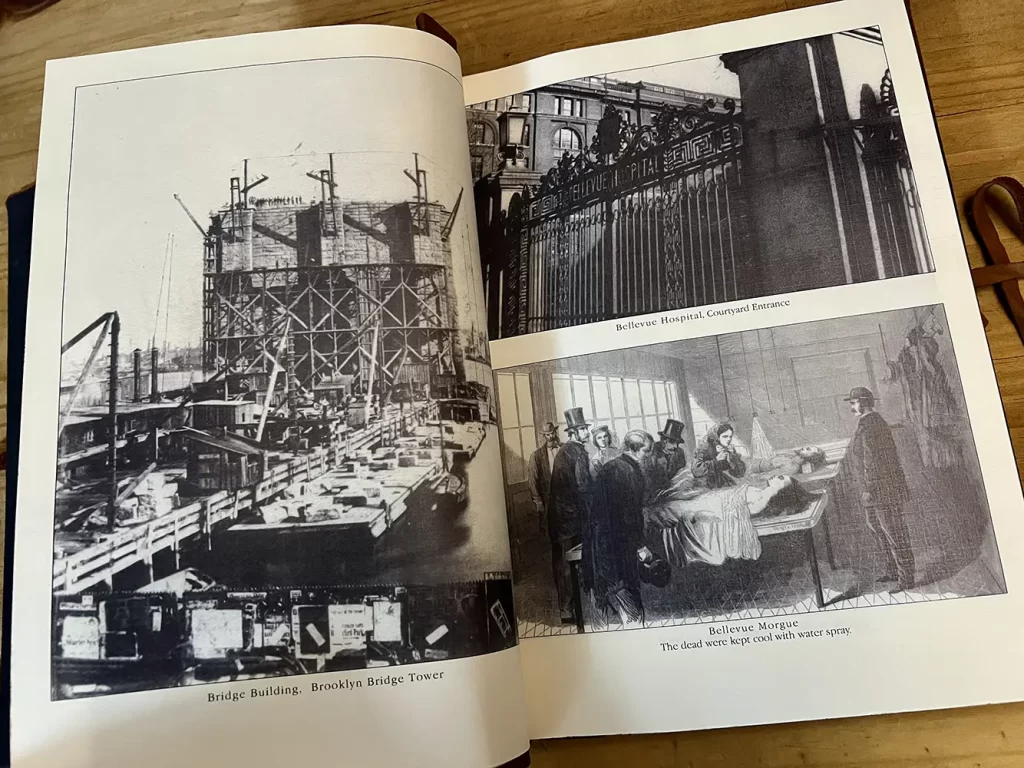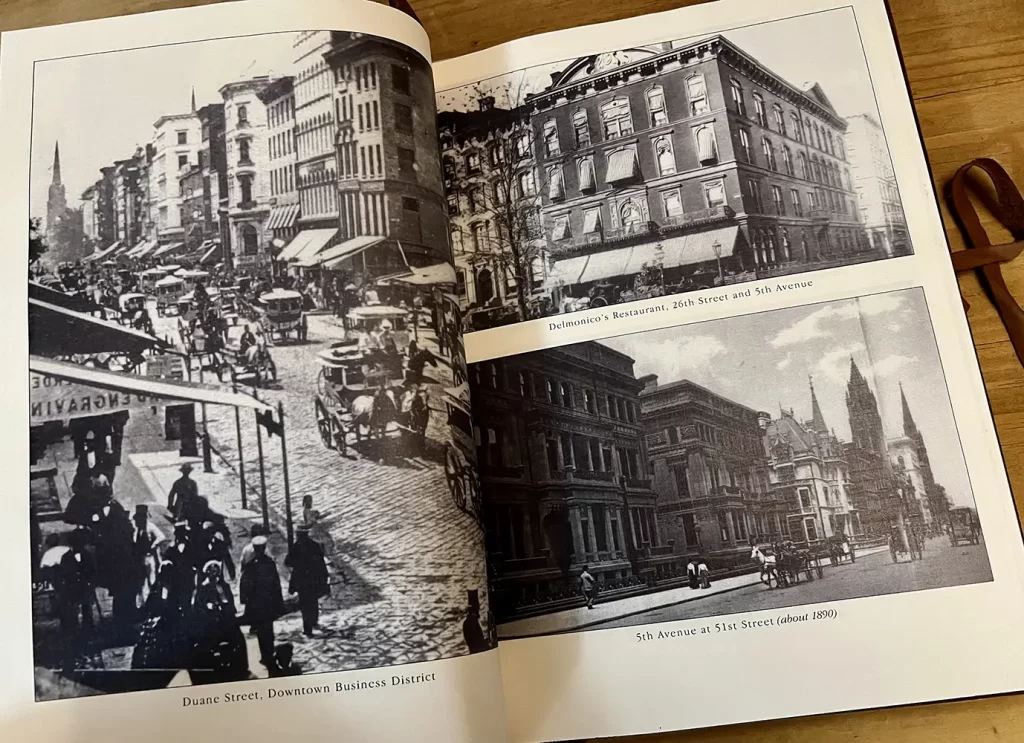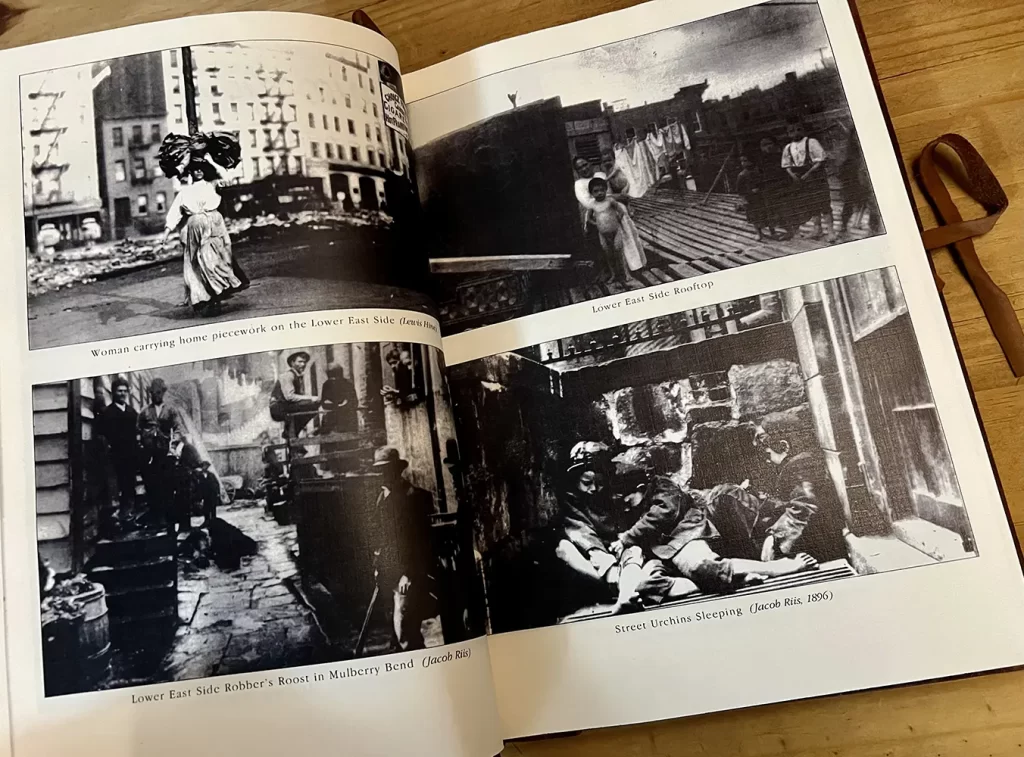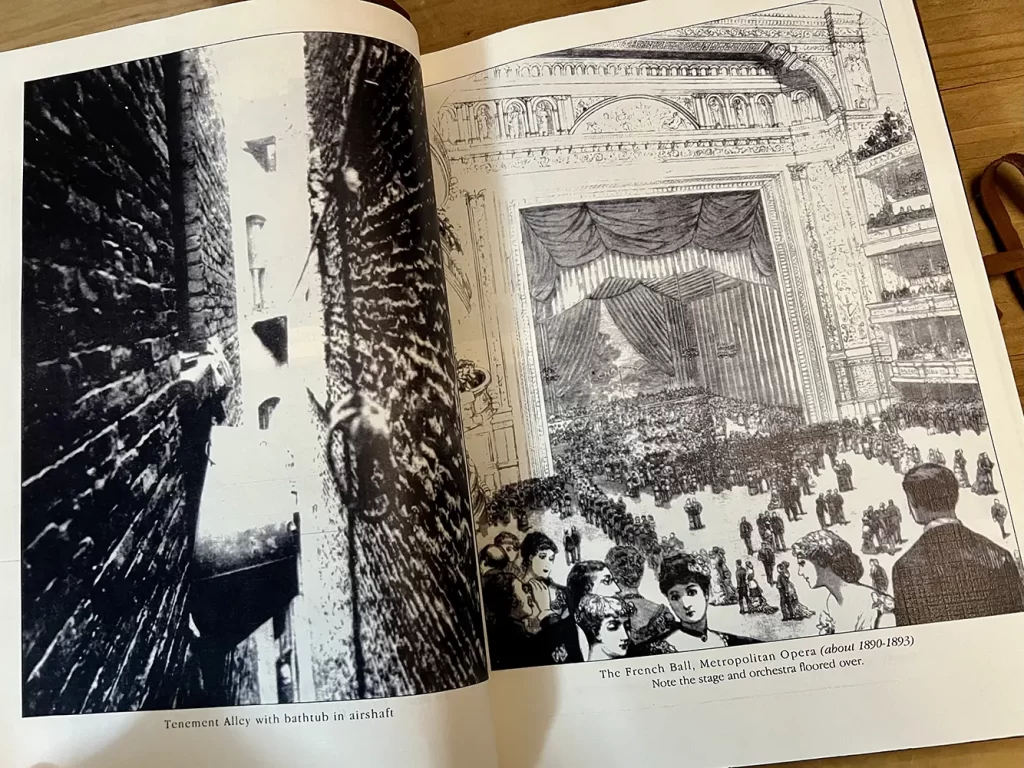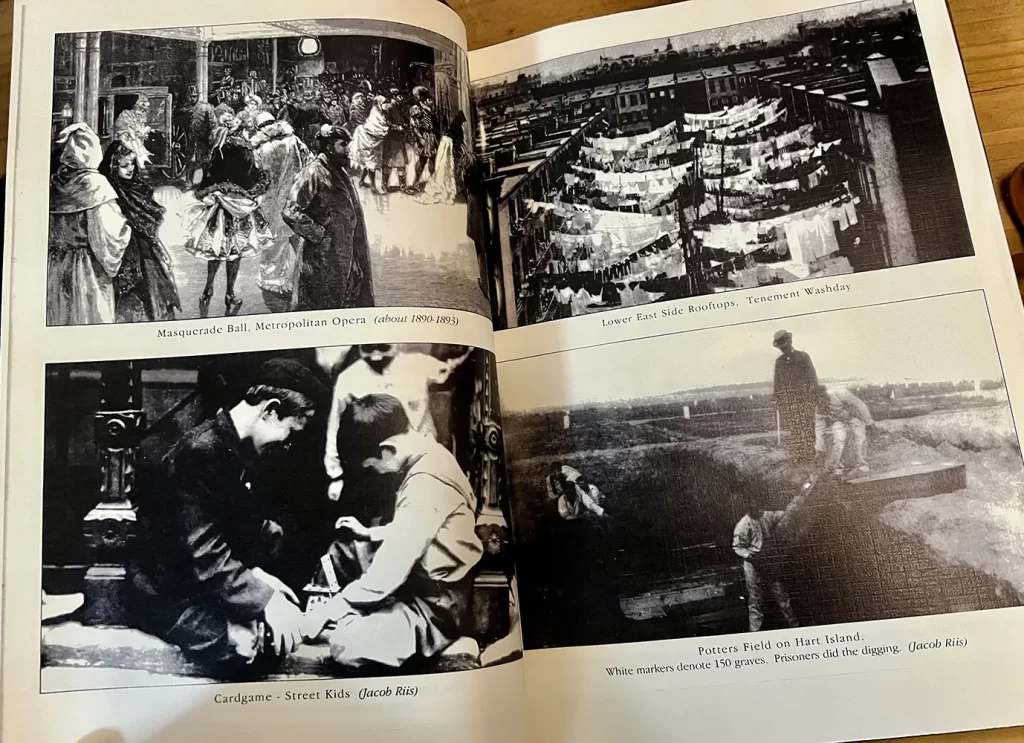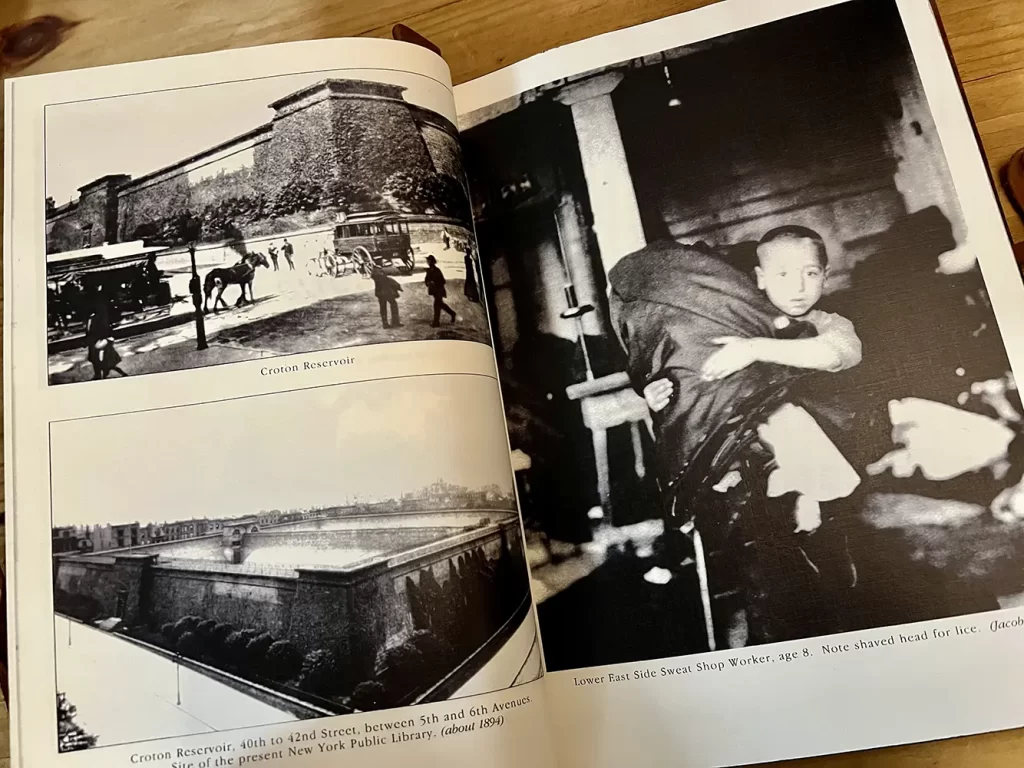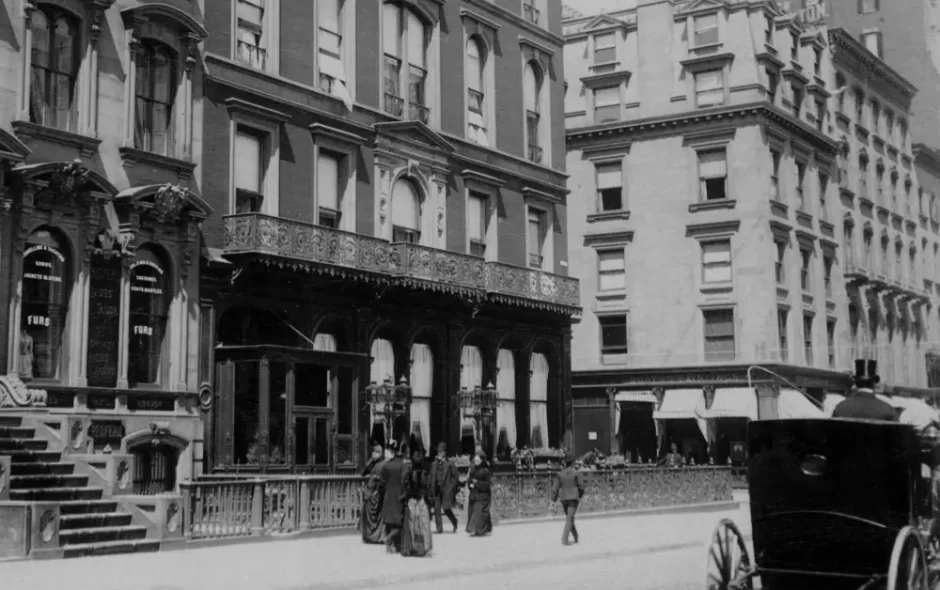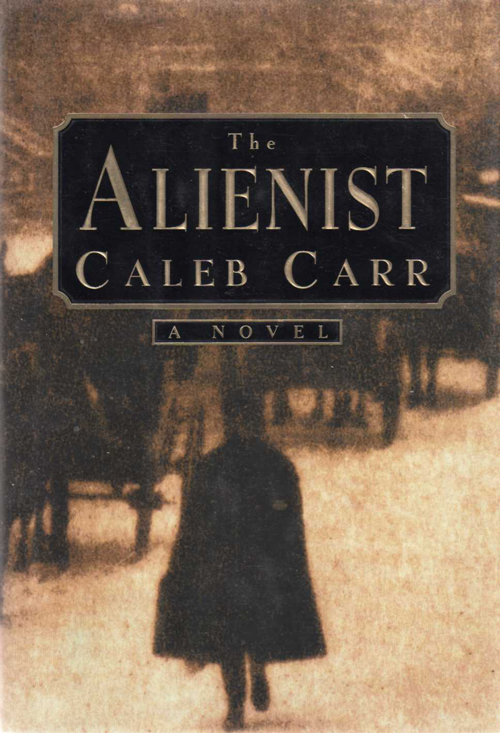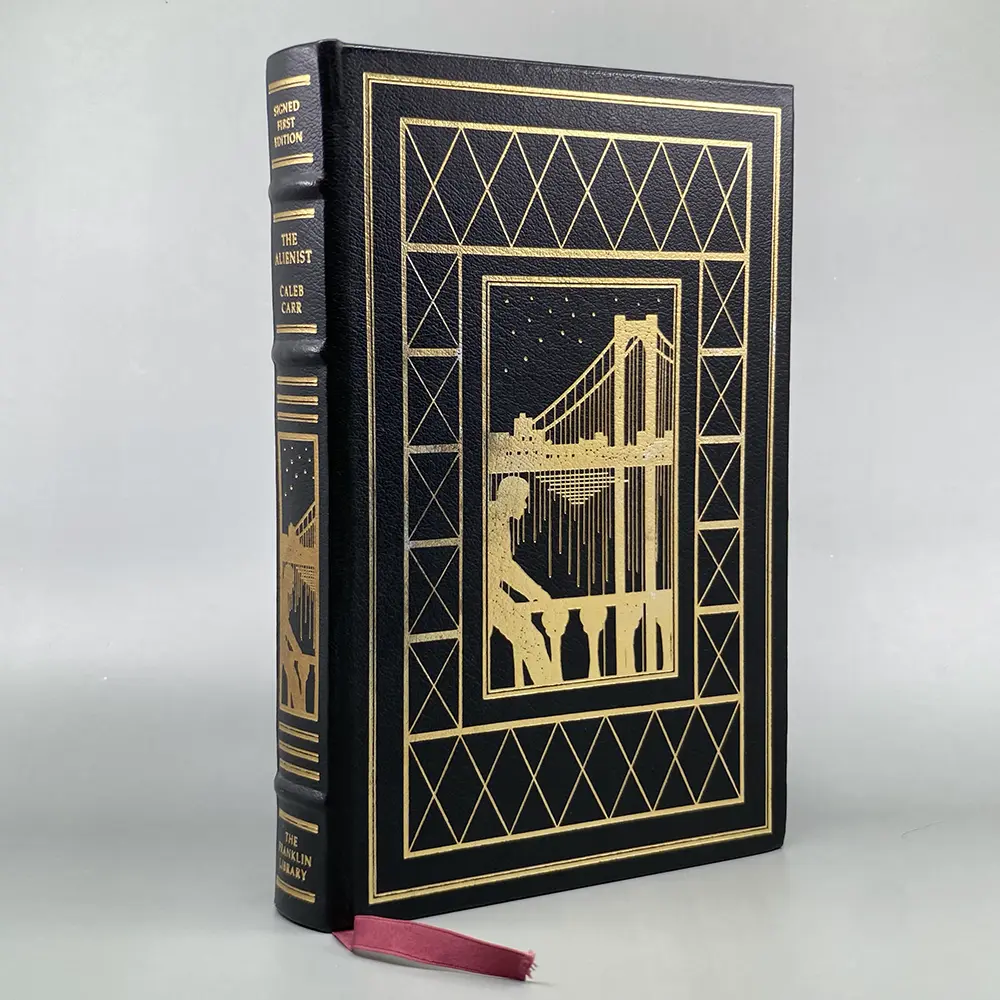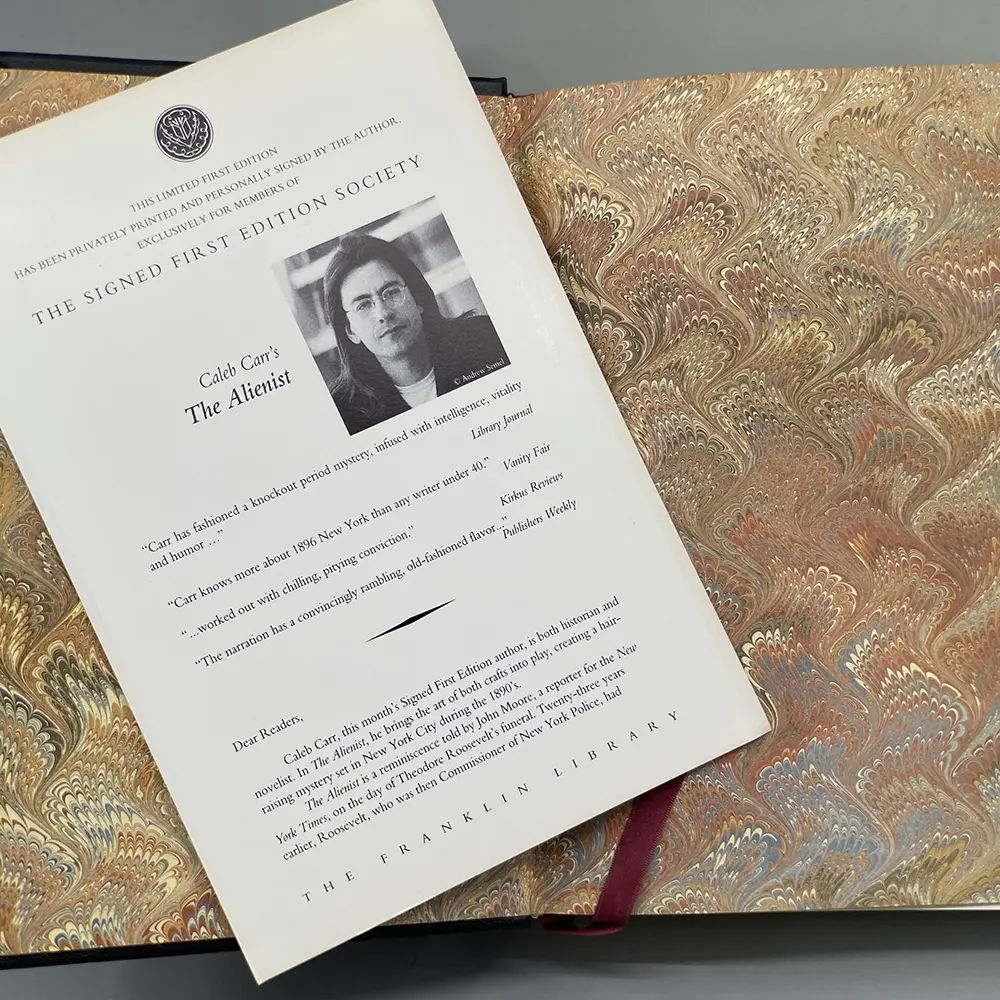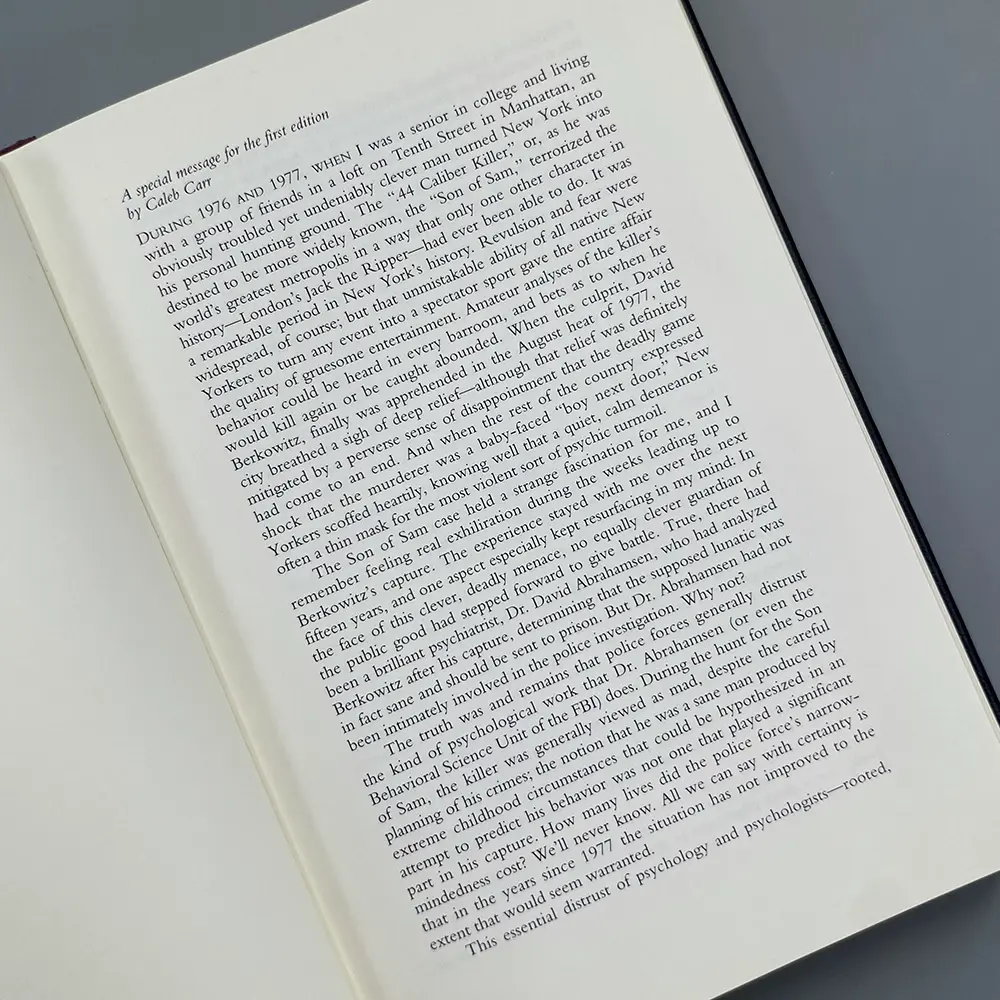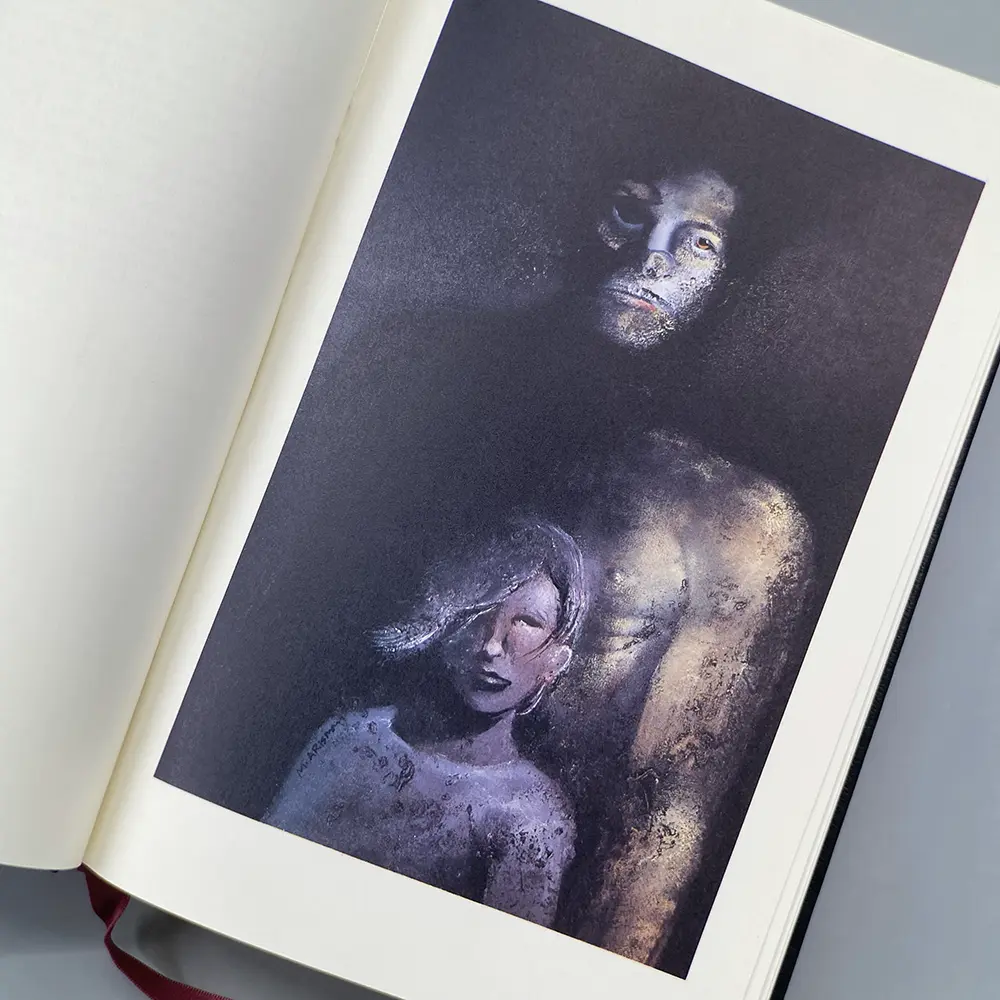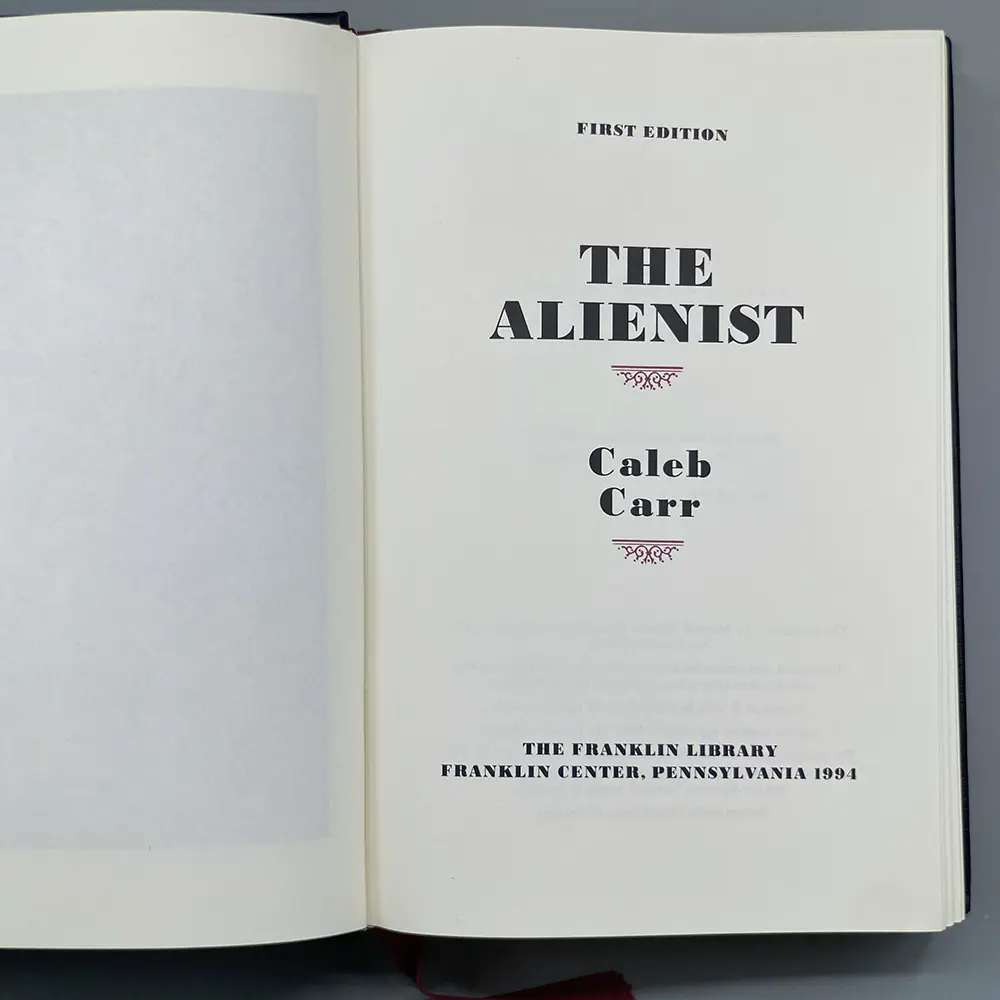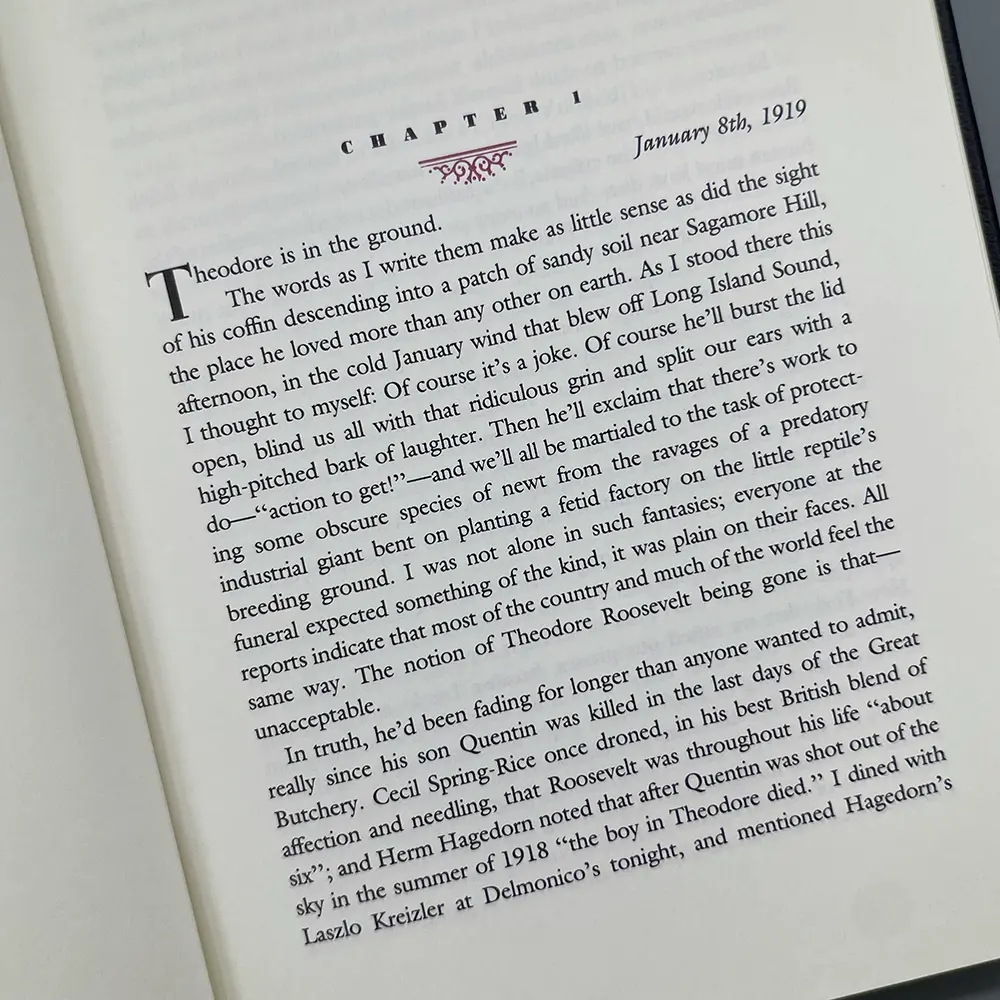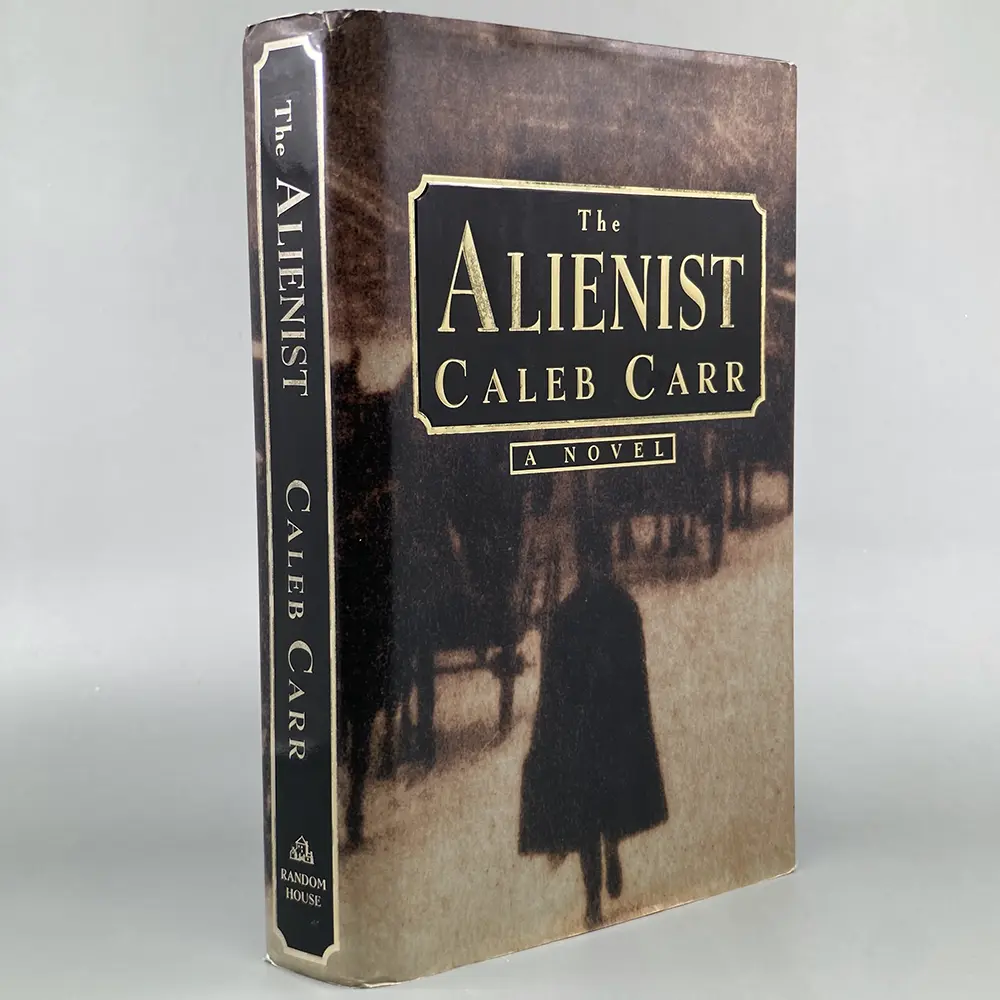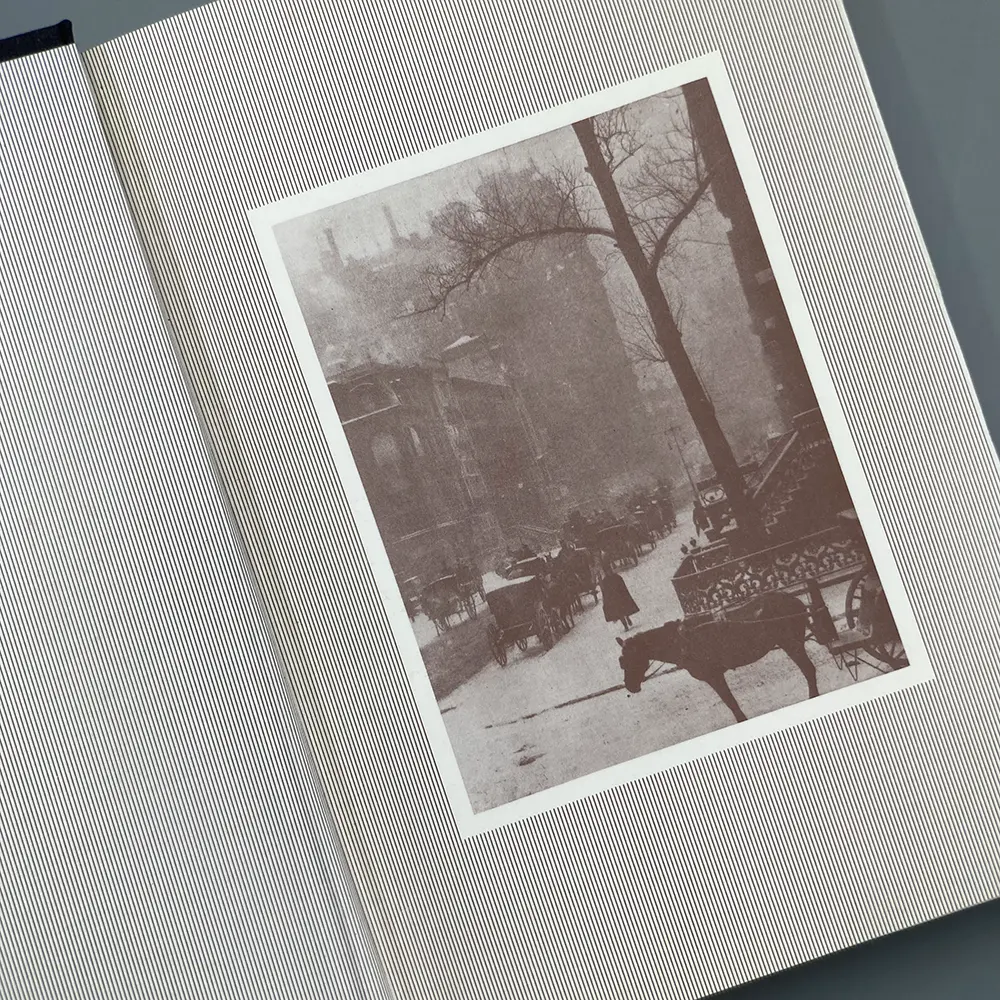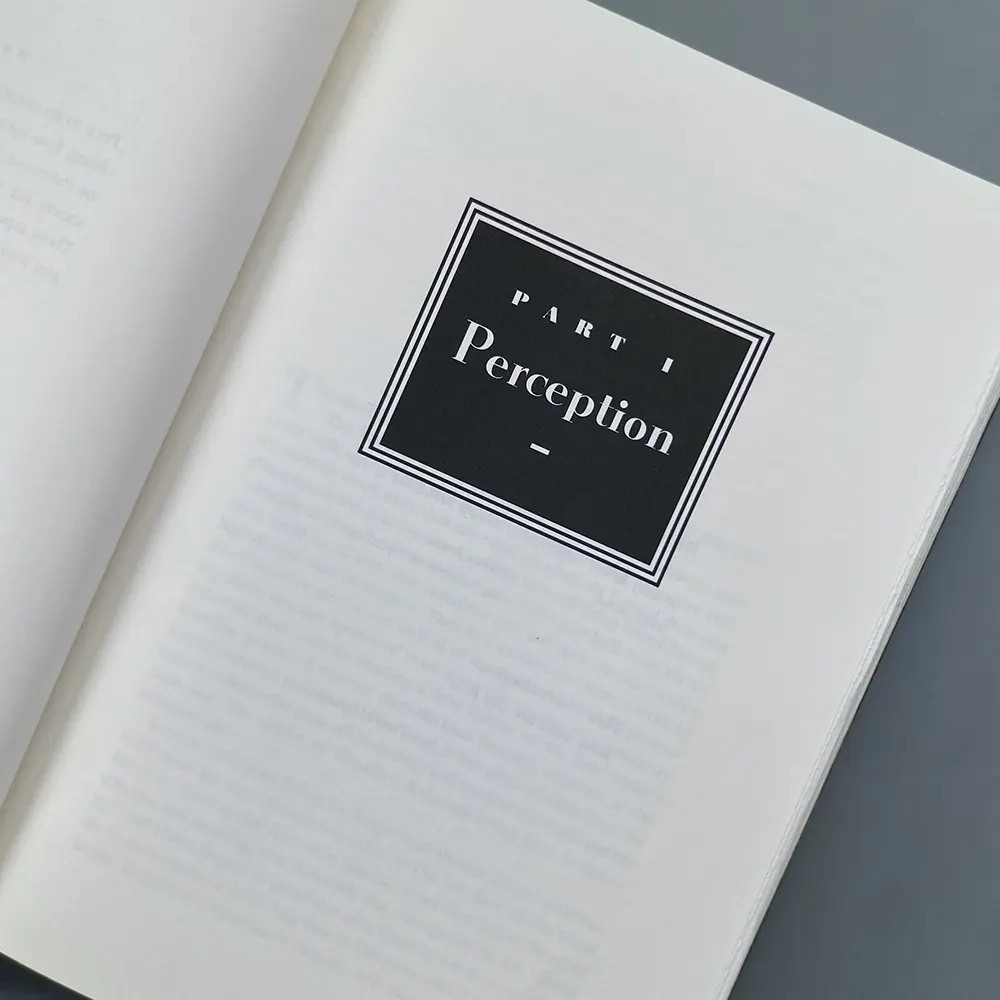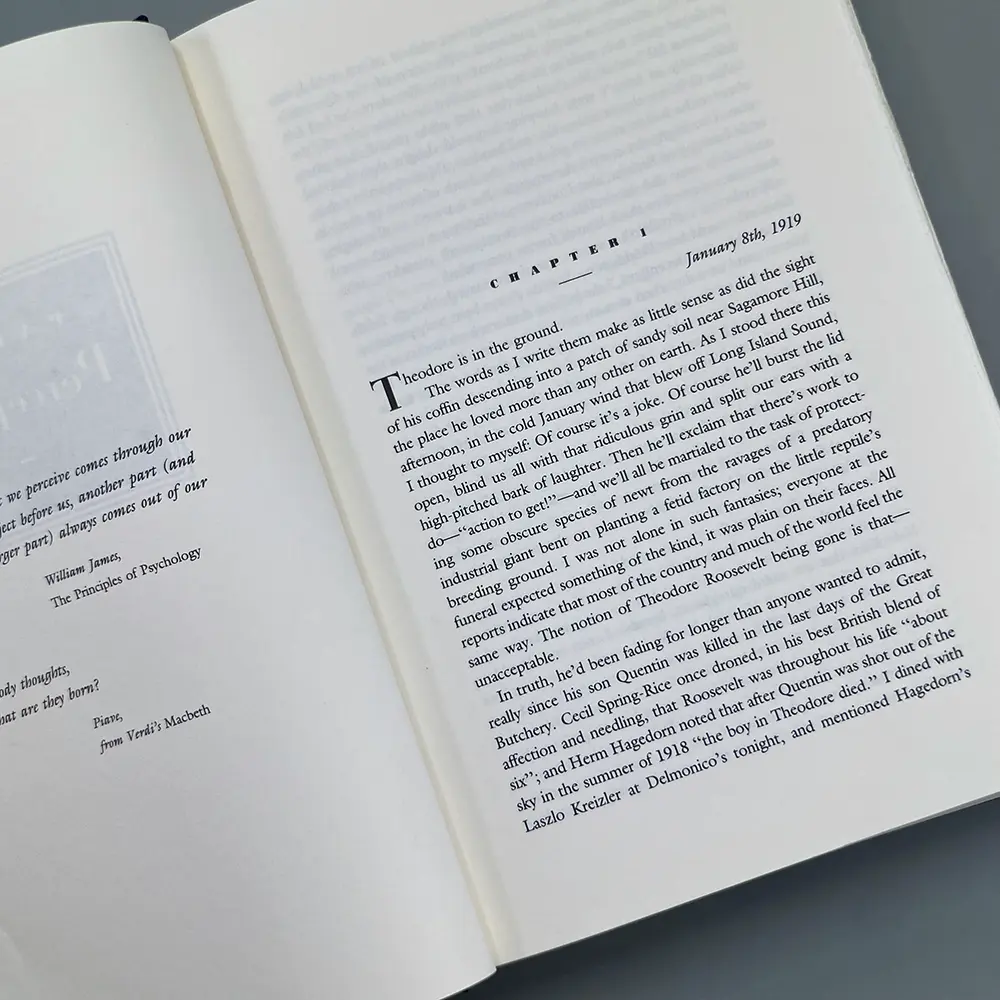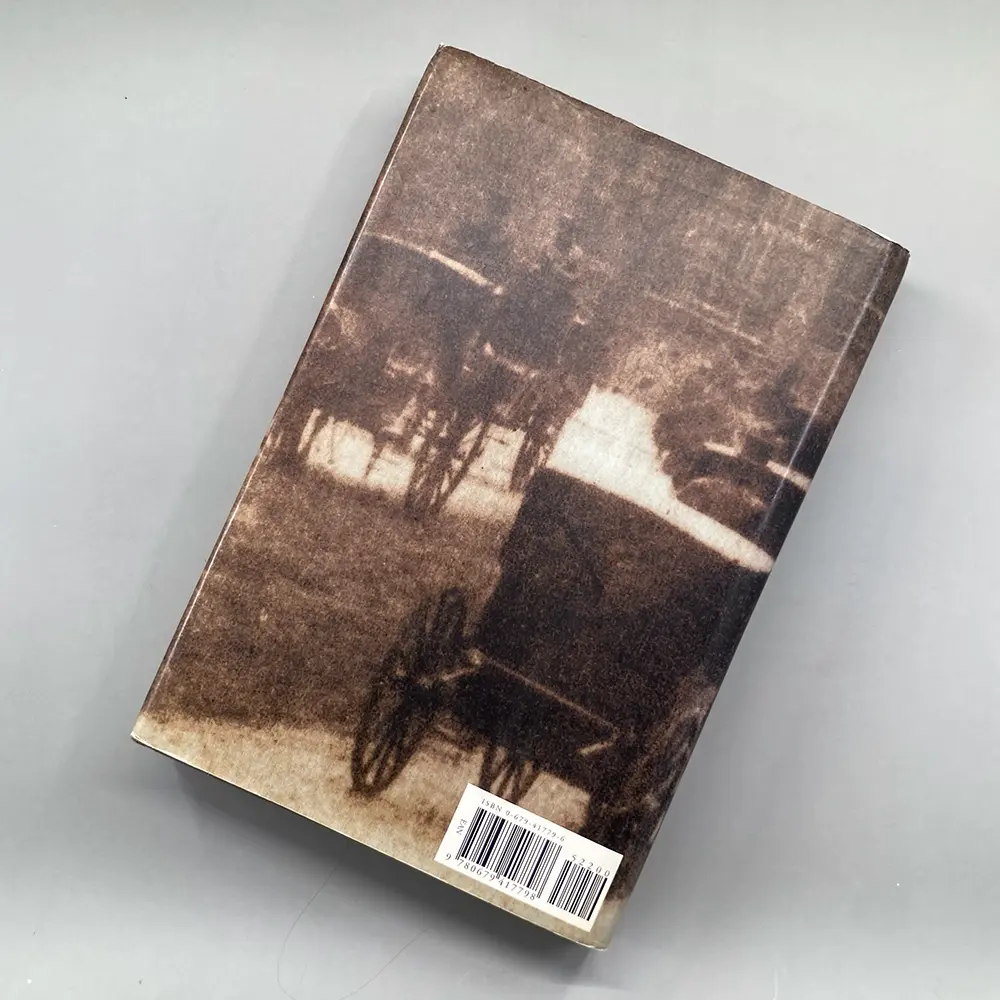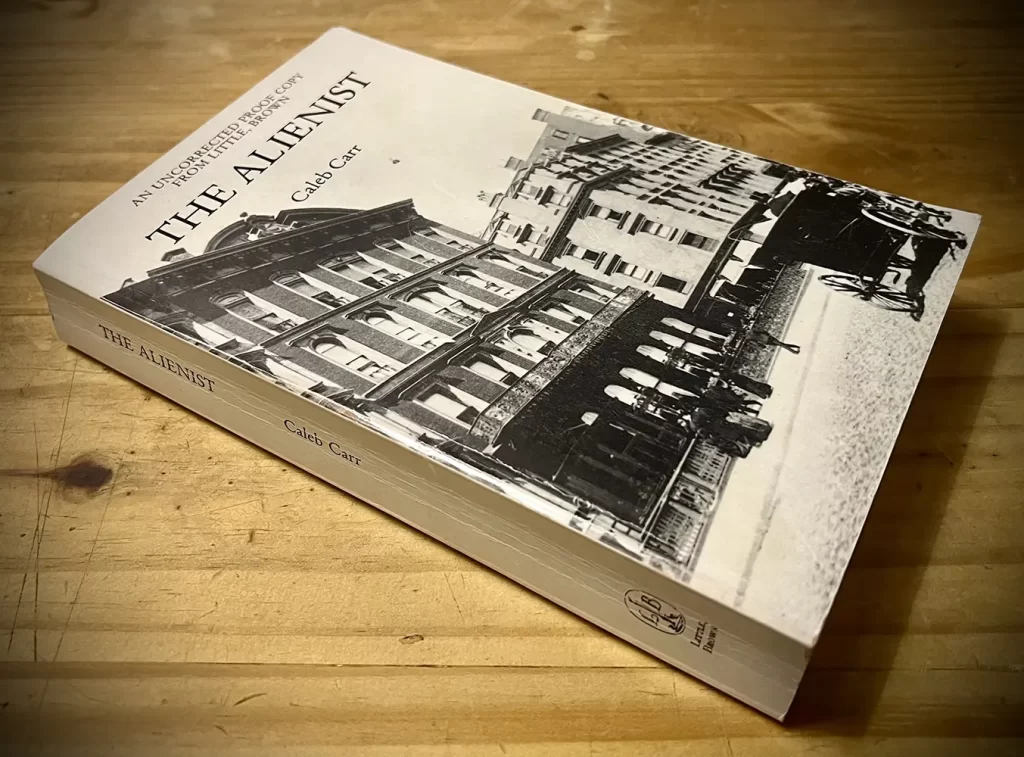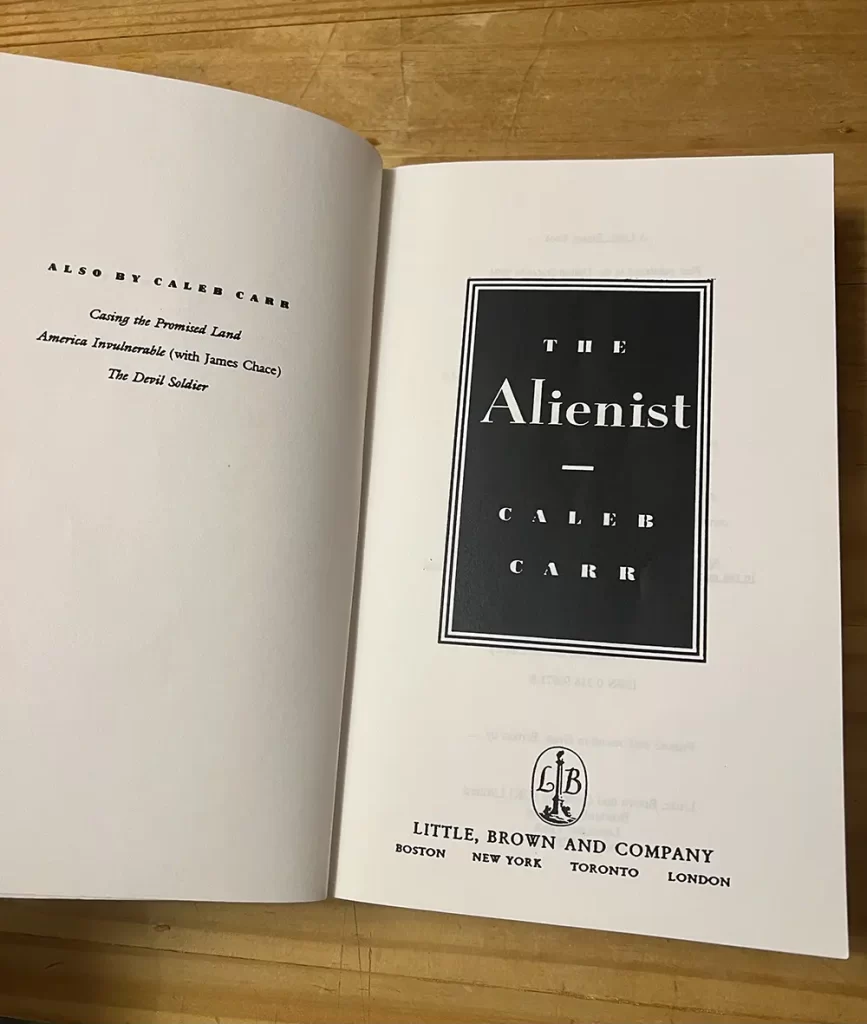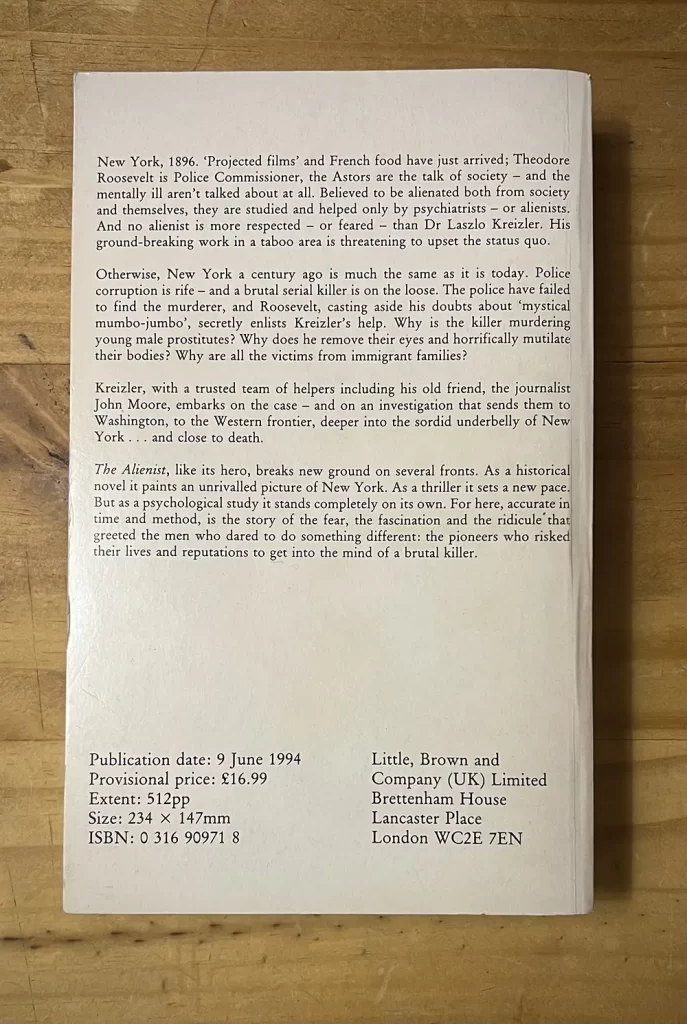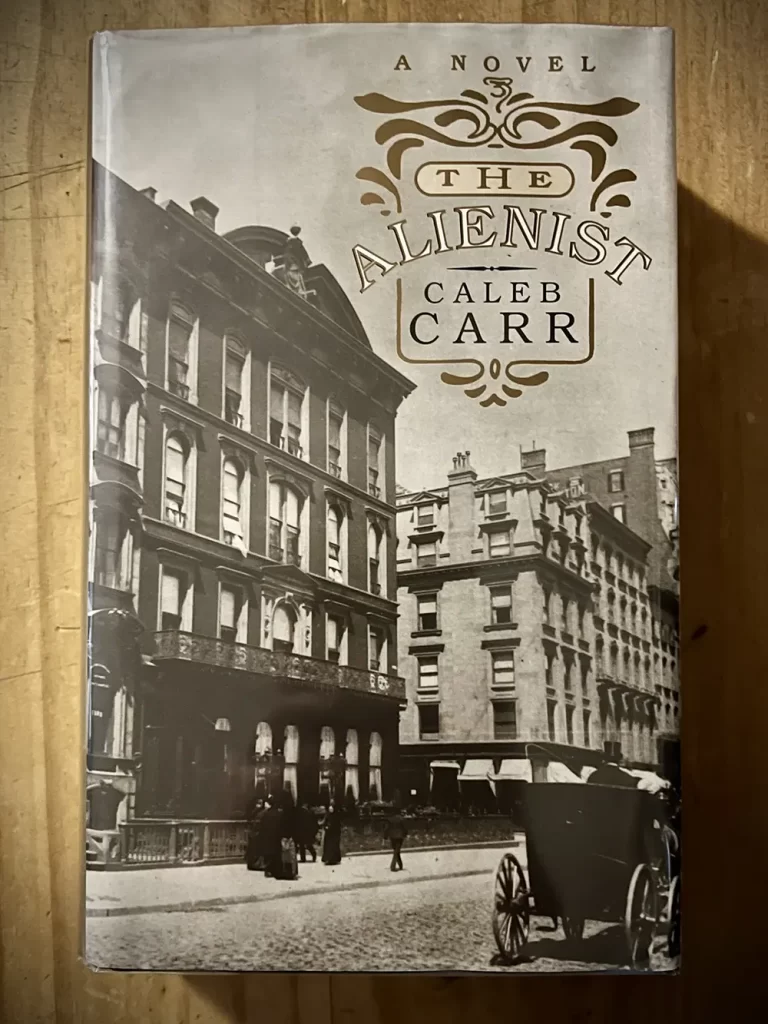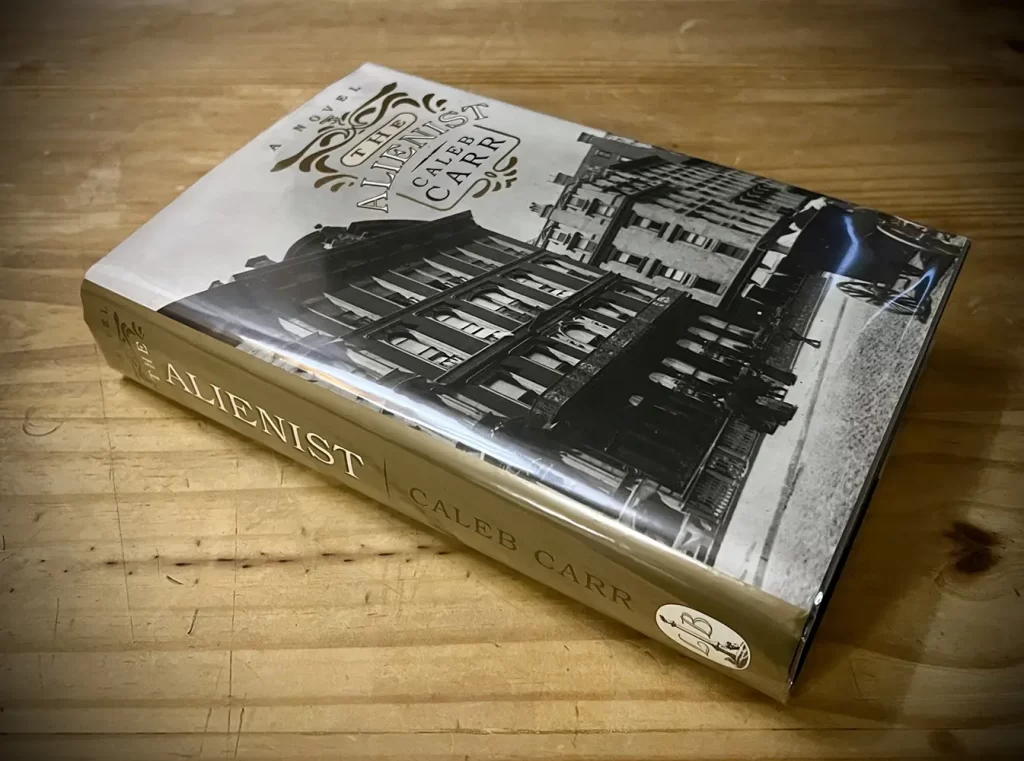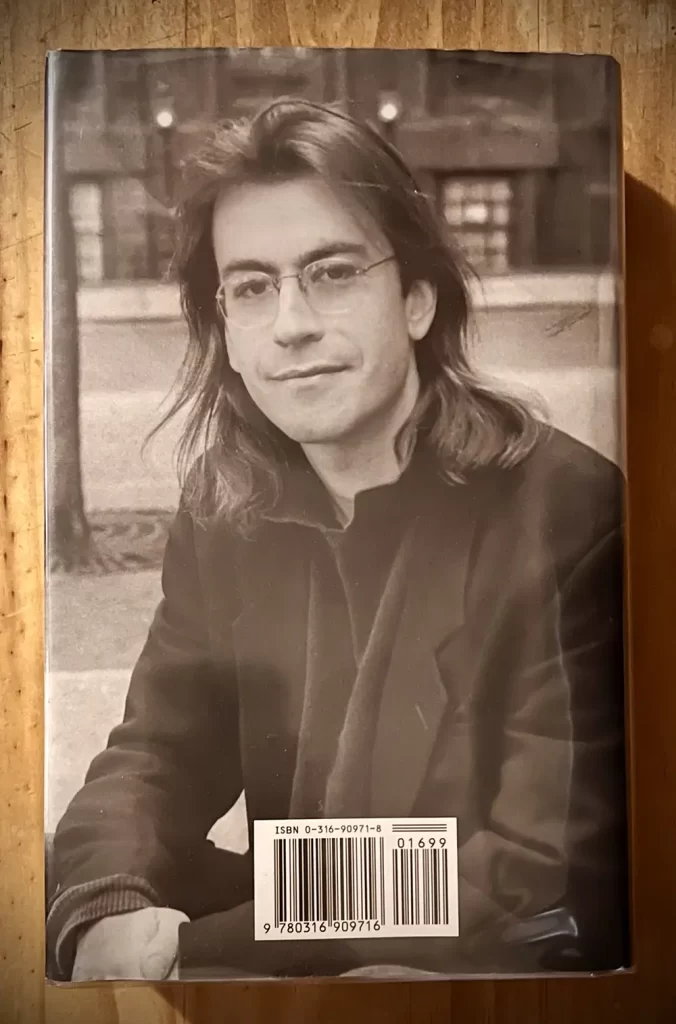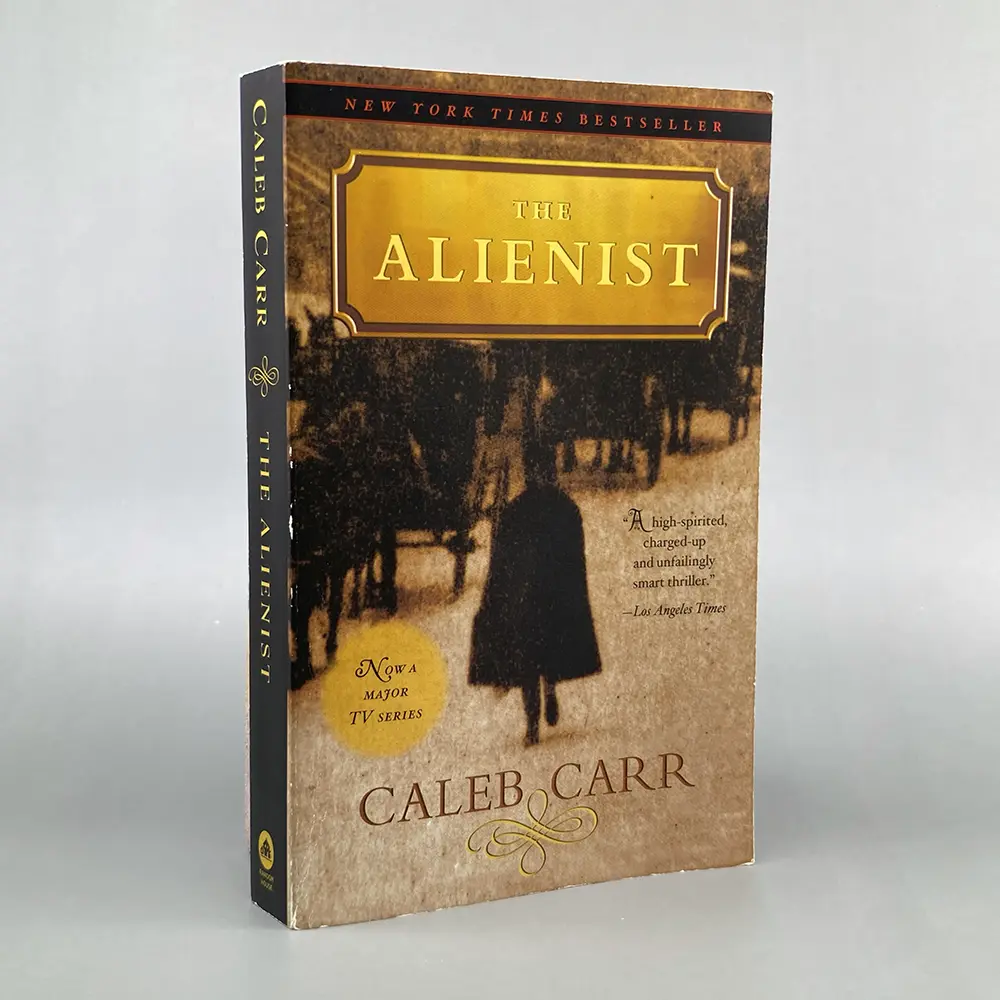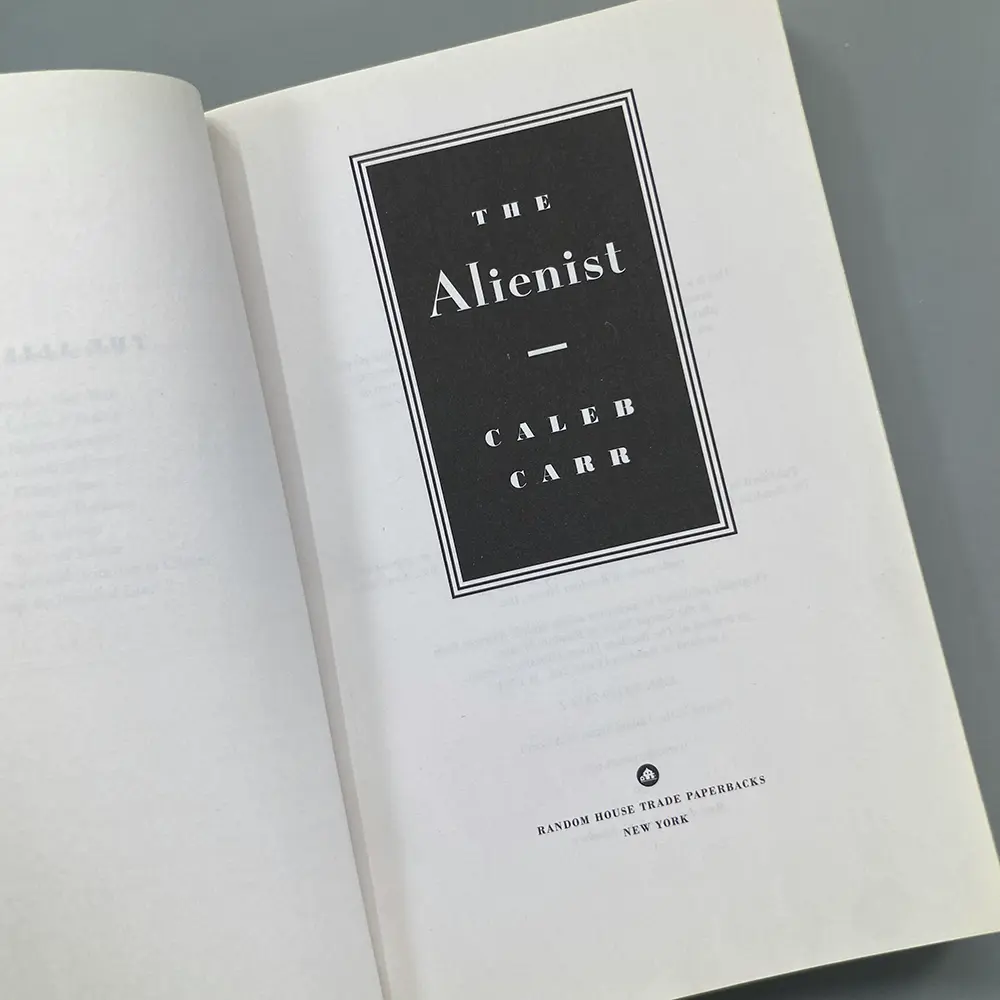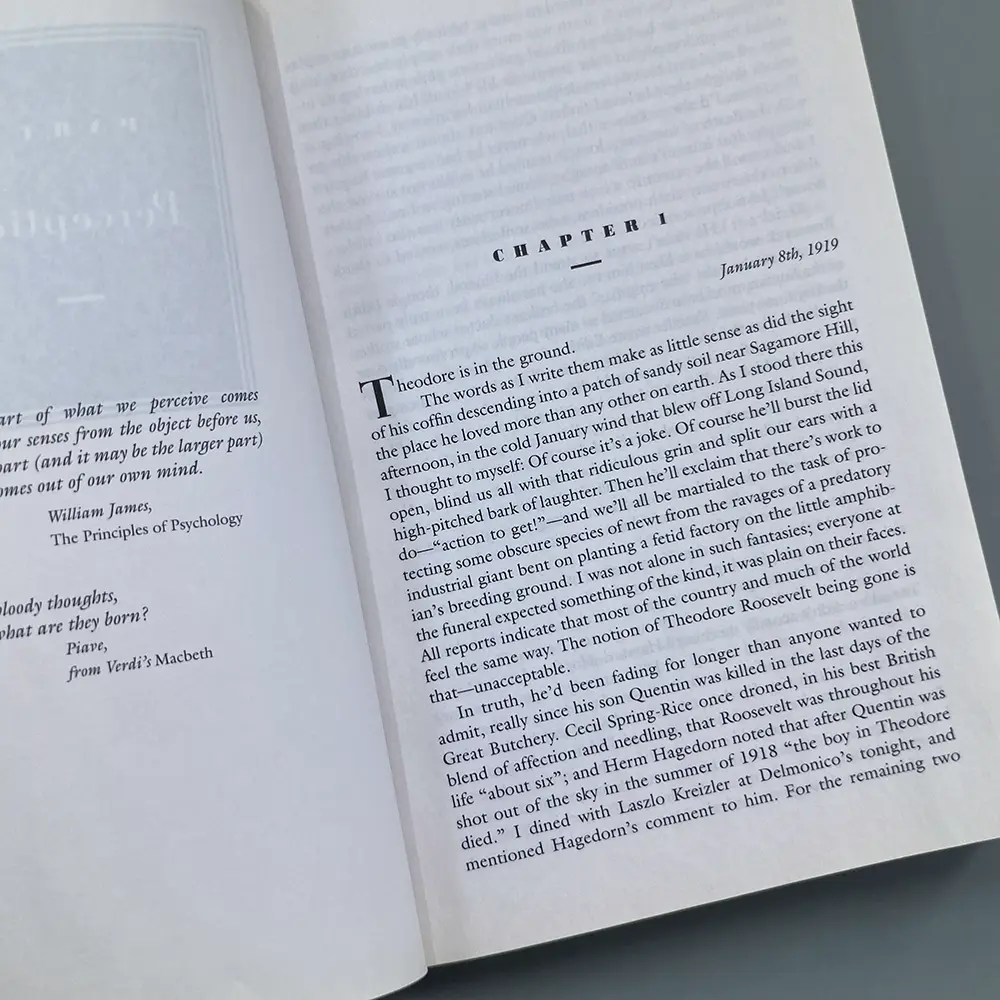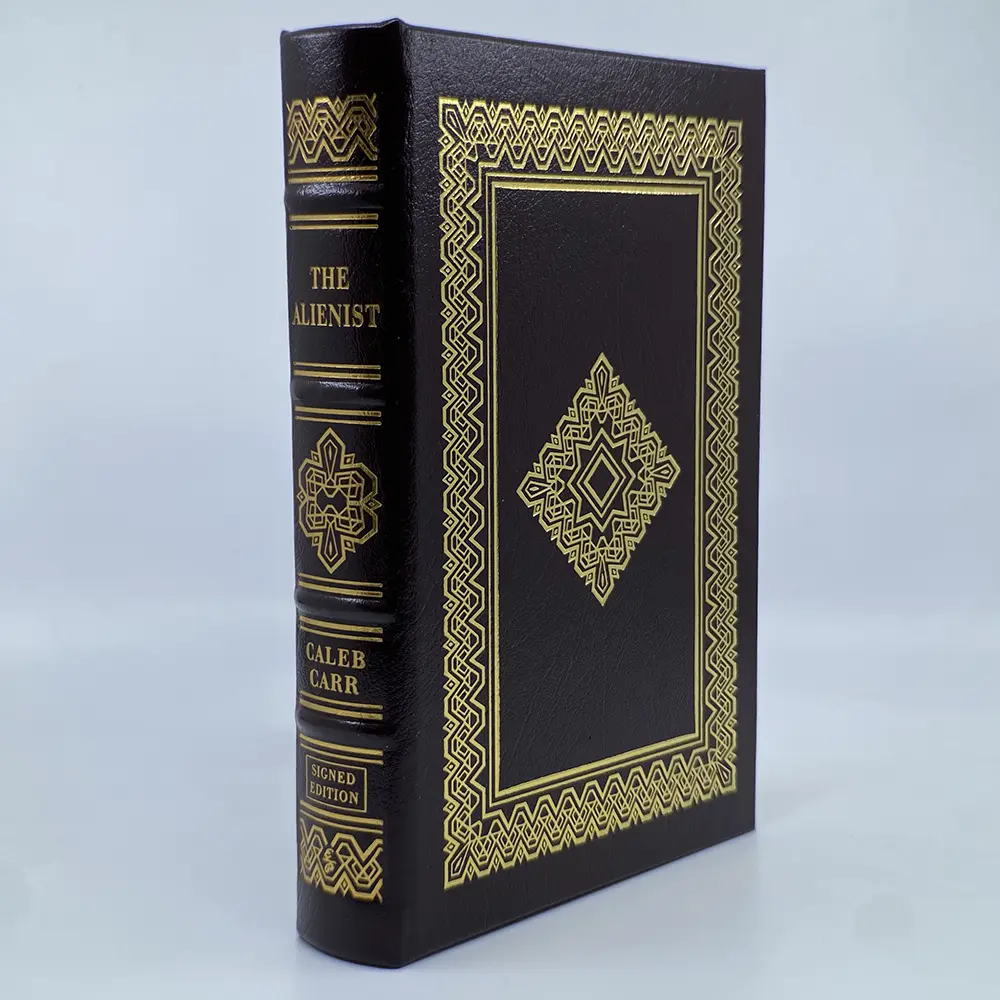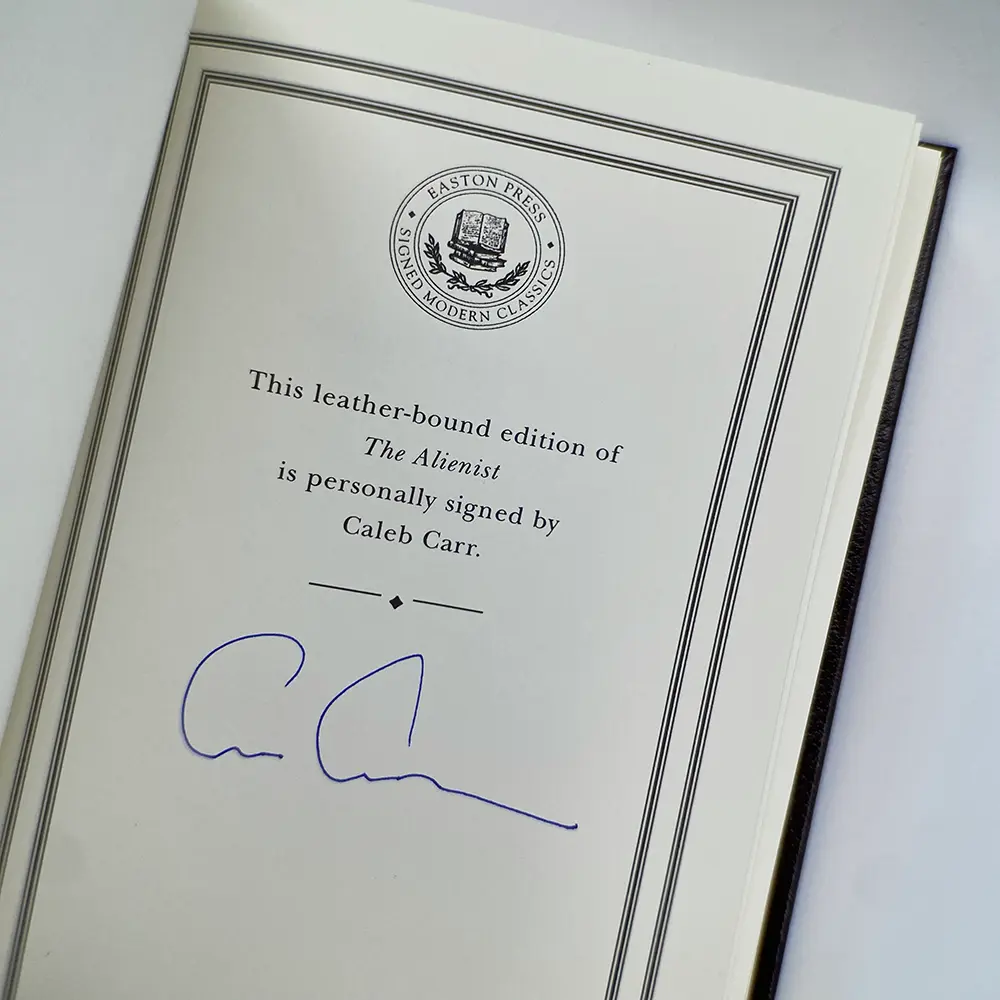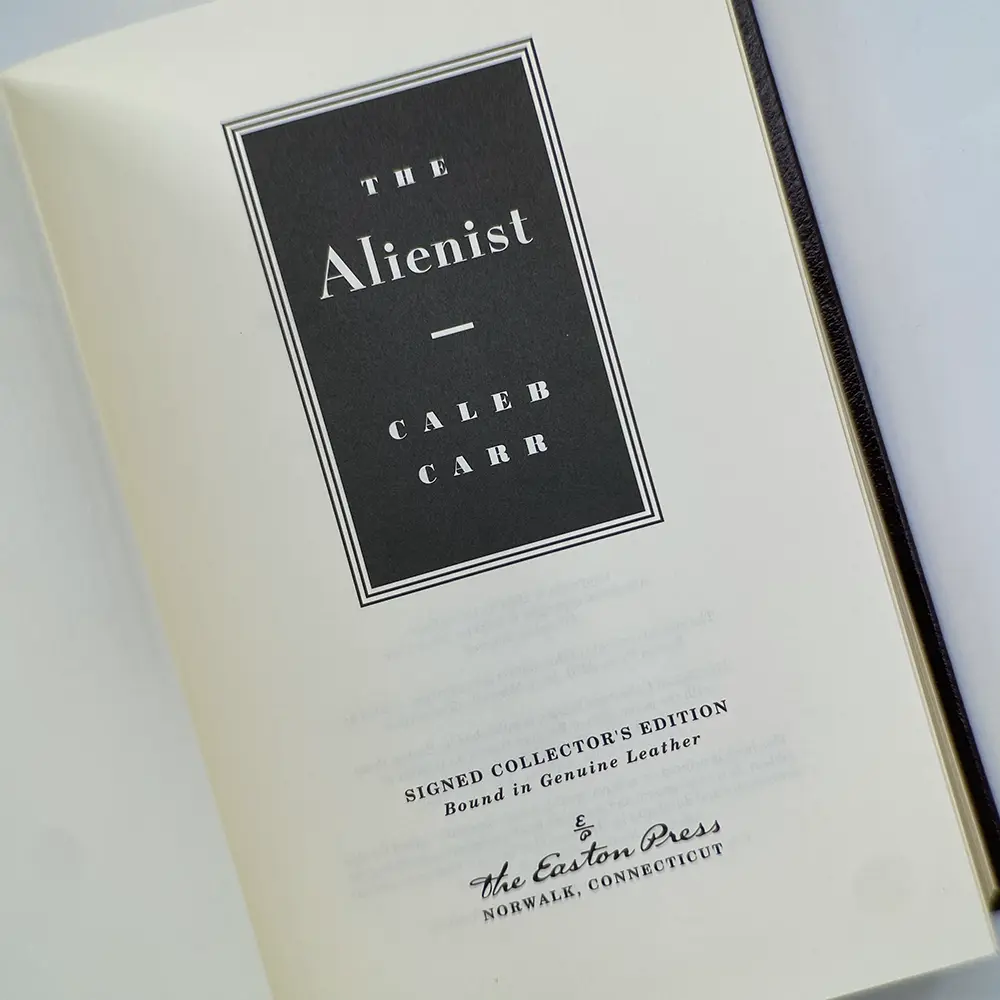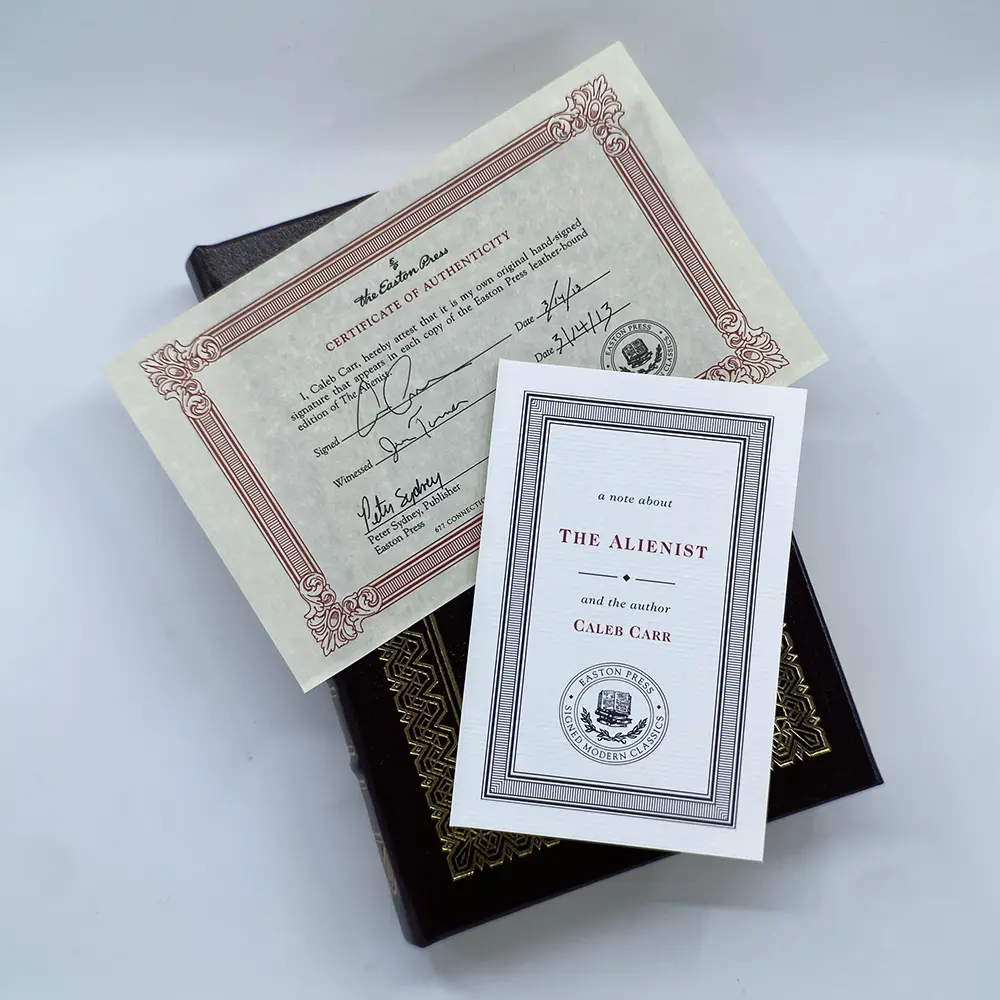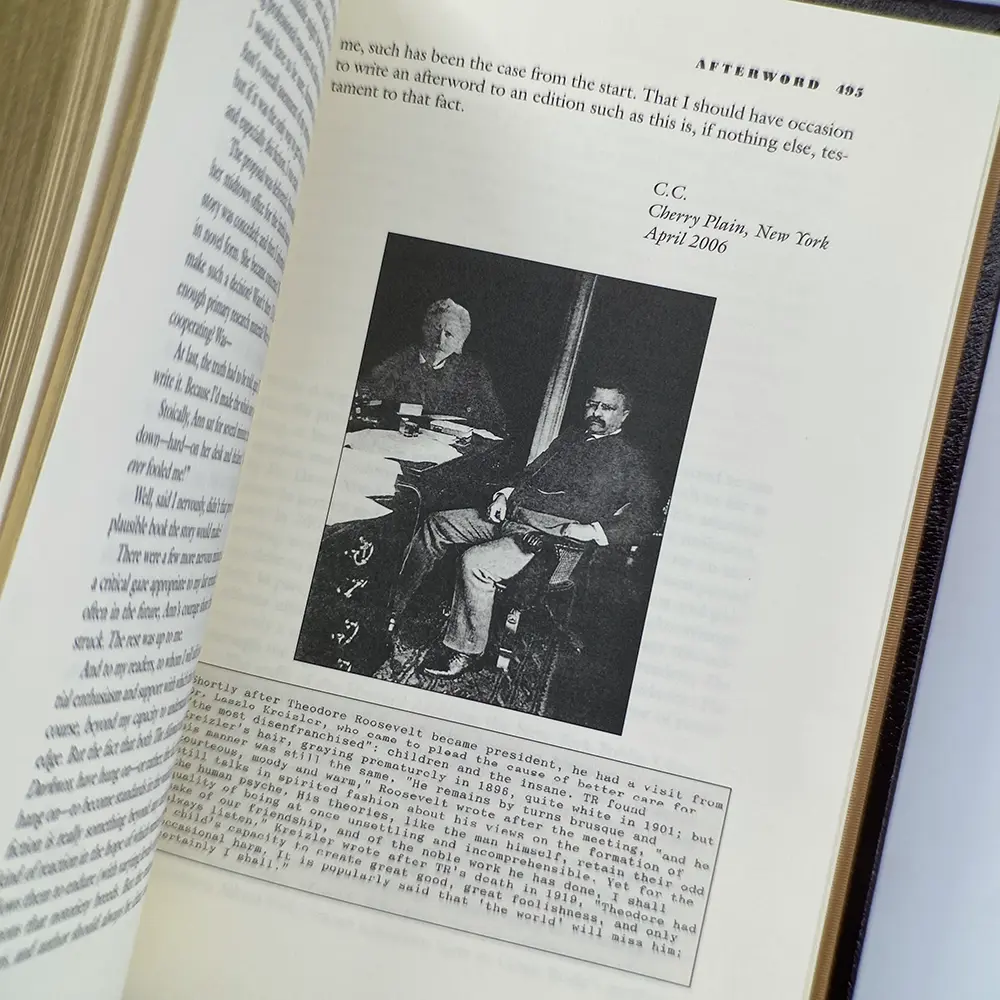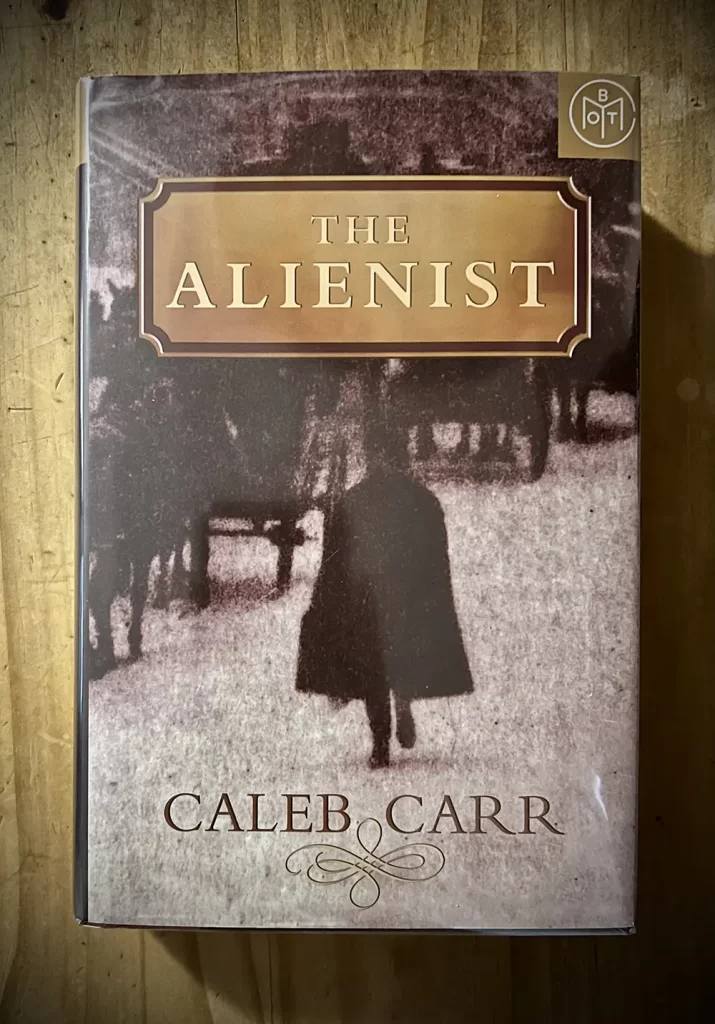With the year nearing its end, the time has come for the last post in our celebration of the 30th anniversary of The Alienist’s publication. To honor the novel and its author, we have so far discussed its origins and first/special editions (Parts One and Two), explored early attempts to adapt it to the screen (Part Three), and summarized the publication history of its sequel, The Angel of Darkness (Part Four). In order to complete our homage today, we now turn our attention to the novel’s many translations and consider its enduring legacy.
Translations
Perhaps one of the best markers of a novel’s success is how widely translated it has been, and The Alienist is no exception. Although our celebration so far has primarily focused on the novel’s reception in the United States, this is only the tip of the iceberg when it comes to its status as a bestseller. As described in Part Two, The Alienist was a worldwide phenomenon upon its release. Since that time, millions of copies have been sold, and it has been translated into over two dozen languages.
While it is beyond the scope of this blog series to provide details about each and every translation, a very small subset of covers for translated editions can be viewed below. These include editions in German, French, Italian, Spanish, Czech, and Russian.
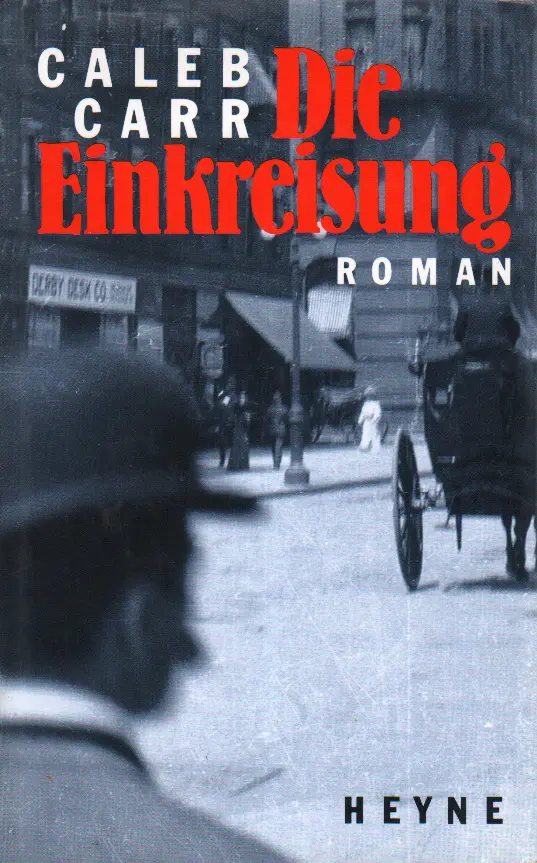

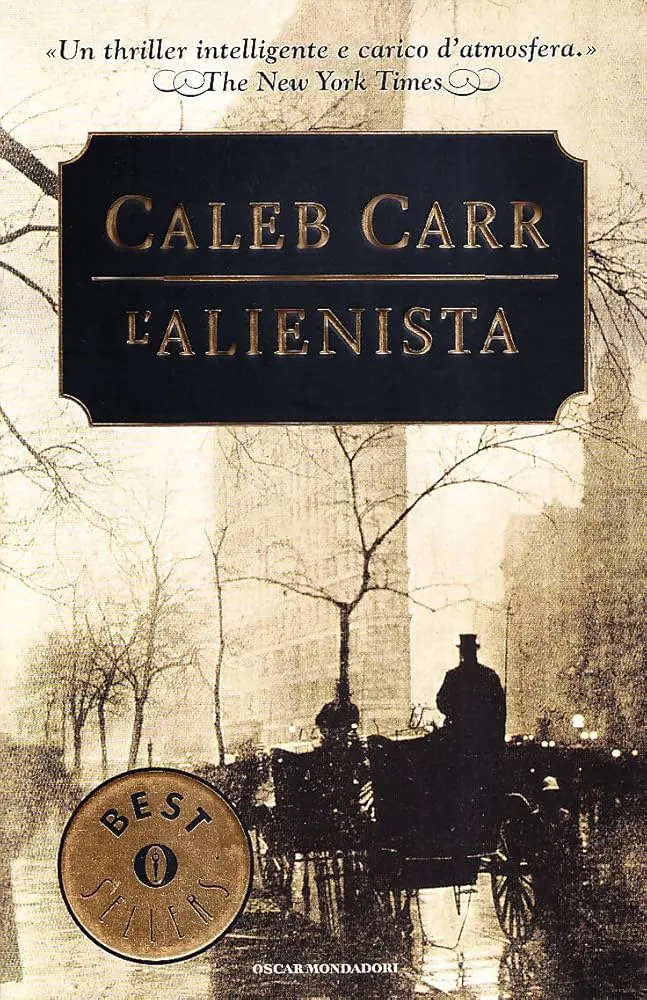
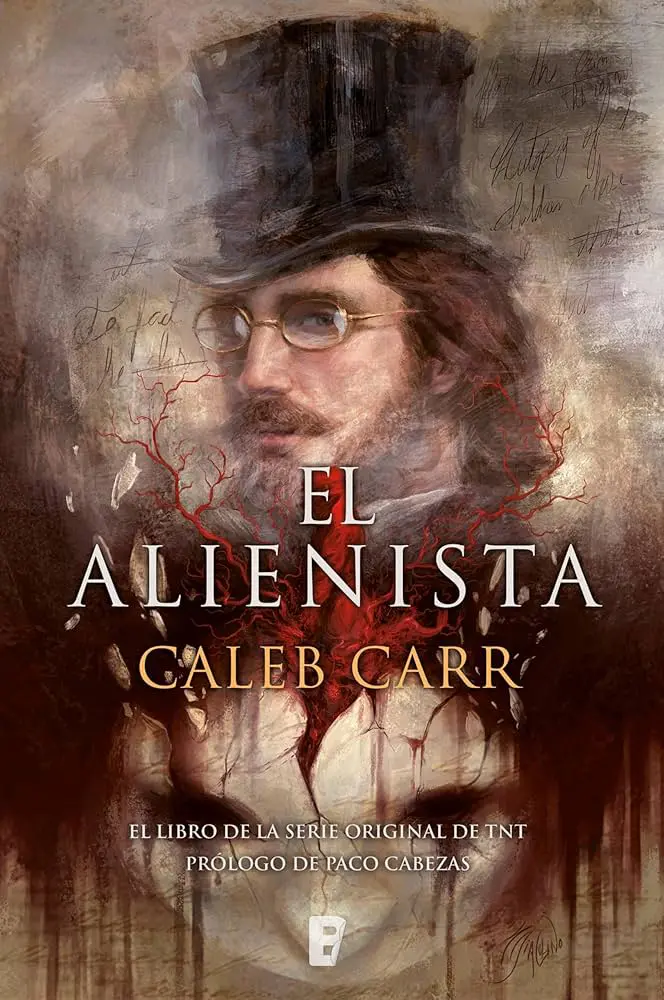
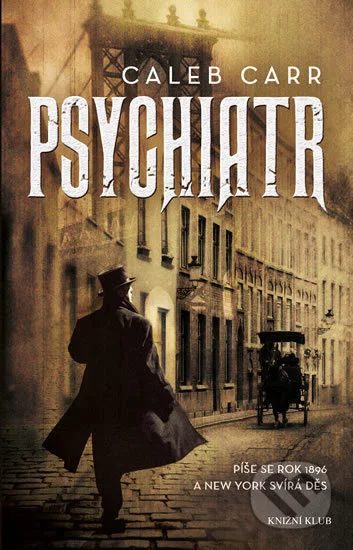
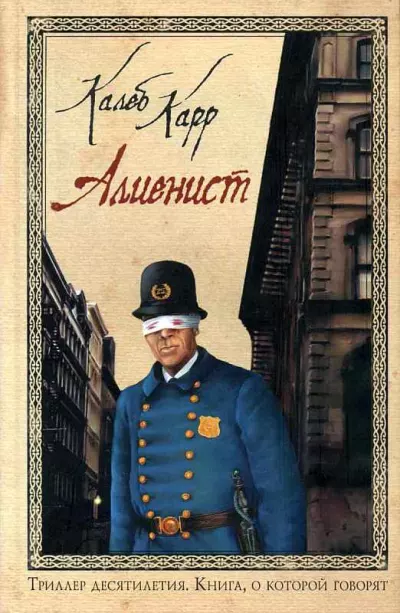
Continuation of the series
Over the past 20 years, perhaps the most frequently asked question I’ve received as the owner of 17th Street relates to whether the series will ever be continued. Although the idea of a third novel was floated on and off in interviews with Caleb Carr following The Angel of Darkness’ publication (see Part Four), it wasn’t until 2016 that the long-awaited announcement was made: Mulholland Books would be publishing two new Alienist novels intended to ‘bookend’ the series. More exciting still, the books would shed light on the two most enigmatic characters in the series: Miss Sara Howard and Dr. Kreizler himself.
The first novel, titled The Alienist at Armageddon, would focus on Kreizler. Set 18 years after The Angel of Darkness and drawing on Caleb’s expertise as a military historian, the Vice President of Mulholland Books explained that the novel would be “set against a stage of rising nationalist violence and the early spy state,” and was “centered on nativist violence and terrorism during America’s involvement in World War I.” The blurb, which can still be found on the defunct Amazon page (it was never published), describes the story in the following way:
The Alienist at Armageddon begins in the winter of 1915, soon after the start of the First World War. Reuniting the original’s beloved characters, the story is told from the perspective of Dr. Laszlo Kreizler–the famous psychologist, or “alienist,” and his friend and comrade, John Moore, crime reporter for the New York Times. A massive explosive detonates mere feet from Kreizler’s home, marking the fourth in New York City in as many months.
With his friends at his heels, Kreizler takes up his own case, and the cases of the other explosions. Amid the turmoil in New York City, they receive a news report: the RMS Luisitania, a British passenger ship bound for Liverpool from New York with Americans on board, has sunk mysteriously just eleven miles off the Irish coast. With international tensions high at the onset of the Great War, and many in Europe clamoring for American intervention, Kreizler’s case threatens to embroil not only his own life, but the lives of his countrymen, in the greatest and most deadly conflict modern civilization had ever seen.
Not as much is known about the second novel, which was set to act as a prequel. This work, titled The Strange Case of Miss Sara X, was described in the announcement as a story in which “a youthful Kreizler, after finishing his psychology training at Harvard, falls under the spell of William James, has his first run-in with Roosevelt, and delves into the secret life of Sara Howard, heroine of the first books.” Presumably, it was intended to finally reveal the mystery at the heart of Sara’s story: what really happened to her father.
Unfortunately, five years after the series continuation was announced, Caleb revealed to 17th Street that the first novel had suffered a significant delay due to a necessary change in its concept and plot. More importantly, he was waging a formidable health battle that had further slowed its progress. The wider circumstances around this extremely difficult period can be learned in My Beloved Monster, the memoir Caleb ultimately devoted his final years to completing — a beautiful tribute that memorialized the loving relationship he shared with his feline companion, Masha.
Surrender, New York
Even though fans of The Alienist did not, in the end, get the direct series continuation they may have been hoping for, the books were not left completely unresolved. In 2016, Caleb published what would turn out to be his last work of fiction, Surrender, New York, in which a modern criminal psychologist was drawn into a puzzling case involving the deaths of local children abandoned by their parents. Despite being set in the present day, the novel shared several key thematic elements with the original series and directly referenced the trailblazing theories of Dr. Kreizler.
“The idea that came to me was what if you had a man who used some modern tools, but applied Kreizler’s principles to a modern case?” Caleb said in an interview with Literary Hub in 2016. Beyond the references to Kreizler’s theories woven throughout the story, the novel required the same rigorous research as the original works. “I was going through these New York State documents, and I kept finding references to ‘throwaway children,'” he explained. “It turns out it is a widespread problem. That is the pitfall of research. It takes you places you didn’t plan to go. It stopped being a simple book.”
In addition to the victims in the novel being youths from vulnerable sections of society (like those in the Alienist books), Surrender also explored themes that ran through the earlier works such as corruption, what happens when investigators get too emotionally involved in a case, and the contrast between crime in rural and urban regions of New York. Even the book jacket design shared similarities with the hardcover editions of the original series, from its color palette to the title design elements.
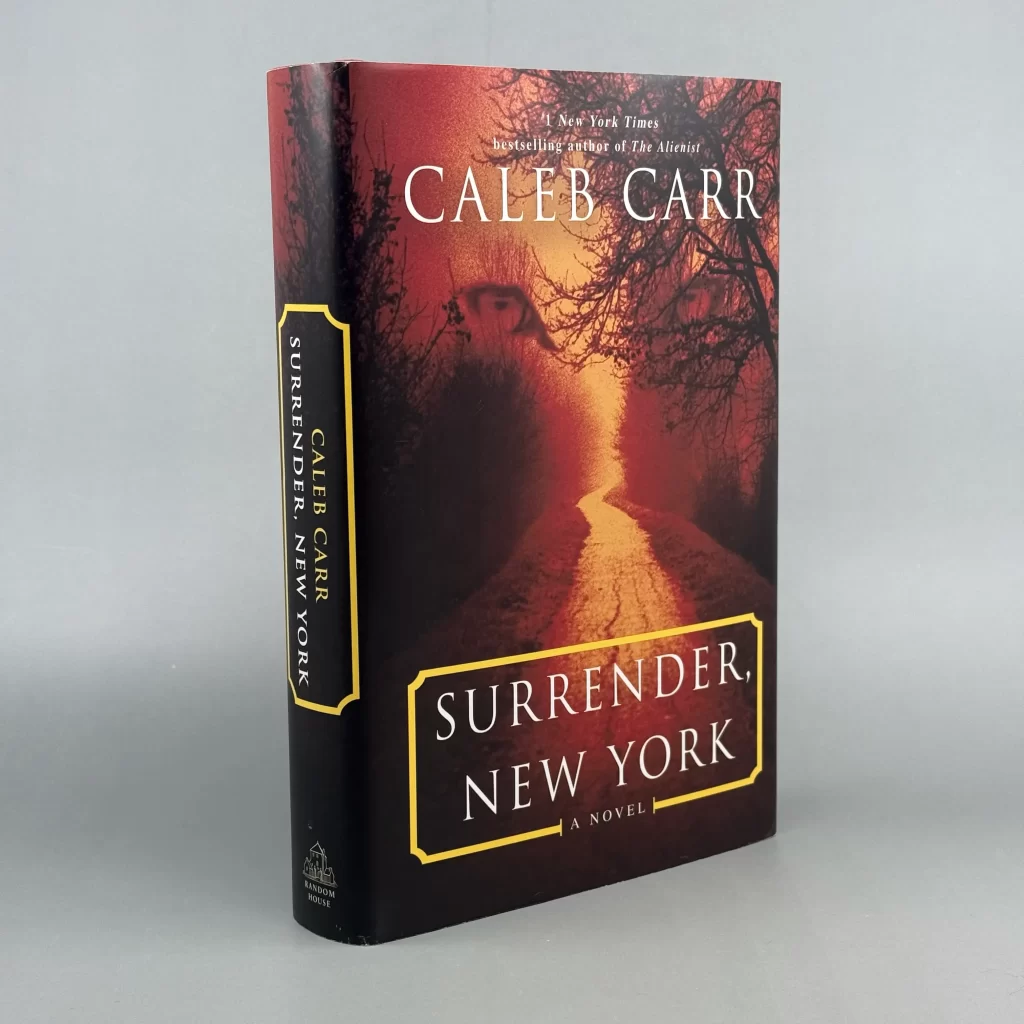
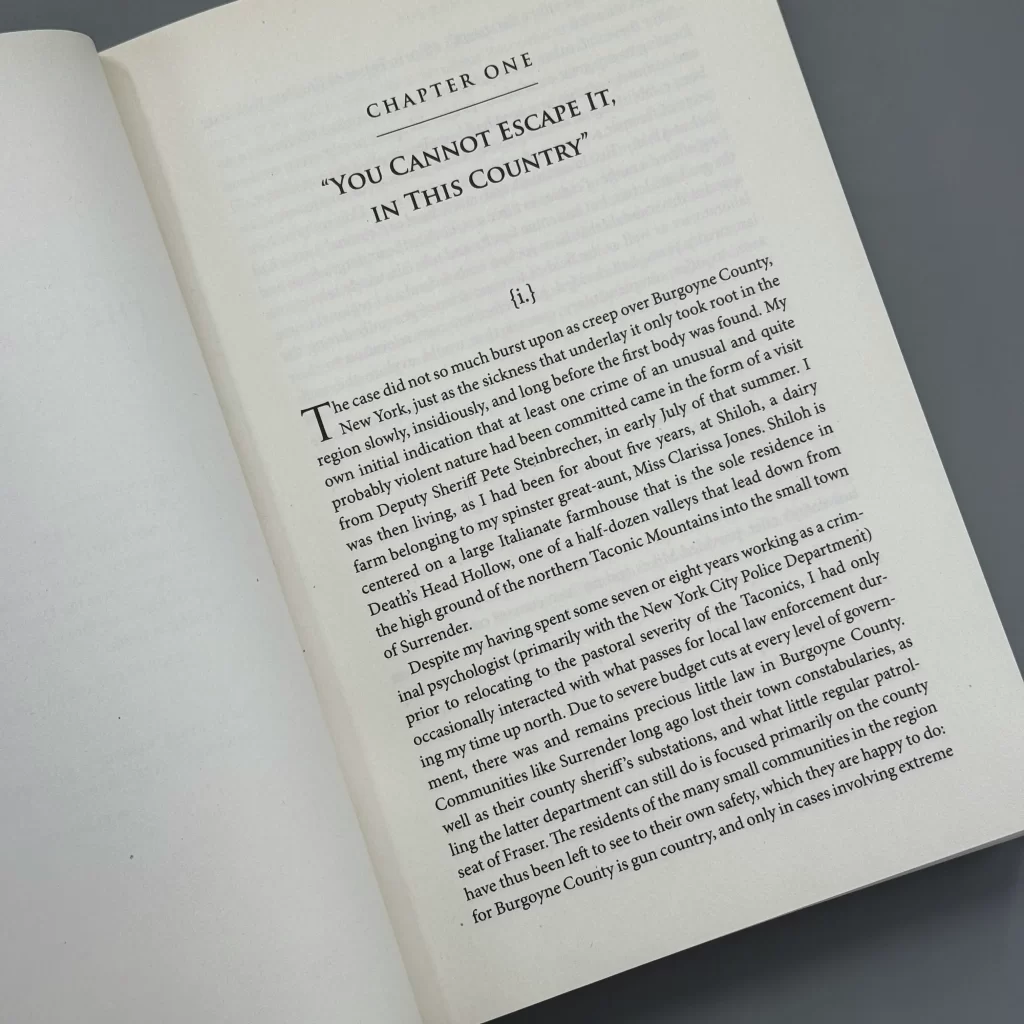
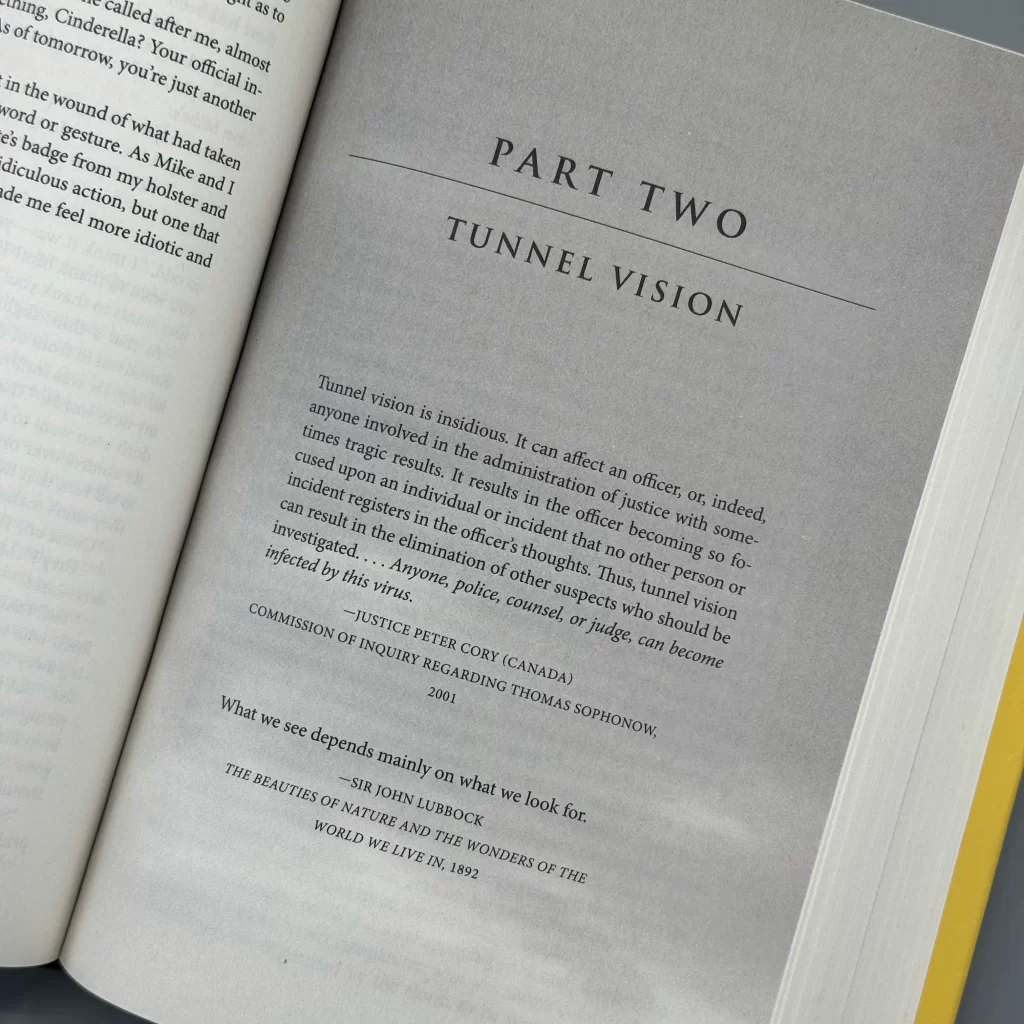
While I wouldn’t recommend that readers approach Surrender, New York expecting the same atmosphere as the original novels given its contemporary setting, fans can still enjoy digging into a world in which Dr. Kreizler’s legacy has been kept alive for more than 100 years by an equally interesting and complex team of investigators. In more ways than one, Surrender, New York can be thought of as a fitting capstone for a series that made a mark on the historical thriller genre that even its author never anticipated.
I hope you have enjoyed this exploration of The Alienist’s publication history. Even though this post concludes the 30th anniversary celebration, the journey doesn’t end here!
17th Street will be continuing to add and update content over the coming years, exploring different aspects of Caleb Carr’s work (not just the Alienist books) to keep his legacy alive. If you would like to receive periodic updates, I encourage you to sign up for the newsletter. You are also welcome to get in contact to suggest topics for discussion or examination here on the blog.
